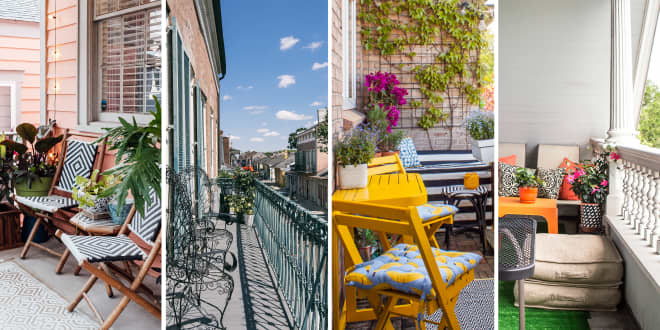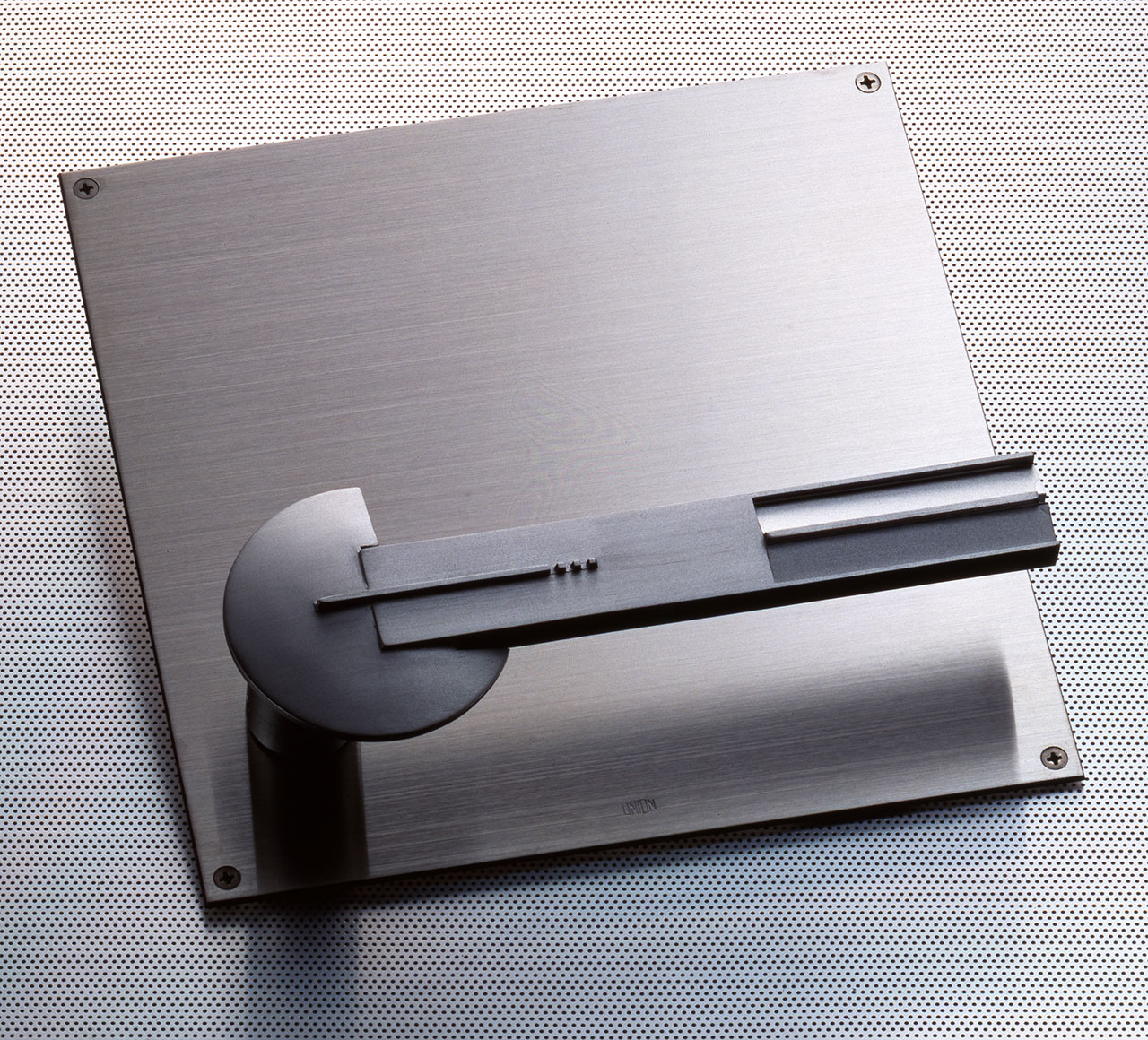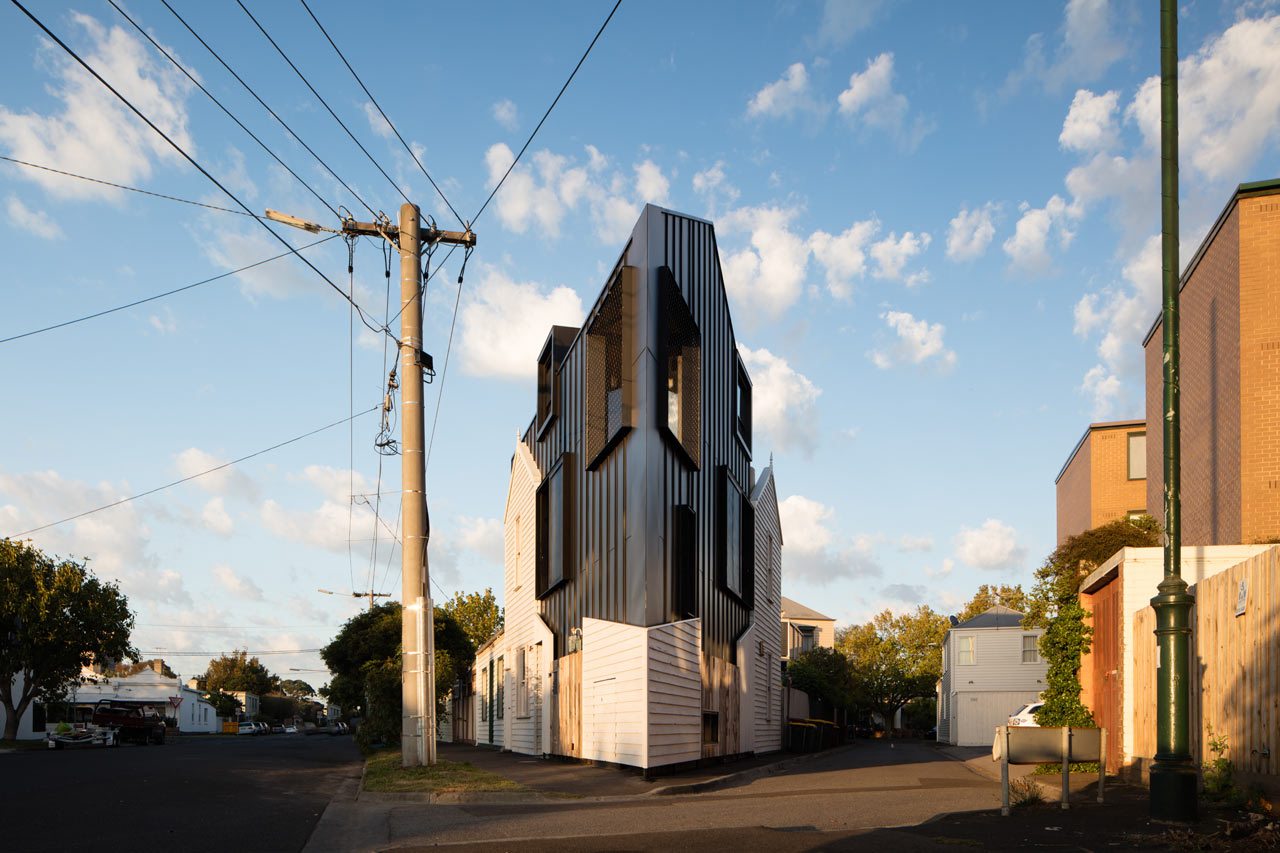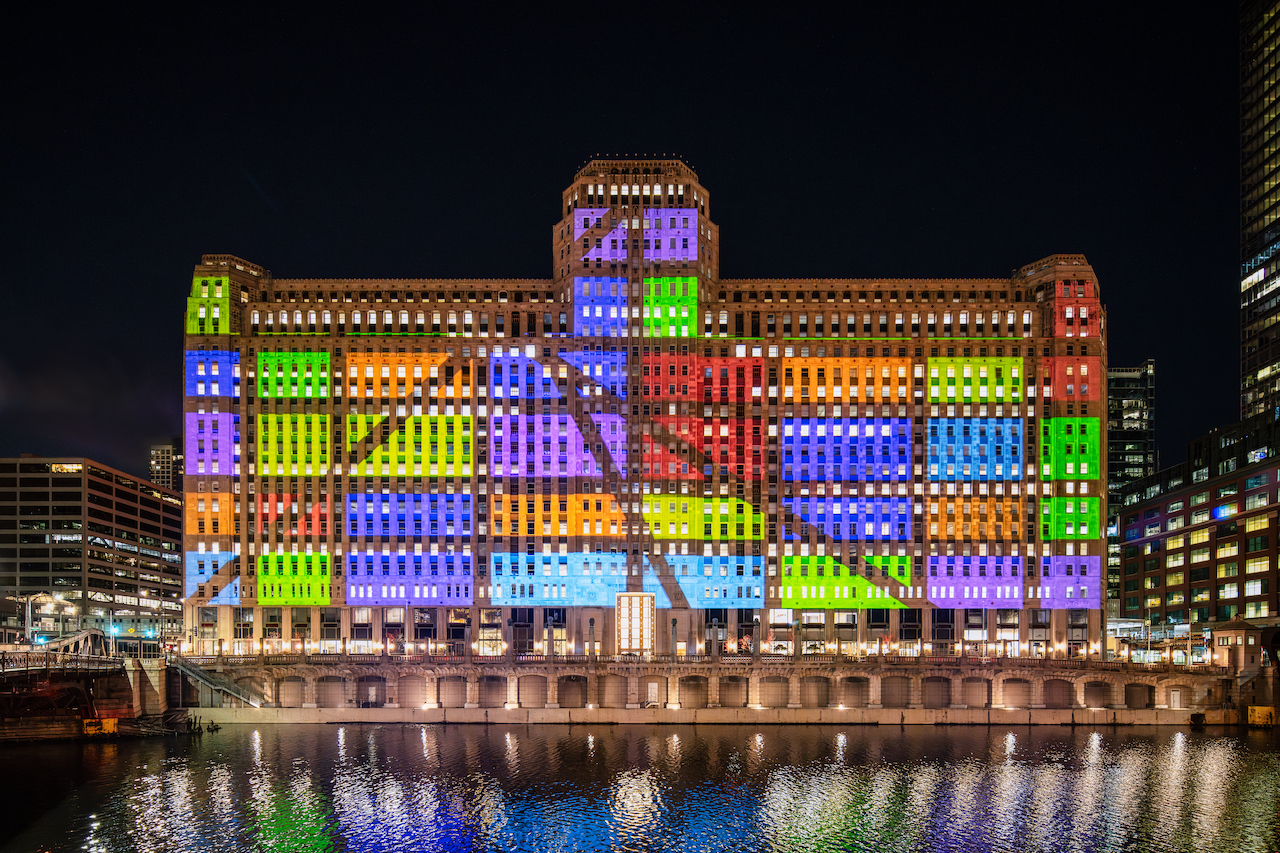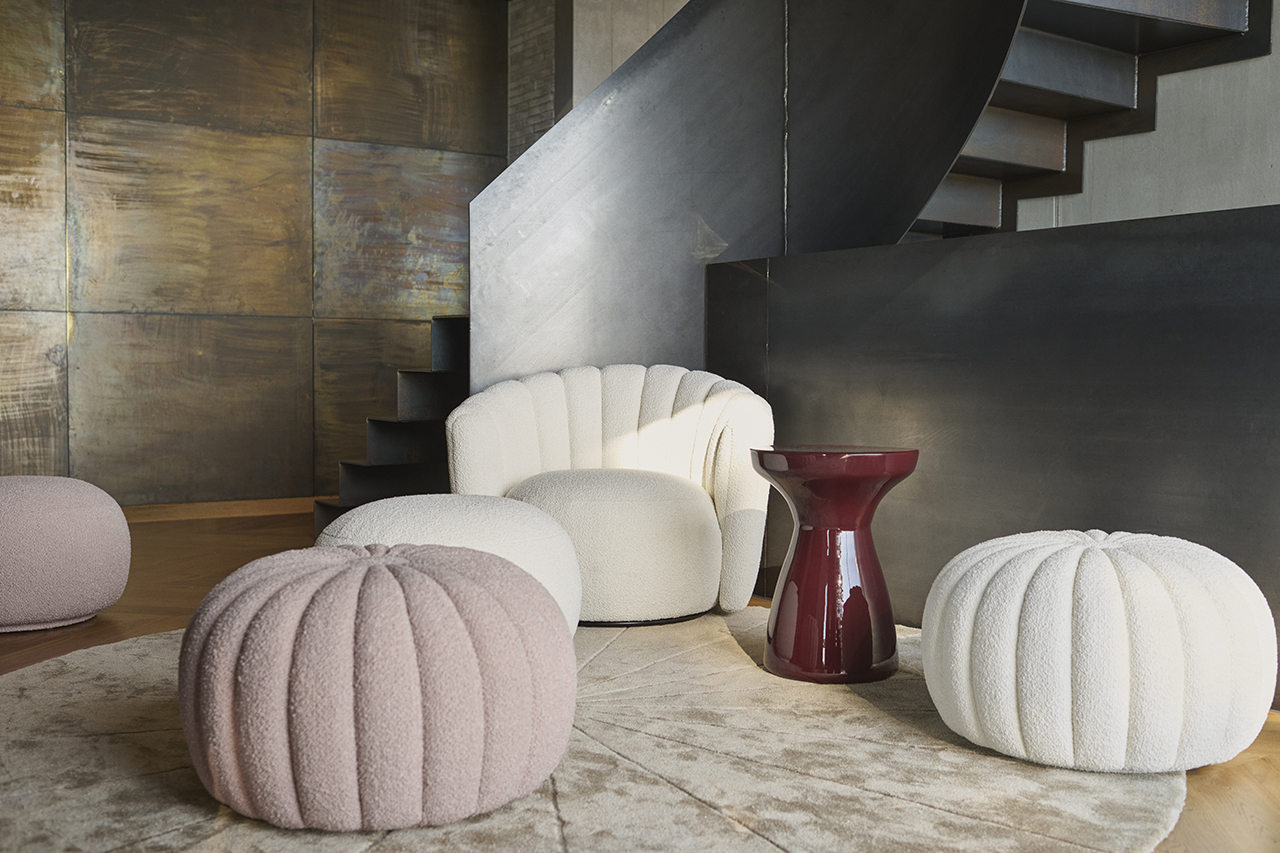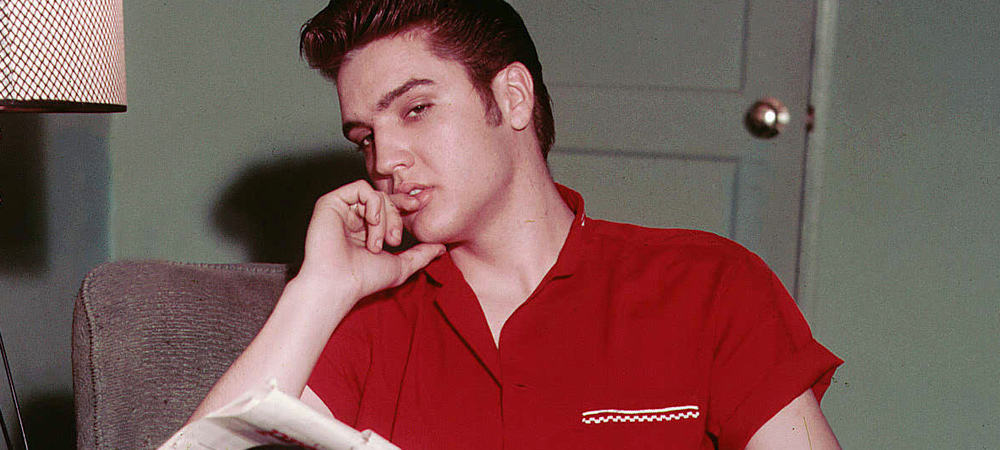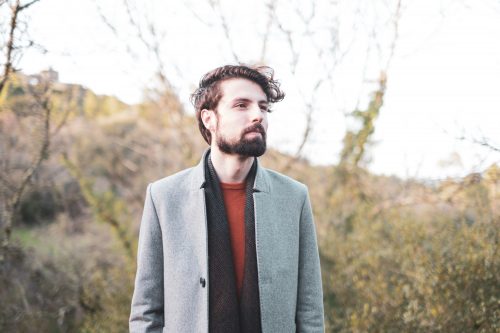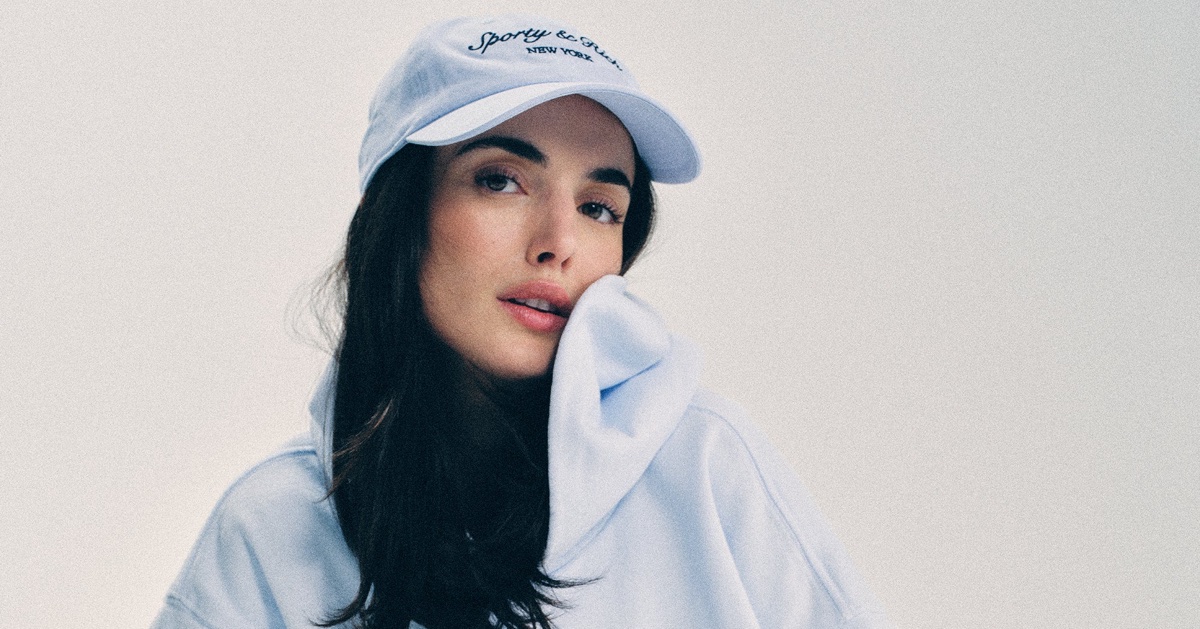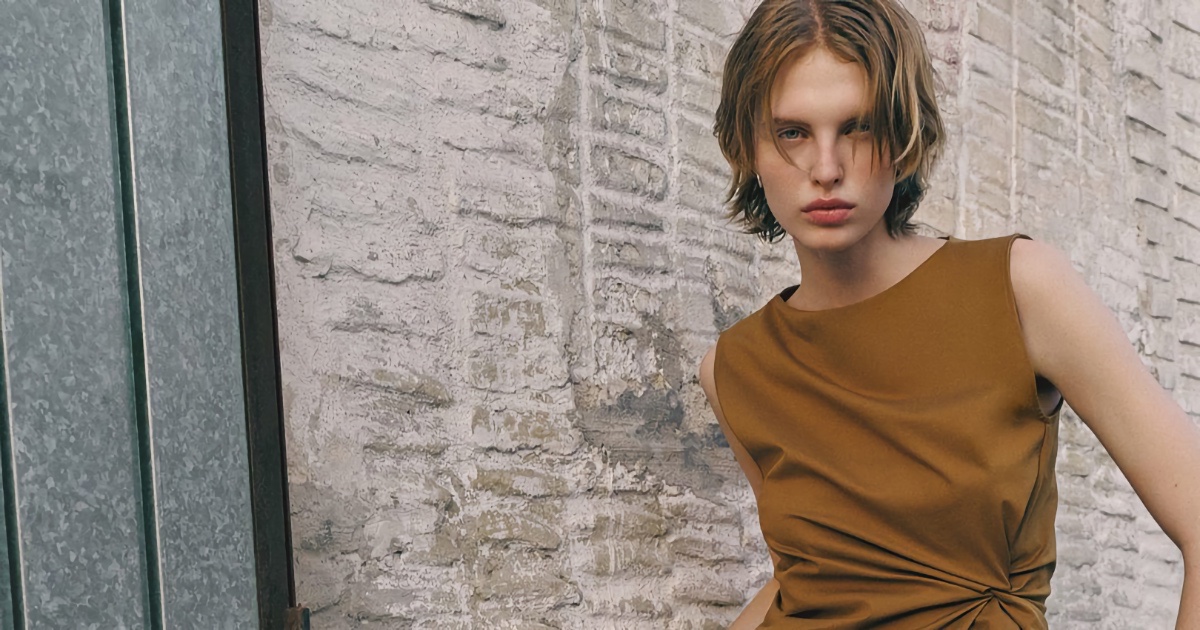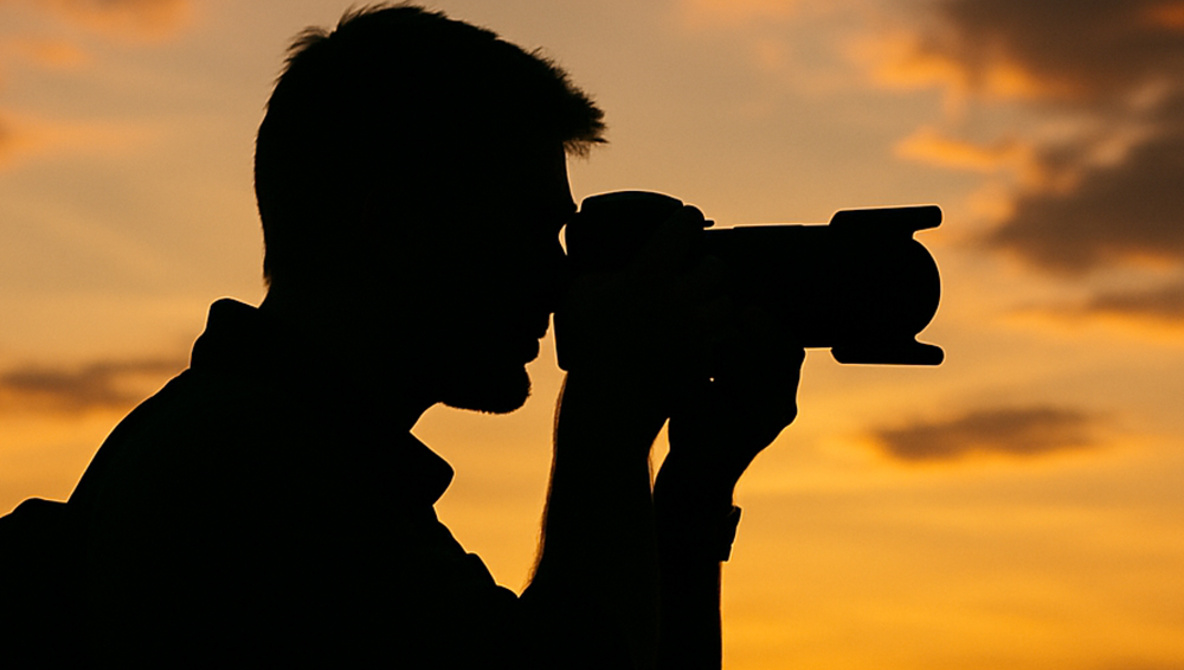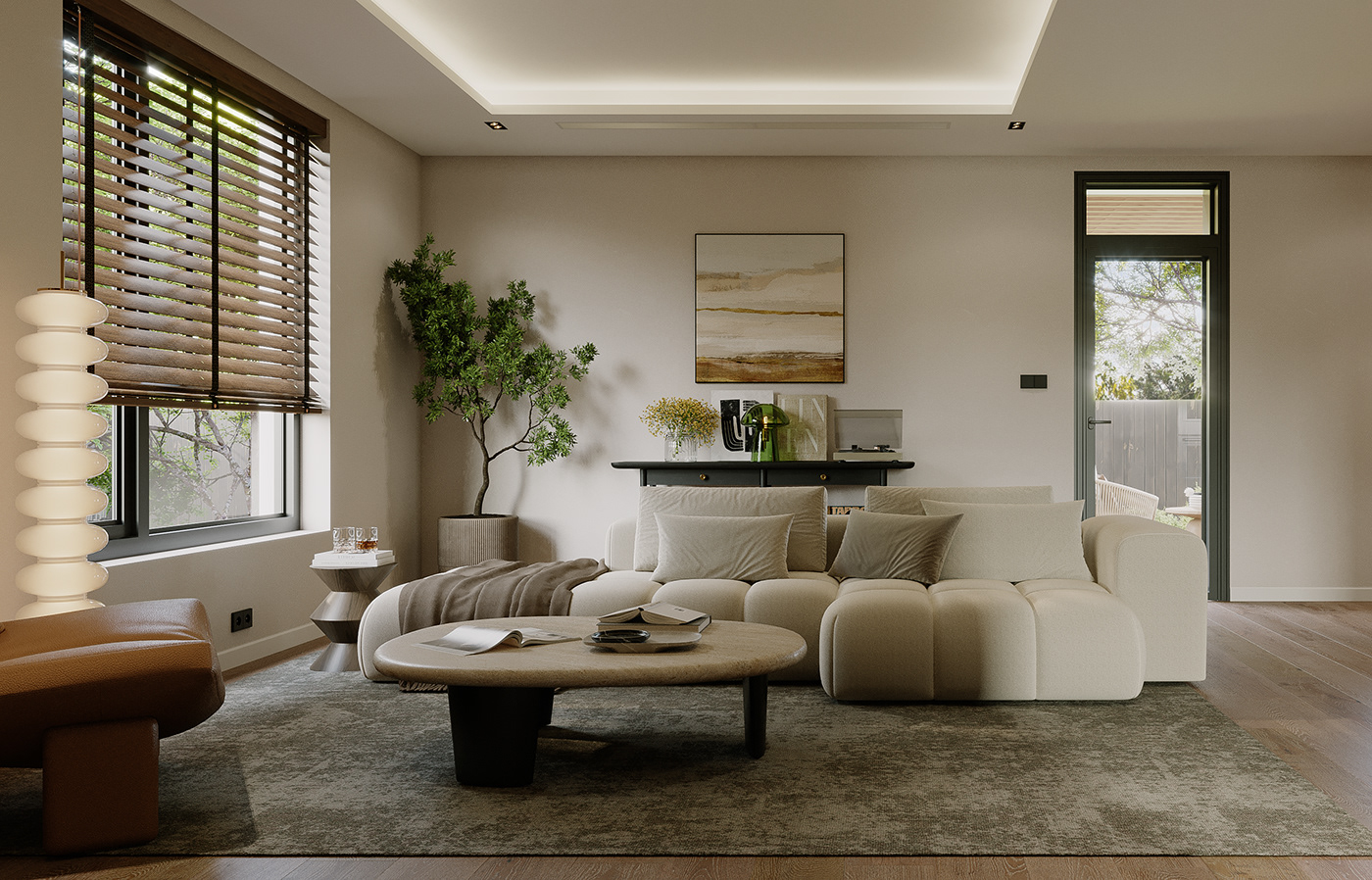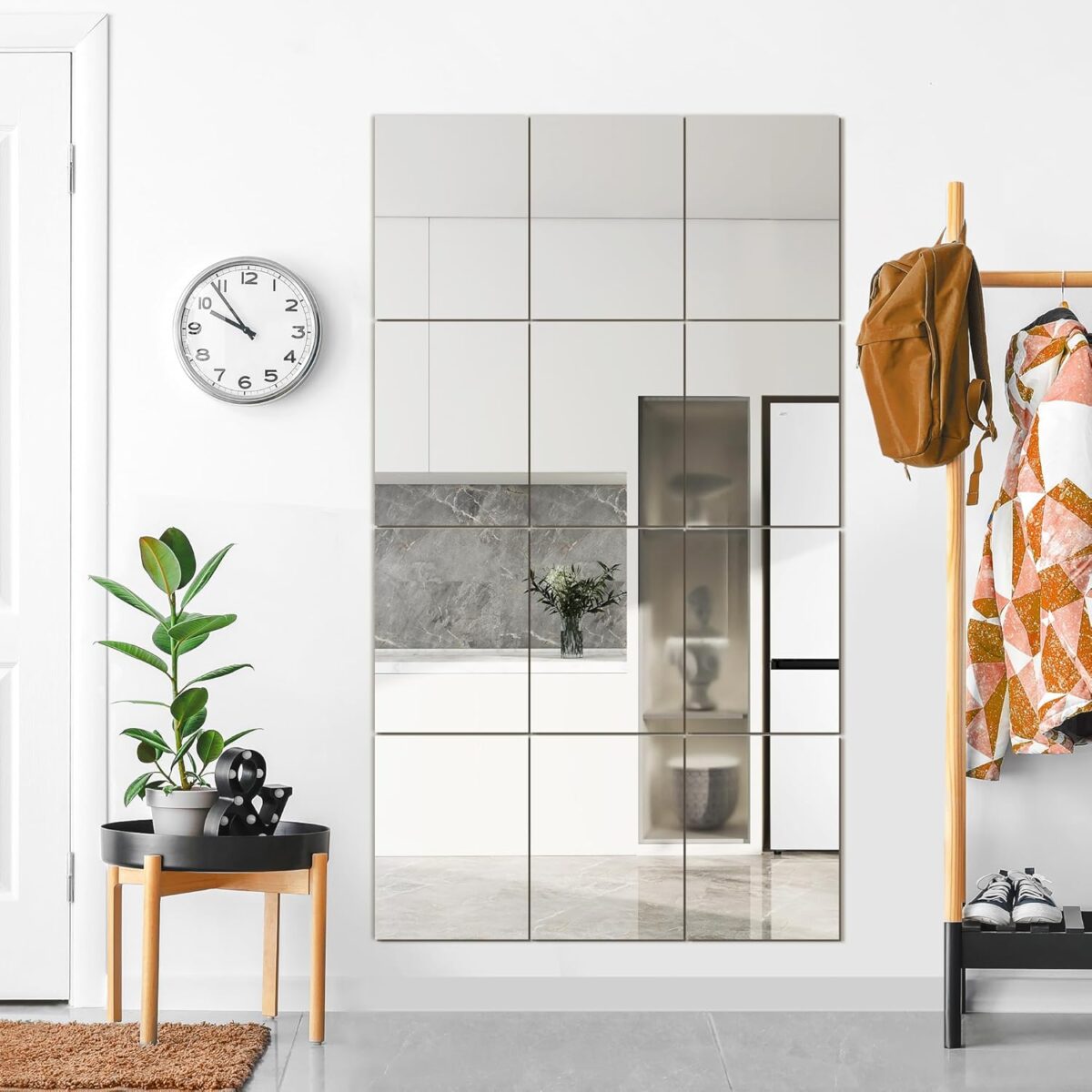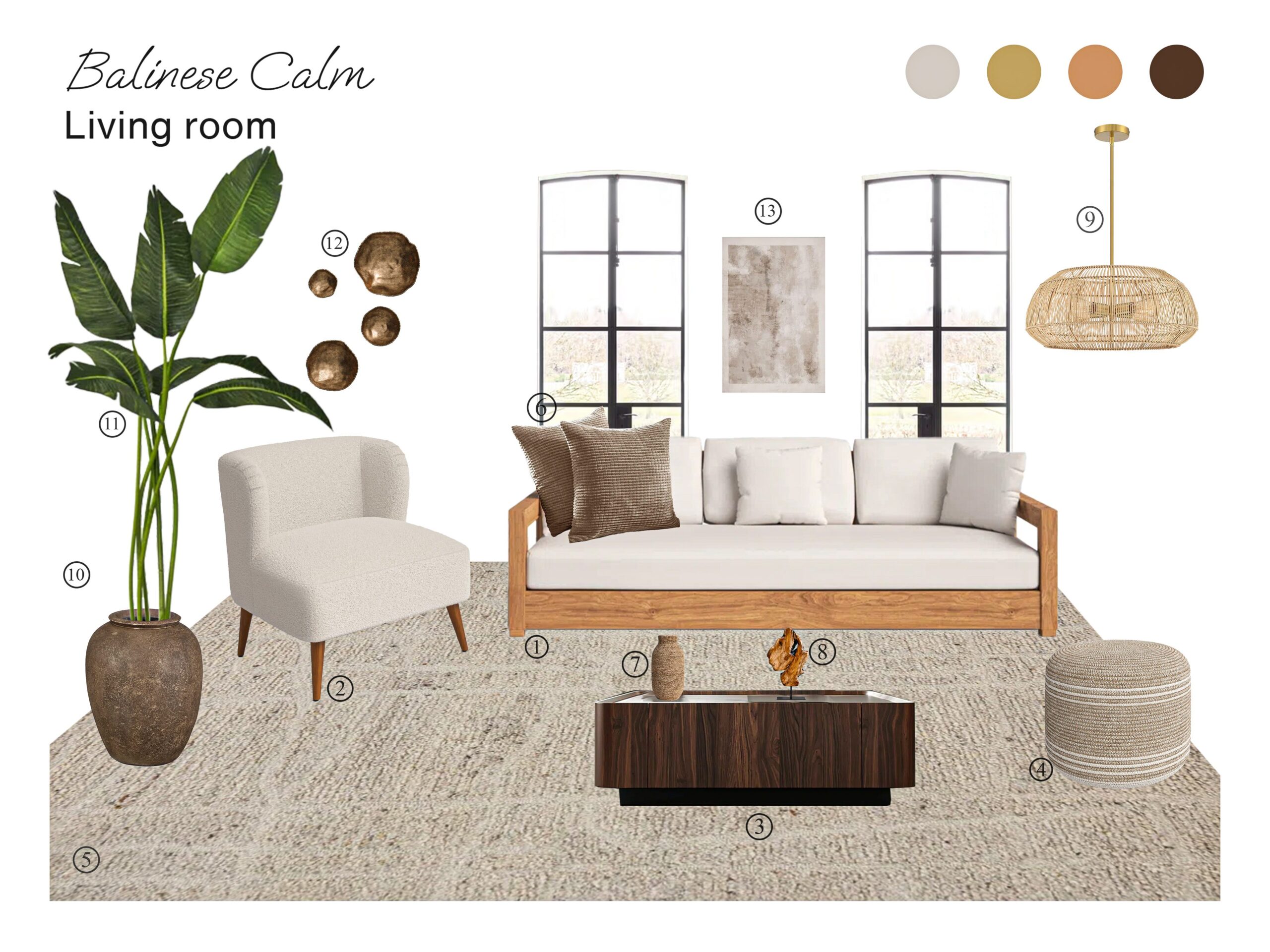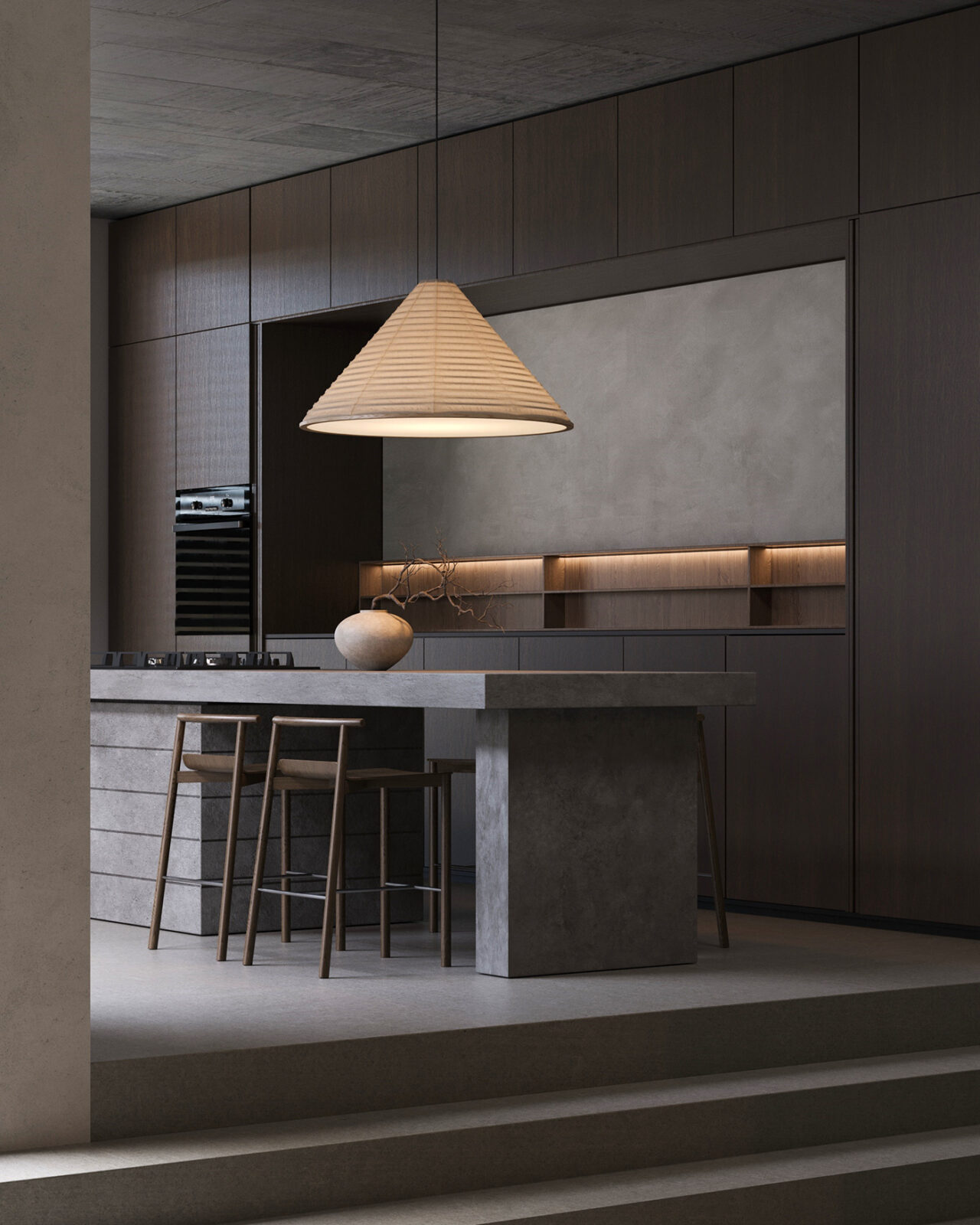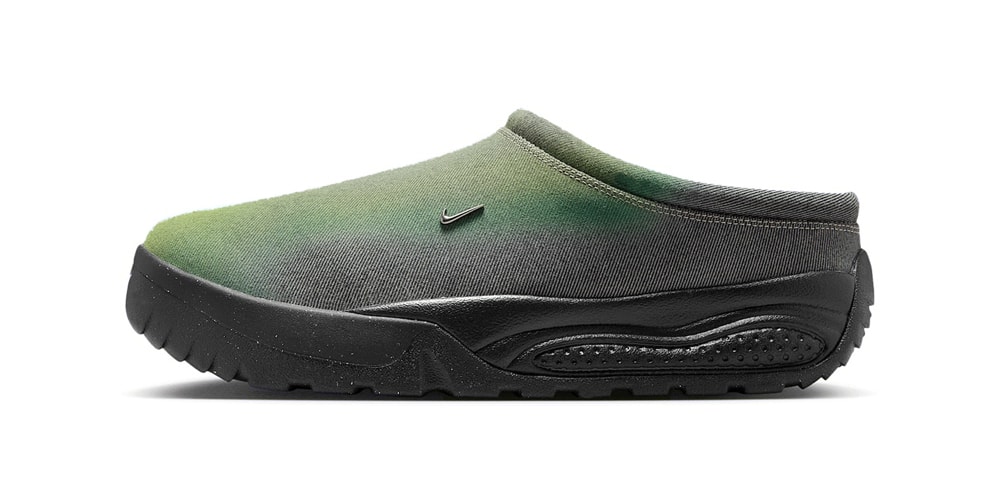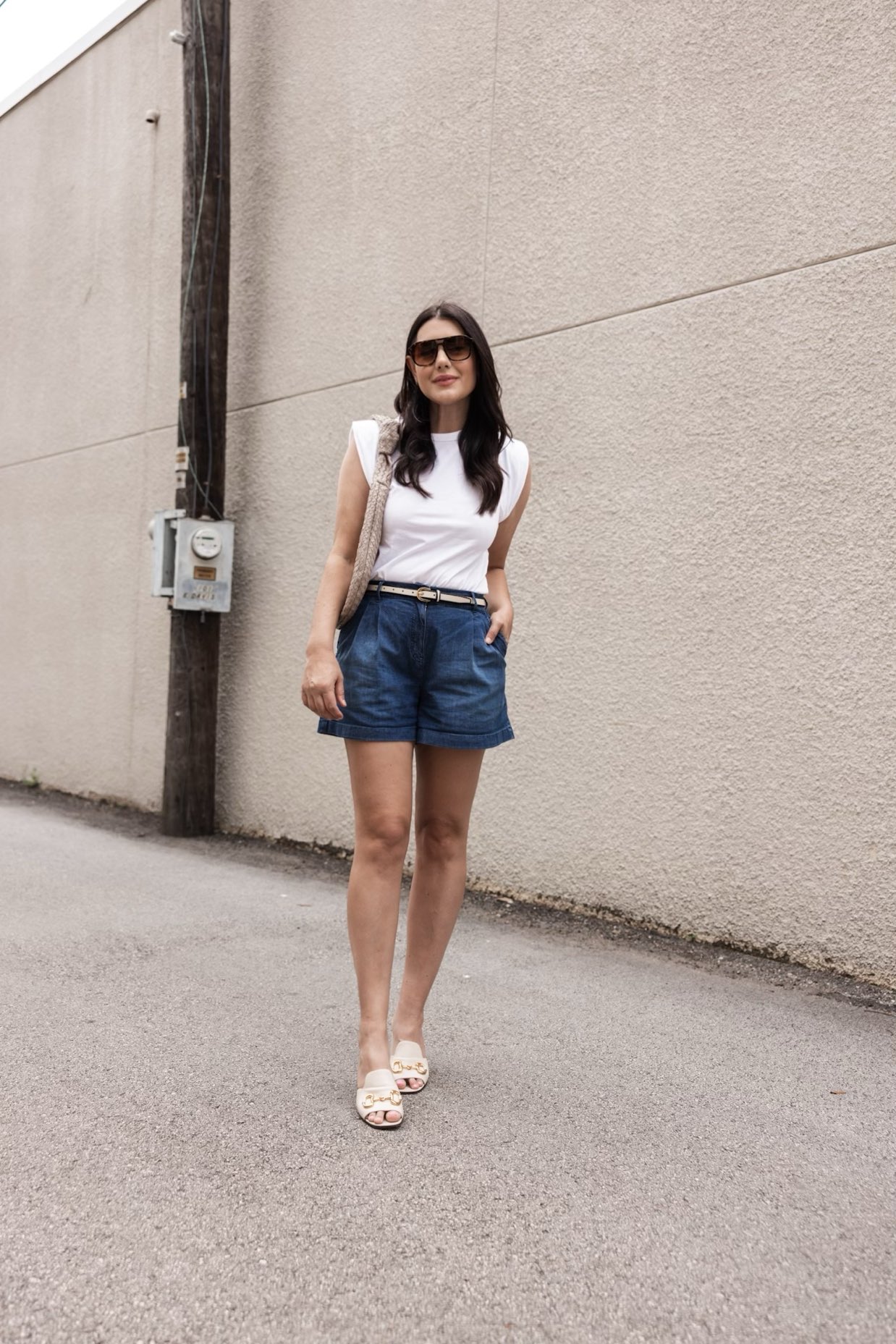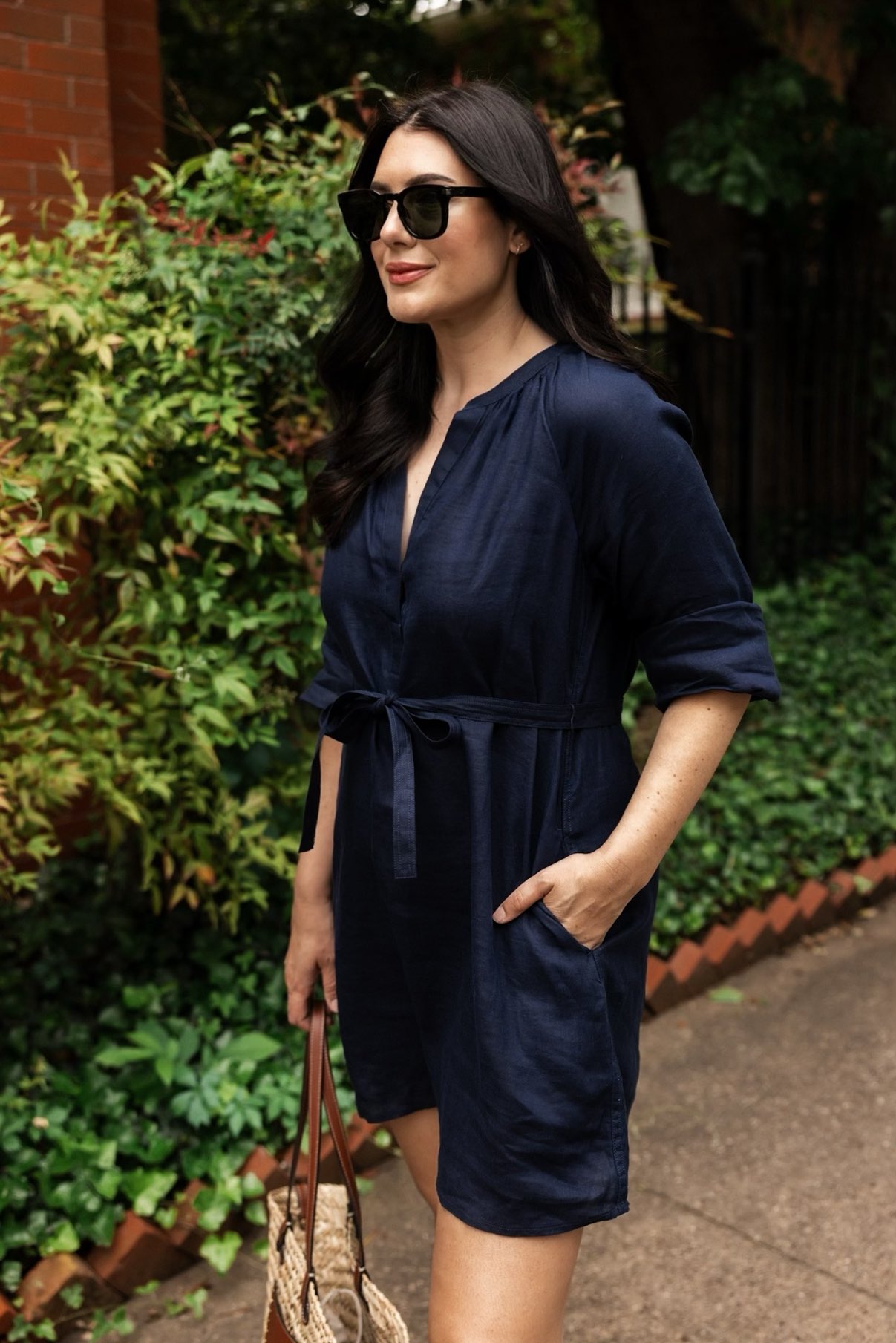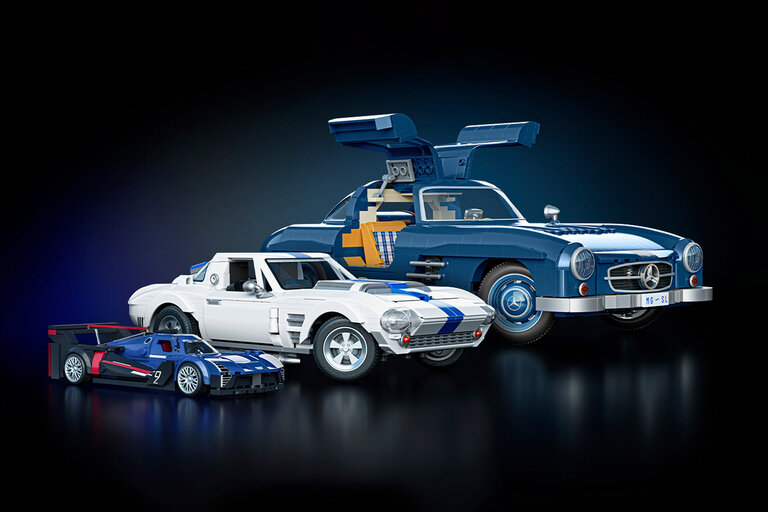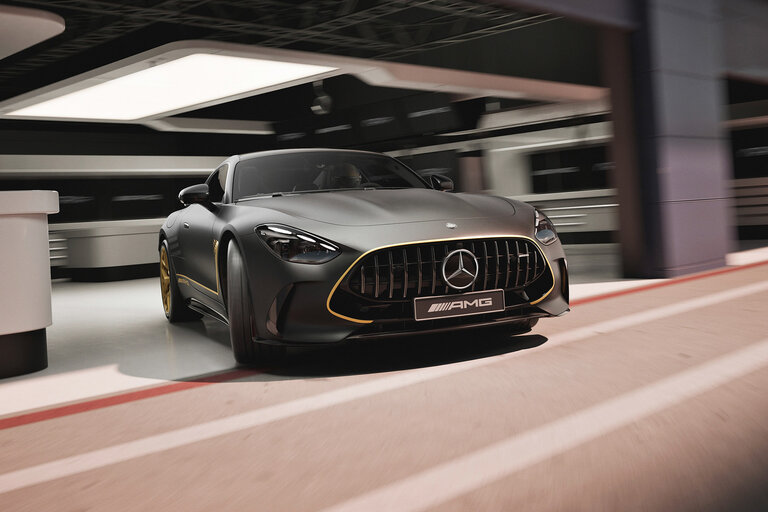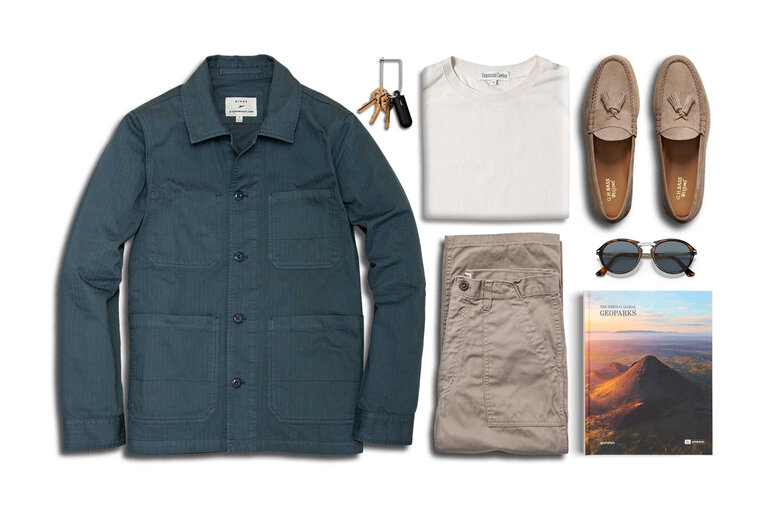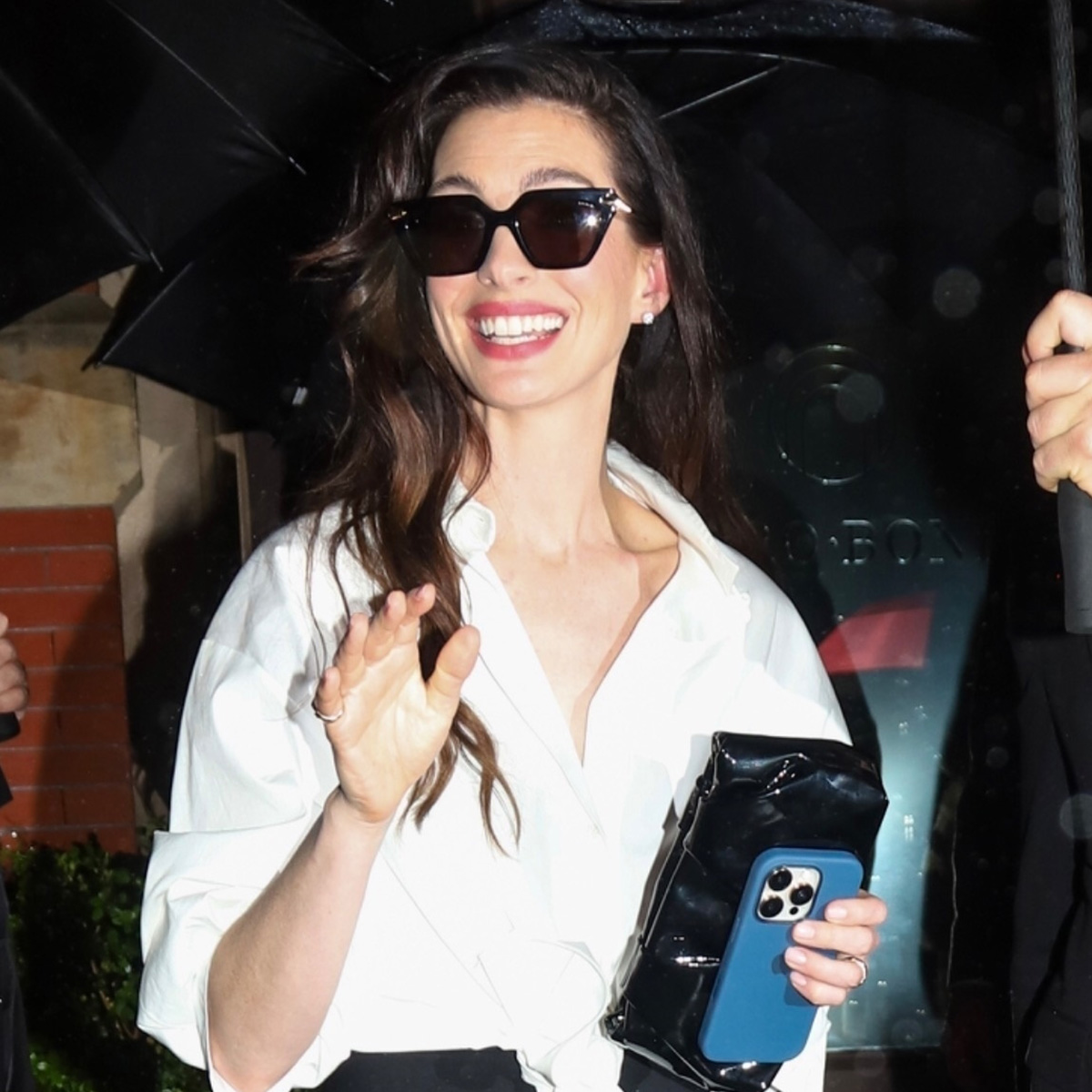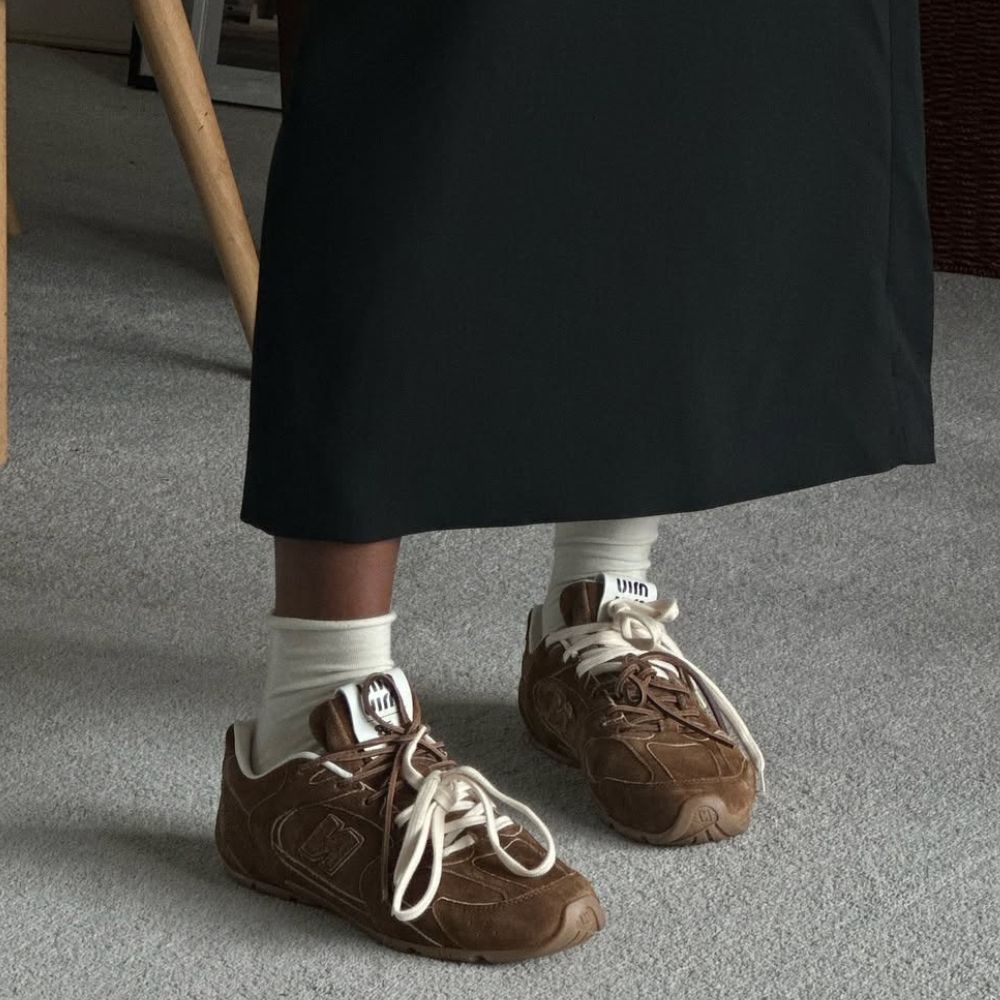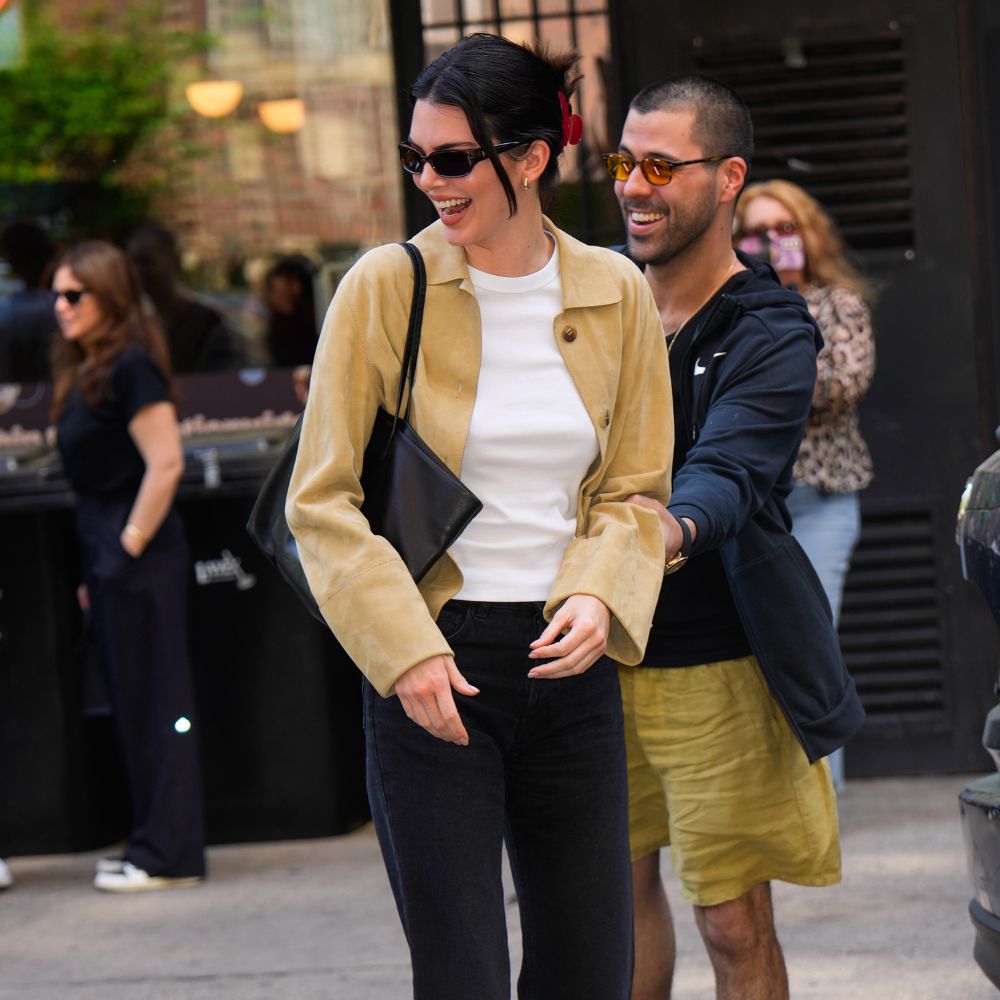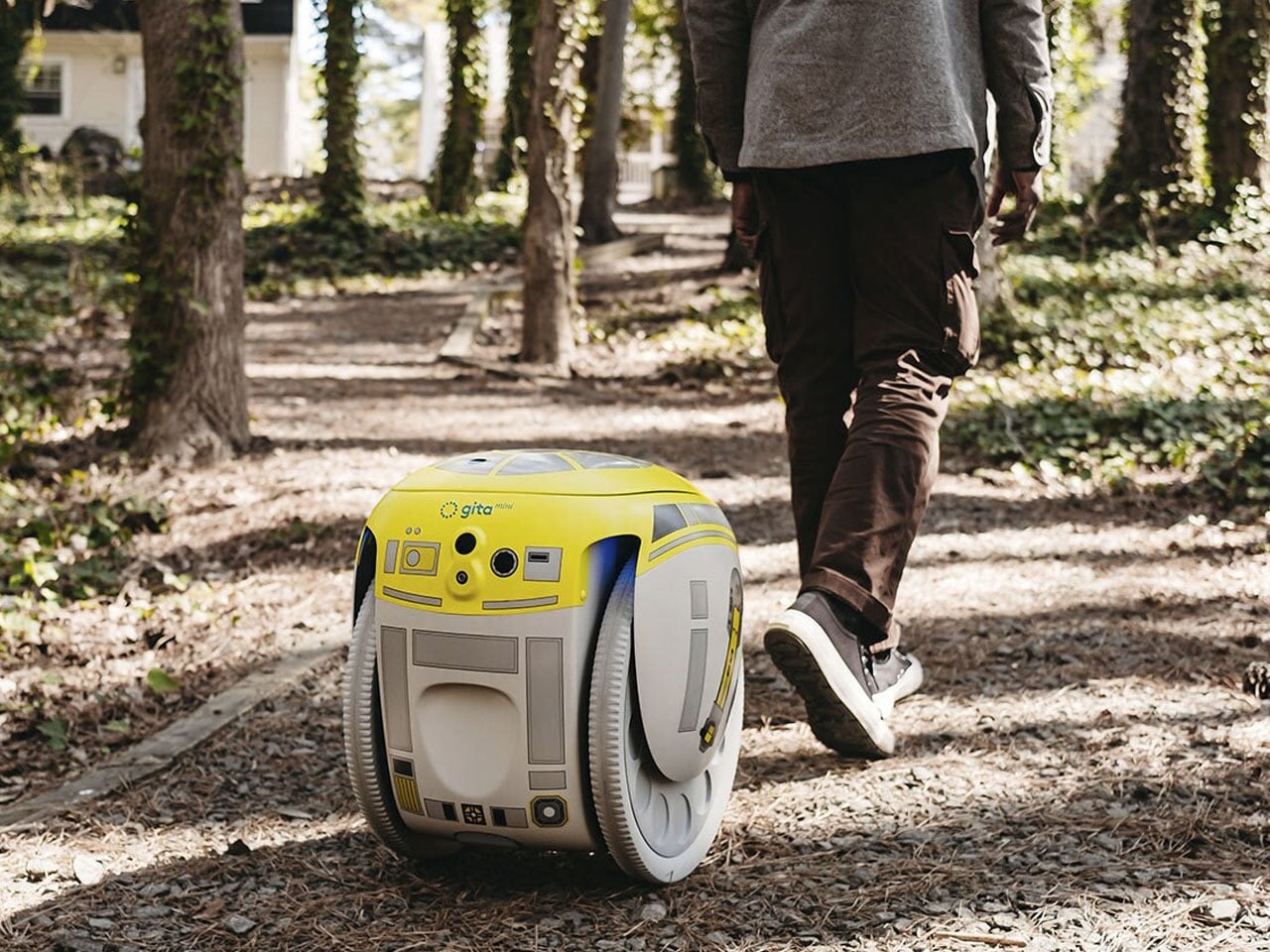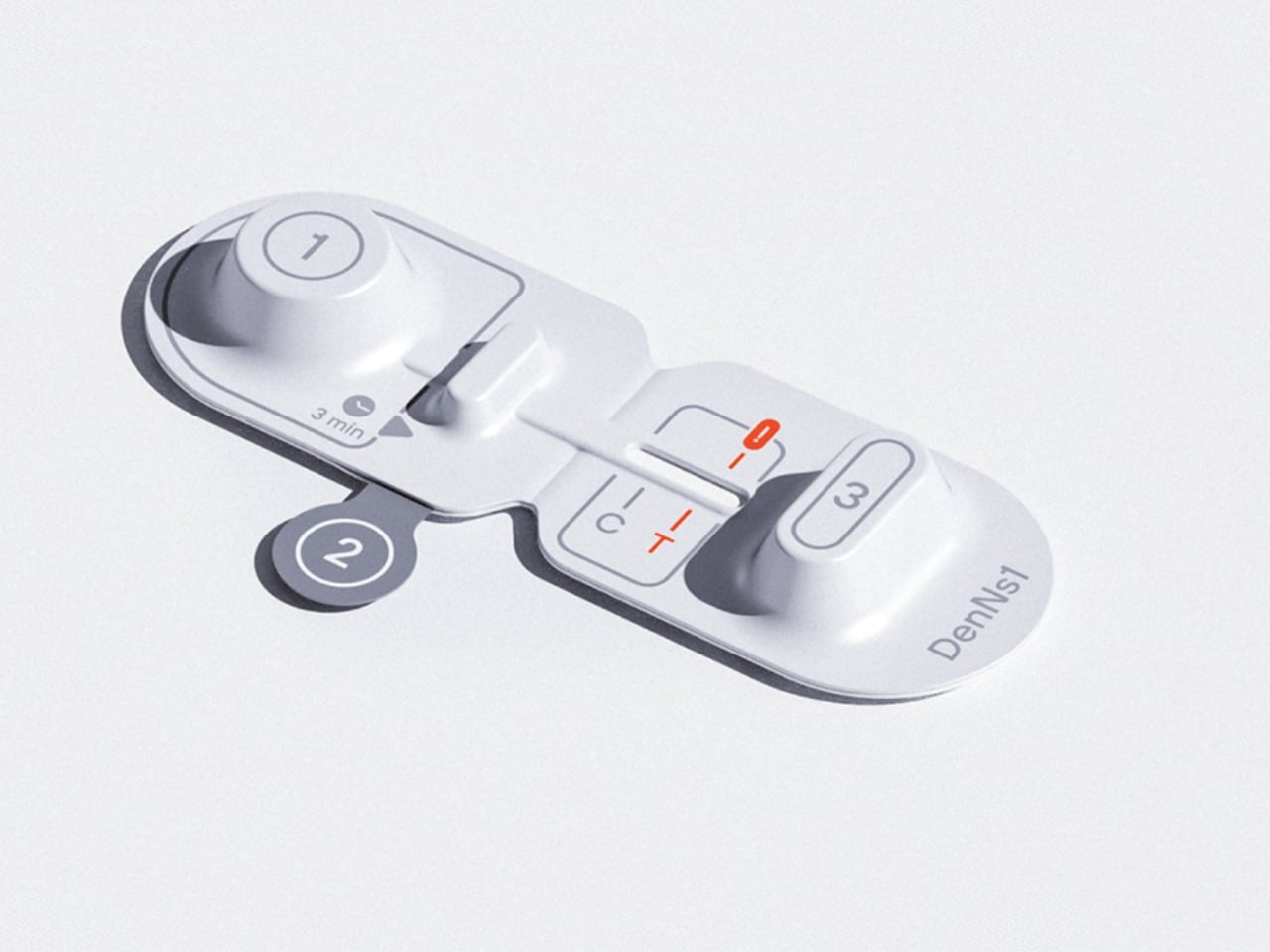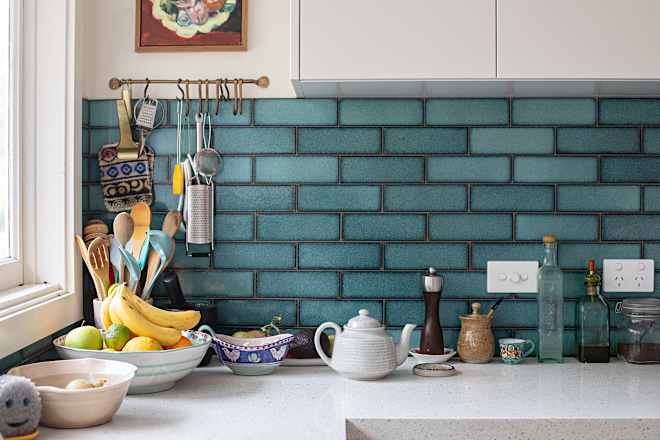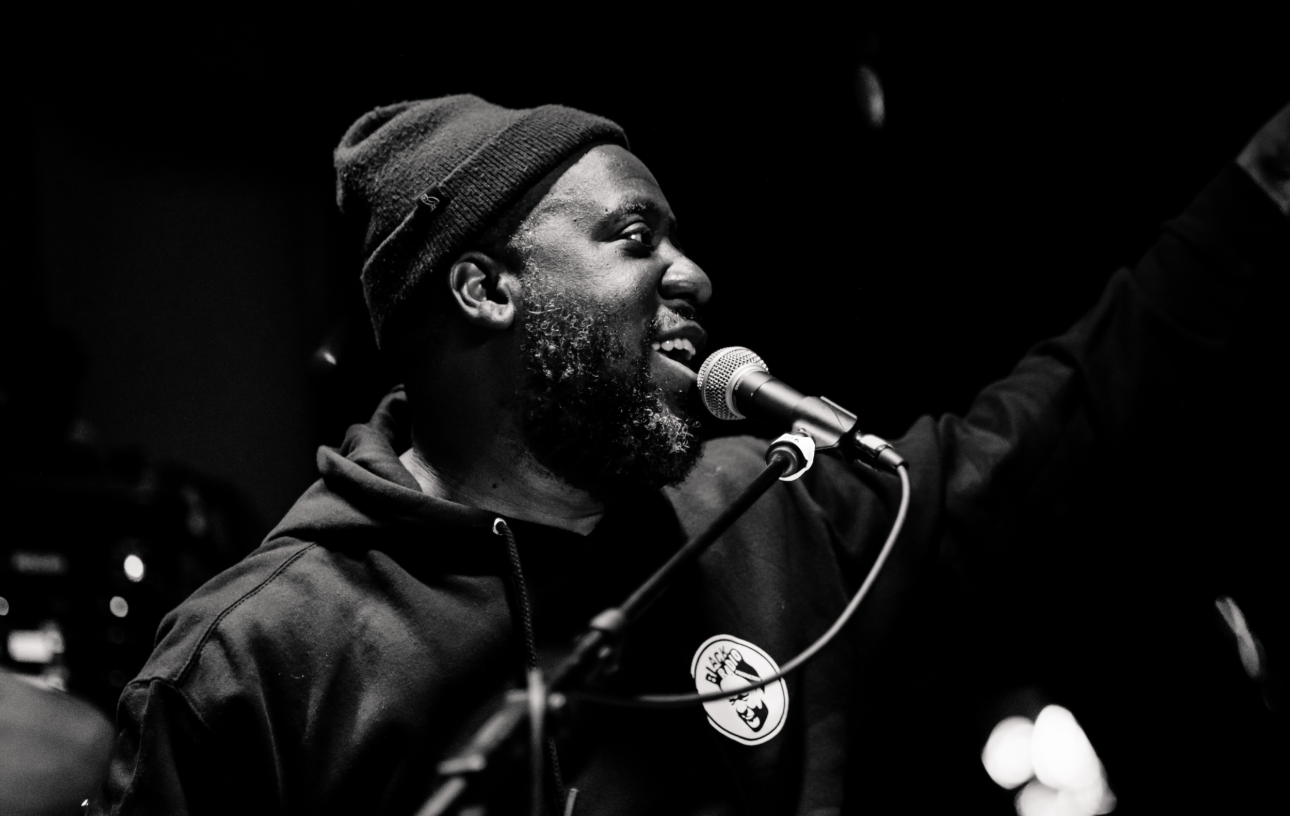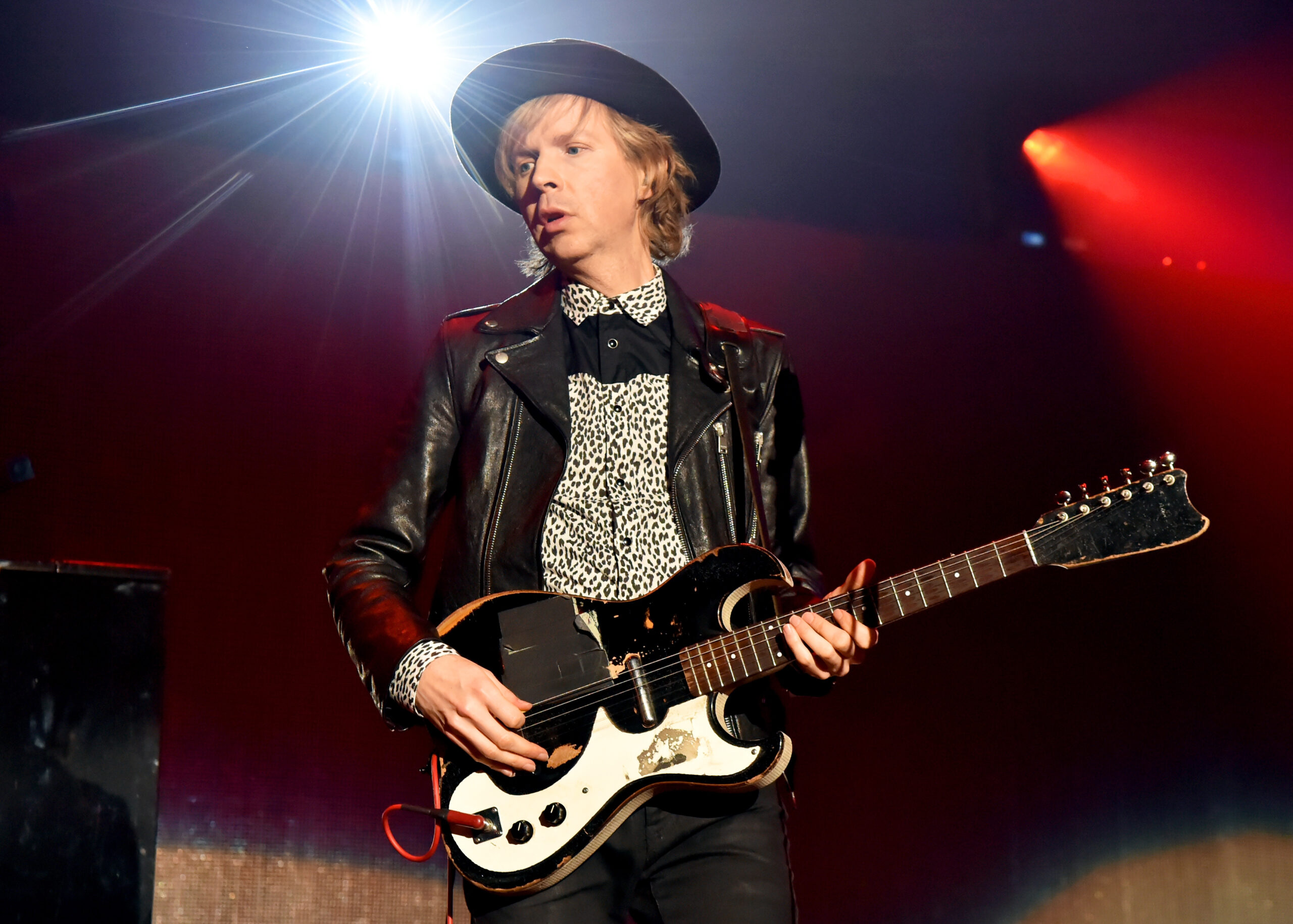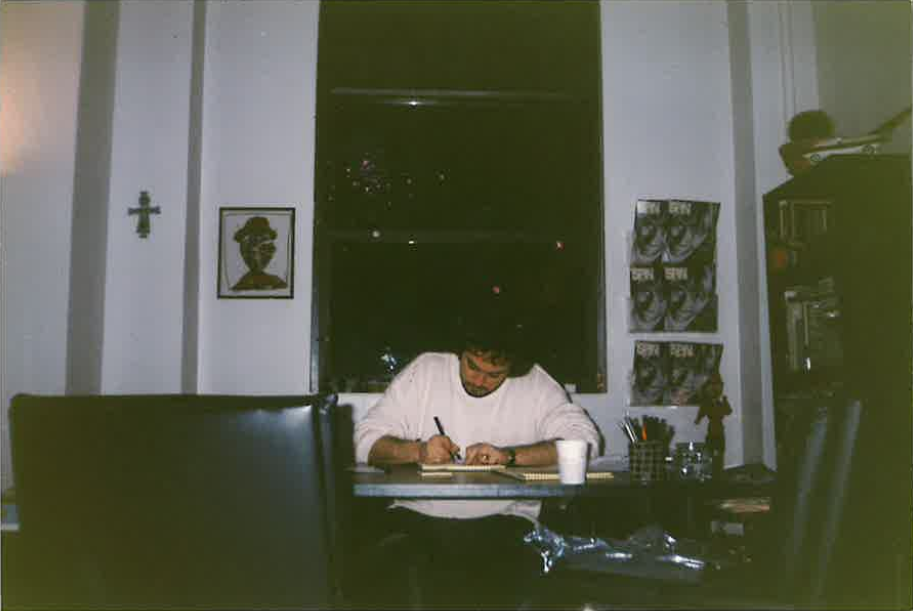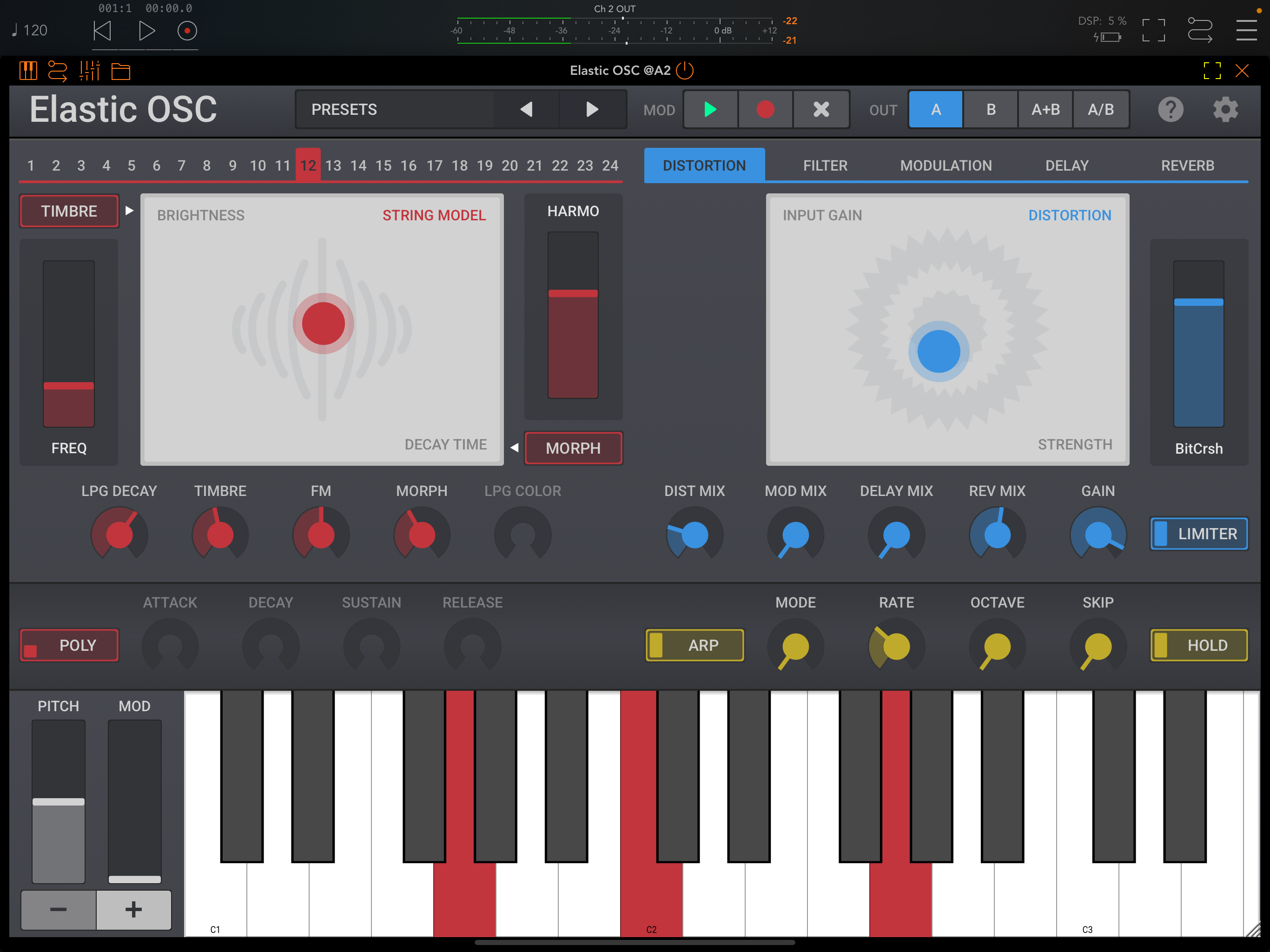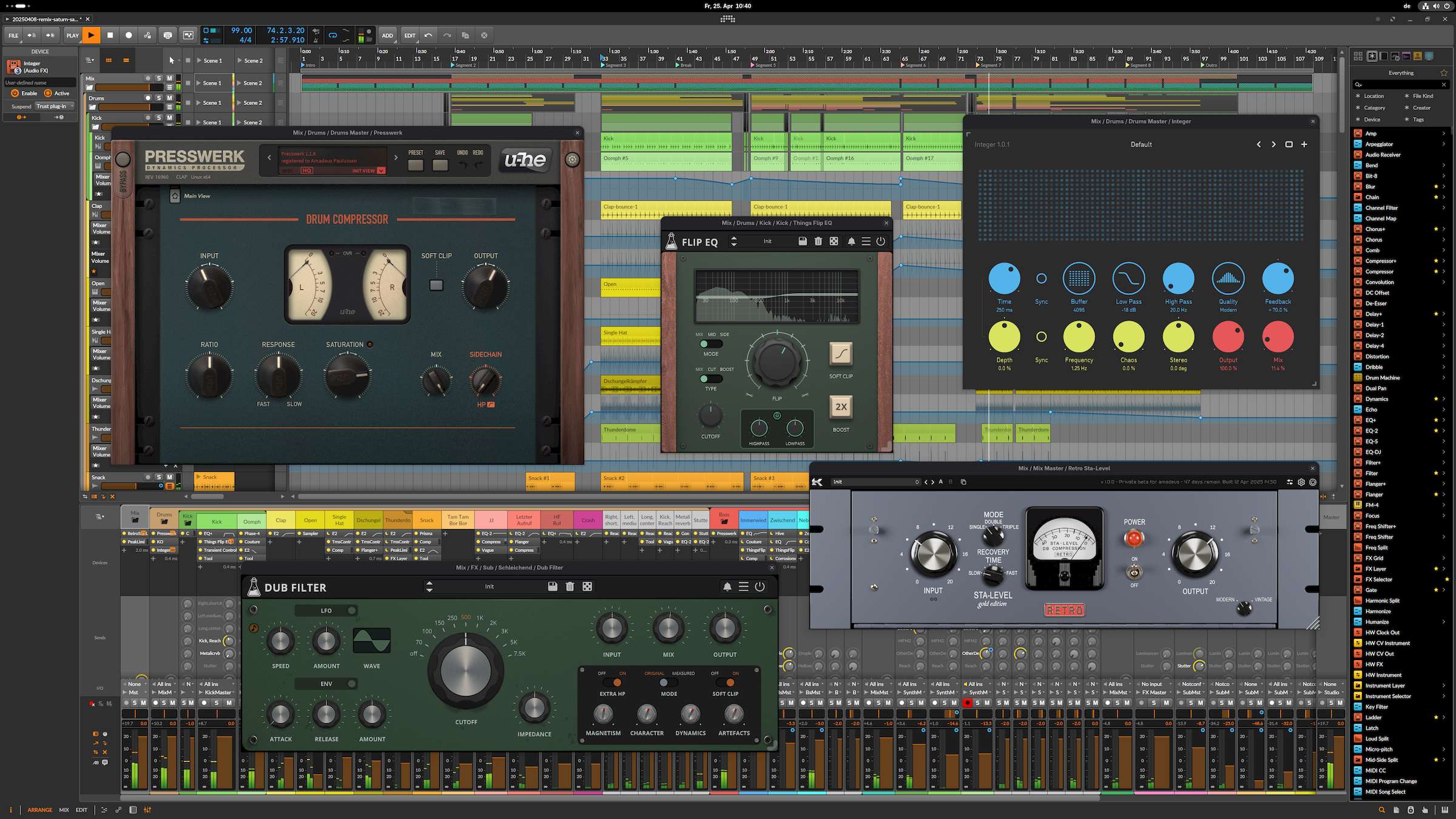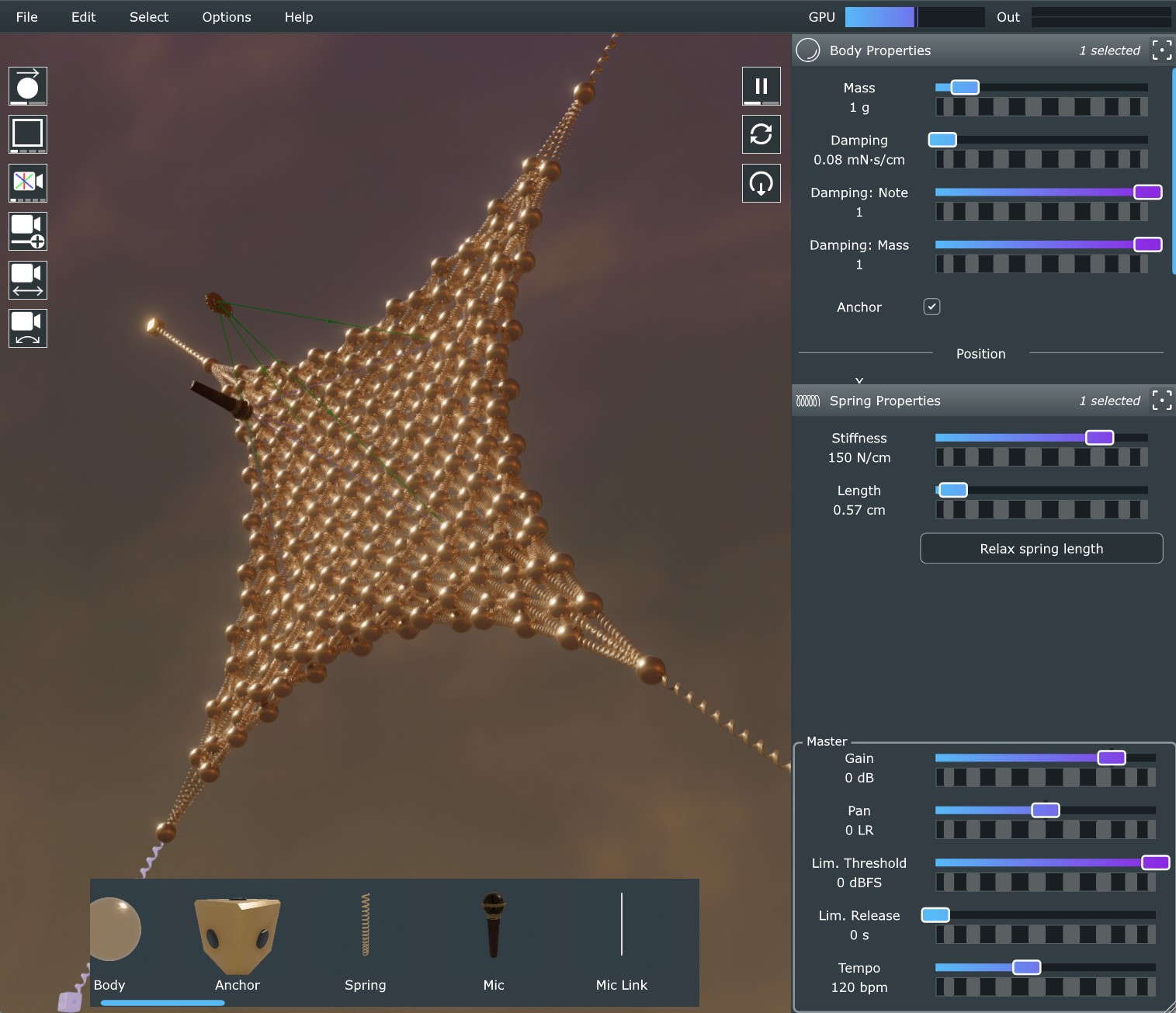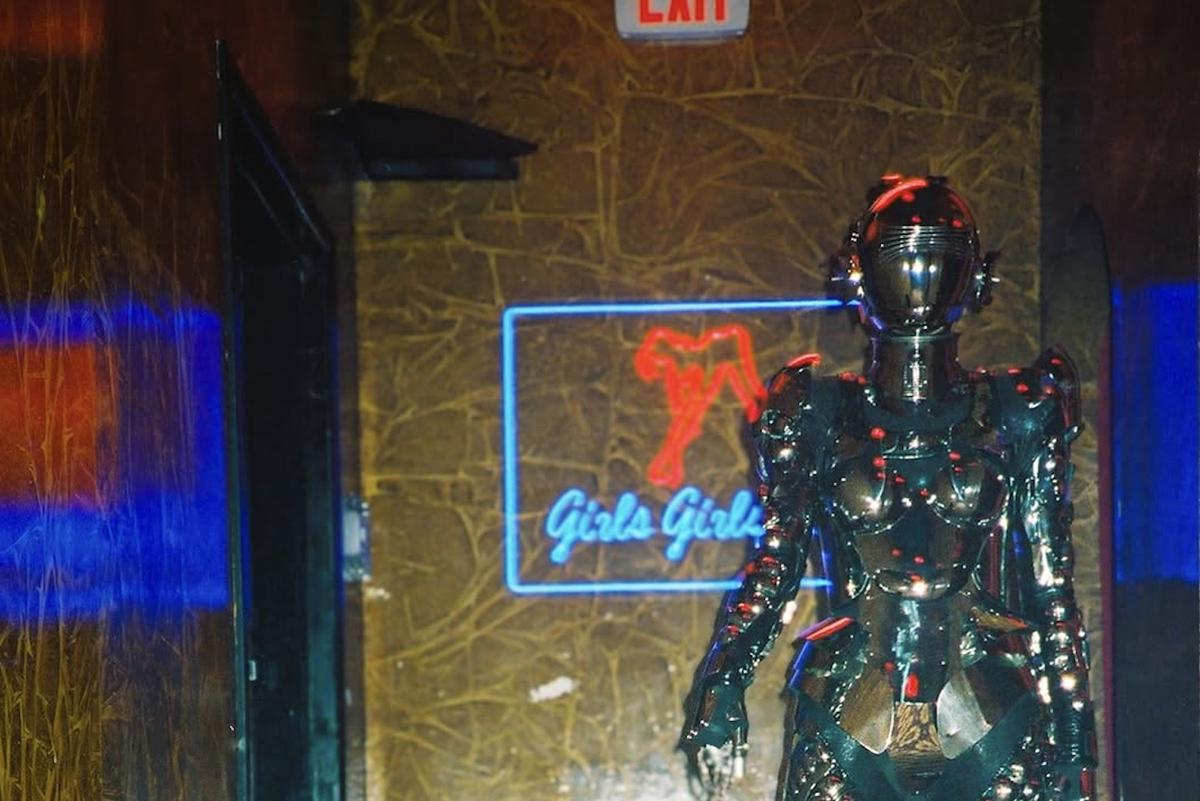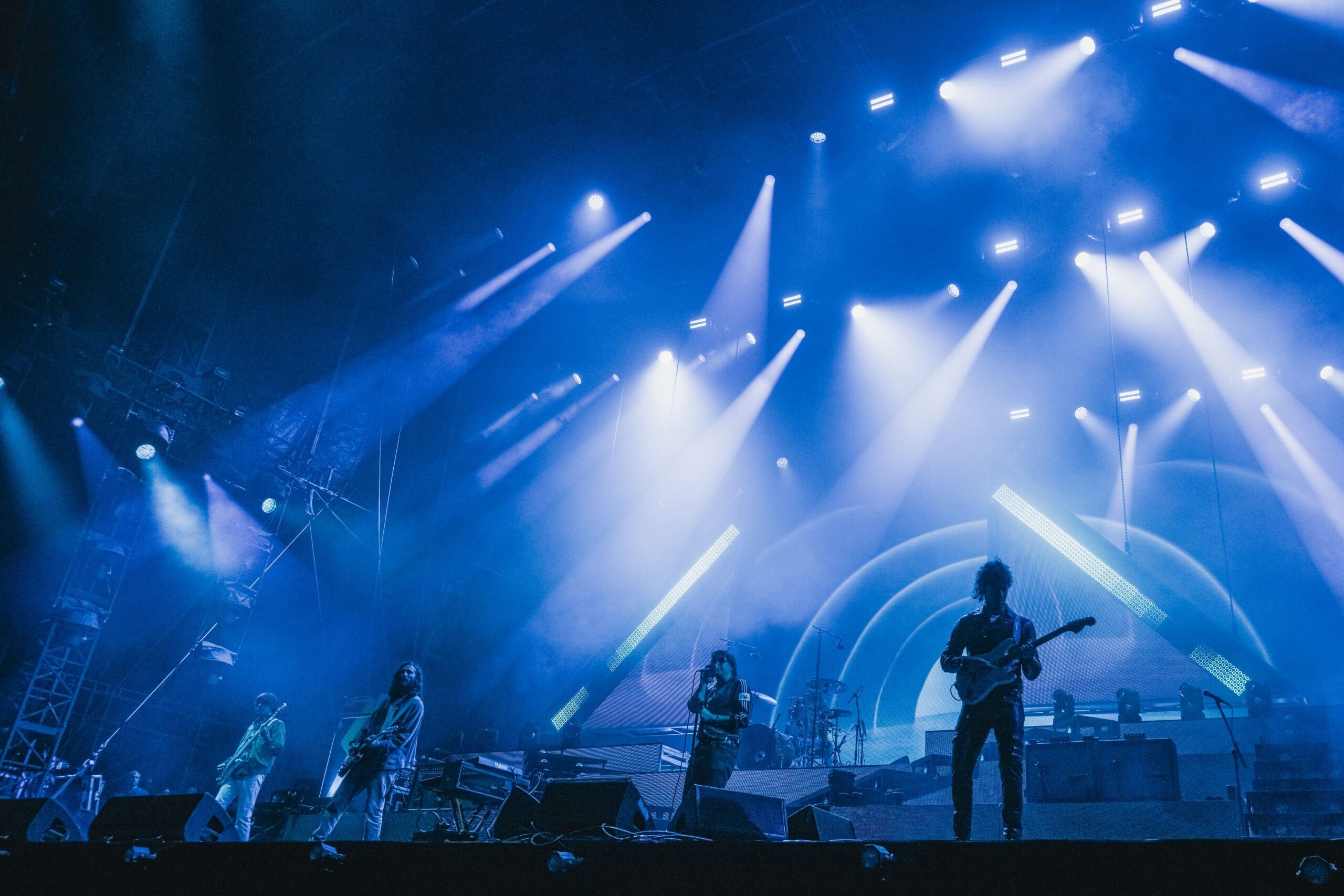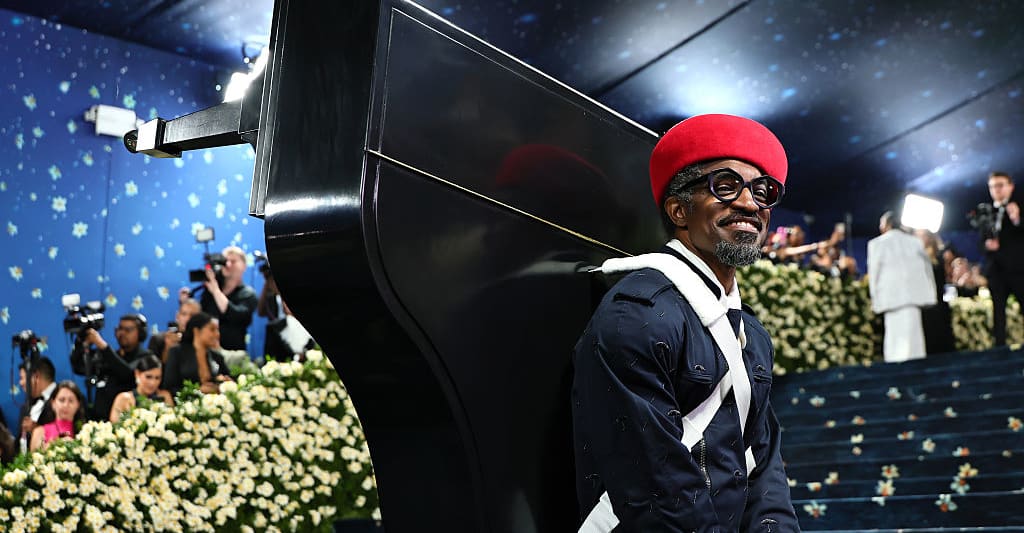Canon EOS R50 vs EOS R50 V: what do you want to create?
When you use DPReview links to buy products, the site may earn a commission.Canon EOS R50 vs R50 V Canon recently announced the EOS R50 V, a camera aimed at creators looking to shoot high-quality video without spending a ton of money. However, it made similar claims about the original EOS R50, which – unsurprisingly, given the name – the EOS R50 V shares a lot of DNA with. They have the same 24MP APS-C sensor and many of the same features. So what are the differences between the two, and which one should you buy? We'll aim to break it down in this comparison. Design Even at a glance, it's easy to tell that these cameras are aimed at different audiences. The EOS R50 looks like a small stills camera, with a relatively deep front grip and a prominent hump at the top for the electronic viewfinder and pop-up flash. On the top is a relatively standard stereo microphone. The EOS R50 V does away with the viewfinder and flash, giving it a much boxier and slightly larger design. Its grip is less prominent, though this has the effect of making it more comfortable to hold when it's facing toward you. There's also a record button on the front, along with a tally light to make it obvious when you're recording, both of which can be quite useful when you're trying to film yourself. It has an upgraded internal microphone, which Canon says has three capsules to help make audio clearer and to reduce noise. We've found it provides decent audio for vlogging, as long as there's no wind. The EOS R50 V has an extra tripod mount for vertical shooting. Both cameras have tripod sockets on the bottom, but the EOS R50 V has an additional one on its right side, making it easy to mount it vertically. Handling / Controls The EOS R50 has a shutter button towards the front of its grip, right around where your index finger would fall, and its main control dial behind it. Looking at the back, it has a stills-focused control layout, with a multi-directional controller and buttons for choosing your autofocus area, setting exposure compensation and locking your exposure. The mode select dial lets you choose from the various exposure modes like manual, shutter priority, aperture priority and auto, and has a setting for video. There's also a separate record button on the top plate. The EOS R50 V, meanwhile, has a decidedly more video-focused layout. The top plate control dial is towards the back of the camera, and the shutter button has been replaced by a record button, which is surrounded by a zoom toggle switch. The mode dial, meanwhile, flips the script from the EOS R50's: stills are relegated to a single position, while the rest of the modes are for video. The buttons continue the video focus; while some are the same as the EOS R50's, it swaps some photo functions for quick access to white balance, color options and livestreaming modes. The multi-directional controller is swapped out for a spinning dial, though you can still press up, down, left or right to access specific functions. While we typically prefer two top-plate control dials, this rear-mounted one is better than nothing, especially when taking stills. There's also a button on the top that sets the camera to ignore input from the control dials, so you don't accidentally change your settings while vlogging. Stills capabilities The two cameras have very similar stills-taking capabilities. Both can shoot Raws and use electronic-first curtain shutter and a mechanical shutter to end the exposure, which eliminates concerns about rolling shutter in stills and gives you more flexibility if you're shooting with flash. EOS R50 V | RF-S 14-30mm F4-6.3 IS STM PZ | 21mm | F5.6 | 1/1250 | ISO 100 However, the lack of an EVF on the EOS R50 V can make it difficult to judge your exposure and composition in bright sunlight. You also don't have that pop-up flash to help add some light if you need a bit of fill on your subject or are shooting in a darker environment. The default button layout for the EOS R50 is definitely more suited to shooting stills – you don't have to rely on the touchscreen as much – though spending some time to customize your button layout can alleviate that on the EOS R50 V; you can have separate settings for photo and video modes. Video capabilities The EOS R50 has a fair number of video capabilities. Its 4K footage is derived from 6K capture, giving it a bit of extra detail, and it has a microphone jack that'll let you record better audio. It can also shoot 10-bit HDR video, though only in the more obscure PQ response curve. The EOS R50 V builds on top of that, with some pretty substantial additions: instead of topping out at 30fps for 4K, it can shoot at up to 60fps*, though with a substantial 1.56x crop. It also adds the ability to record C-Log 3, which gives you more flexibility to adjust color, lightness and contrast in post, and a headphone jack, so you can monitor the audio you're recording. If that wasn't enough, it

Canon EOS R50 vs R50 V
 |
Canon recently announced the EOS R50 V, a camera aimed at creators looking to shoot high-quality video without spending a ton of money. However, it made similar claims about the original EOS R50, which – unsurprisingly, given the name – the EOS R50 V shares a lot of DNA with. They have the same 24MP APS-C sensor and many of the same features.
So what are the differences between the two, and which one should you buy? We'll aim to break it down in this comparison.
Design
 |
Even at a glance, it's easy to tell that these cameras are aimed at different audiences. The EOS R50 looks like a small stills camera, with a relatively deep front grip and a prominent hump at the top for the electronic viewfinder and pop-up flash. On the top is a relatively standard stereo microphone.
The EOS R50 V does away with the viewfinder and flash, giving it a much boxier and slightly larger design. Its grip is less prominent, though this has the effect of making it more comfortable to hold when it's facing toward you. There's also a record button on the front, along with a tally light to make it obvious when you're recording, both of which can be quite useful when you're trying to film yourself. It has an upgraded internal microphone, which Canon says has three capsules to help make audio clearer and to reduce noise. We've found it provides decent audio for vlogging, as long as there's no wind.
 |
| The EOS R50 V has an extra tripod mount for vertical shooting. |
Both cameras have tripod sockets on the bottom, but the EOS R50 V has an additional one on its right side, making it easy to mount it vertically.
Handling / Controls
 |
The EOS R50 has a shutter button towards the front of its grip, right around where your index finger would fall, and its main control dial behind it.
Looking at the back, it has a stills-focused control layout, with a multi-directional controller and buttons for choosing your autofocus area, setting exposure compensation and locking your exposure. The mode select dial lets you choose from the various exposure modes like manual, shutter priority, aperture priority and auto, and has a setting for video. There's also a separate record button on the top plate.
The EOS R50 V, meanwhile, has a decidedly more video-focused layout. The top plate control dial is towards the back of the camera, and the shutter button has been replaced by a record button, which is surrounded by a zoom toggle switch. The mode dial, meanwhile, flips the script from the EOS R50's: stills are relegated to a single position, while the rest of the modes are for video.
The buttons continue the video focus; while some are the same as the EOS R50's, it swaps some photo functions for quick access to white balance, color options and livestreaming modes. The multi-directional controller is swapped out for a spinning dial, though you can still press up, down, left or right to access specific functions. While we typically prefer two top-plate control dials, this rear-mounted one is better than nothing, especially when taking stills. There's also a button on the top that sets the camera to ignore input from the control dials, so you don't accidentally change your settings while vlogging.
Stills capabilities
 |
The two cameras have very similar stills-taking capabilities. Both can shoot Raws and use electronic-first curtain shutter and a mechanical shutter to end the exposure, which eliminates concerns about rolling shutter in stills and gives you more flexibility if you're shooting with flash.
 |
| EOS R50 V | RF-S 14-30mm F4-6.3 IS STM PZ | 21mm | F5.6 | 1/1250 | ISO 100 |
However, the lack of an EVF on the EOS R50 V can make it difficult to judge your exposure and composition in bright sunlight. You also don't have that pop-up flash to help add some light if you need a bit of fill on your subject or are shooting in a darker environment. The default button layout for the EOS R50 is definitely more suited to shooting stills – you don't have to rely on the touchscreen as much – though spending some time to customize your button layout can alleviate that on the EOS R50 V; you can have separate settings for photo and video modes.
Video capabilities
 |
The EOS R50 has a fair number of video capabilities. Its 4K footage is derived from 6K capture, giving it a bit of extra detail, and it has a microphone jack that'll let you record better audio. It can also shoot 10-bit HDR video, though only in the more obscure PQ response curve.
The EOS R50 V builds on top of that, with some pretty substantial additions: instead of topping out at 30fps for 4K, it can shoot at up to 60fps*, though with a substantial 1.56x crop. It also adds the ability to record C-Log 3, which gives you more flexibility to adjust color, lightness and contrast in post, and a headphone jack, so you can monitor the audio you're recording. If that wasn't enough, it includes false color assistance, which helps you nail your exposure by providing an overlay that makes it clear where your image clips and where your skin tones should be.
While both cameras have a microphone port, the EOS R50 V has subtle tweaks that make it easier to use with one. Unlike with the EOS R50, the screen won't run into the cable when you're trying to flip it out and articulate it. The actual display panel has also been moved over, so the microphone jack will mostly block your bezel rather than your preview.
* - the 4K modes above 30p aren't based on 6K capture
User Interface
 |
The EOS R50 and R50 V have similar user interfaces, though the latter has some definite upgrades regarding video. It has an updated menu system for selecting your resolution and framerate. Rather than listing all the possible combinations of framerate, resolution, and codec, it allows you to set all three independently. This takes some getting used to, but gives you more control over what codec you want to record in, which can be especially helpful if you want to edit your footage on a less powerful device.
 |
 |
| The EOS R50's Q menu for video mode has the same layout as it does for photo mode. | The EOS R50 V's Q menu for video is a scrolling list that's a bit easier to use when you're in front of the camera. |
The EOS R50 V also has an updated Q menu for video mode, giving you slightly easier access to all your settings, as well as the vlogging-specific features it has. We've found that it's a fair bit nicer for switching your most important settings during a shoot, especially if you're shooting vertically: the on-screen display gains the ability to rotate with the camera. The addition of three custom video modes also makes it particularly easy to quickly switch between resolutions, framerates and other settings without having to dive into the menus.
Ports and Connectivity
 |
The EOS R50 has a USB-C port, microHDMI port, and a 3.5mm socket for attaching an external microphone.
The EOS R50 V has all that and more: it gains a single-pole remote terminal that lets you control the camera from afar and has a faster USB-C port. The EOS R50's USB port runs at USB 2 speeds, while the EOS R50 V's can transfer data at 10Gbps; over 20 times faster. That helps when you're offloading footage, but also has the benefit of making it a more capable webcam: while both can be used to stream video to your computer using the UVC protocol, the EOS R50 tops out at 1080p 30fps, while the EOS R50 V can deliver 4K 30fps*.
The EOS R50 V may also wirelessly transfer photos to your phone faster since it supports 5 GHz Wi-Fi as well as 2.5 GHz. The EOS R50, meanwhile, can only use 2.5 GHz.
* - The camera can't draw power from the computer when shooting at 4K, only 1080p, so you will be limited by battery life.
Price and Kit options
 |
Body-only, the EOS R50 V costs $649, $30 less than the EOS R50. If you're looking at the kit options, though, the vlogging-focused model is more expensive; you can get it with the new RF-S 14-30mm F4-6.3 IS STM PZ lens for $849. The EOS R50, meanwhile, comes with the collapsable RF-S 18-45mm F4.5-6.3 IS STM for $799.
While the 18-45mm's wider range makes it a better pick if you're shooting a wide variety of subjects, if you mainly intend to vlog, you'll appreciate the wider field-of-view on the 14-30mm. That's especially true if you plan on features that add crops, such as 60 fps or electronic stabilization; the lens is still wide enough to produce a reasonable frame while vlogging. The powerzoom is also nice to have, especially since it's quiet enough that the camera's internal microphones don't pick it up, and you never have to worry about having to extend it when you're trying to capture a moment quickly.
Conclusion
 |
If you're looking for a camera to mostly shoot stills or mostly shoot video, it's pretty easy to pick between the EOS R50 and EOS R50 V. It's a little trickier if you want to do both; while the latter has a compelling list of video features that aren't available on the former, they do come at the cost of a viewfinder, which can also be useful for videographers (providing they're filming something other than themselves).
EOS R50:
However, if you think you'll end up shooting a lot of video, the EOS R50 V has more features and capabilities that will likely come in handy.
EOS R50 V:




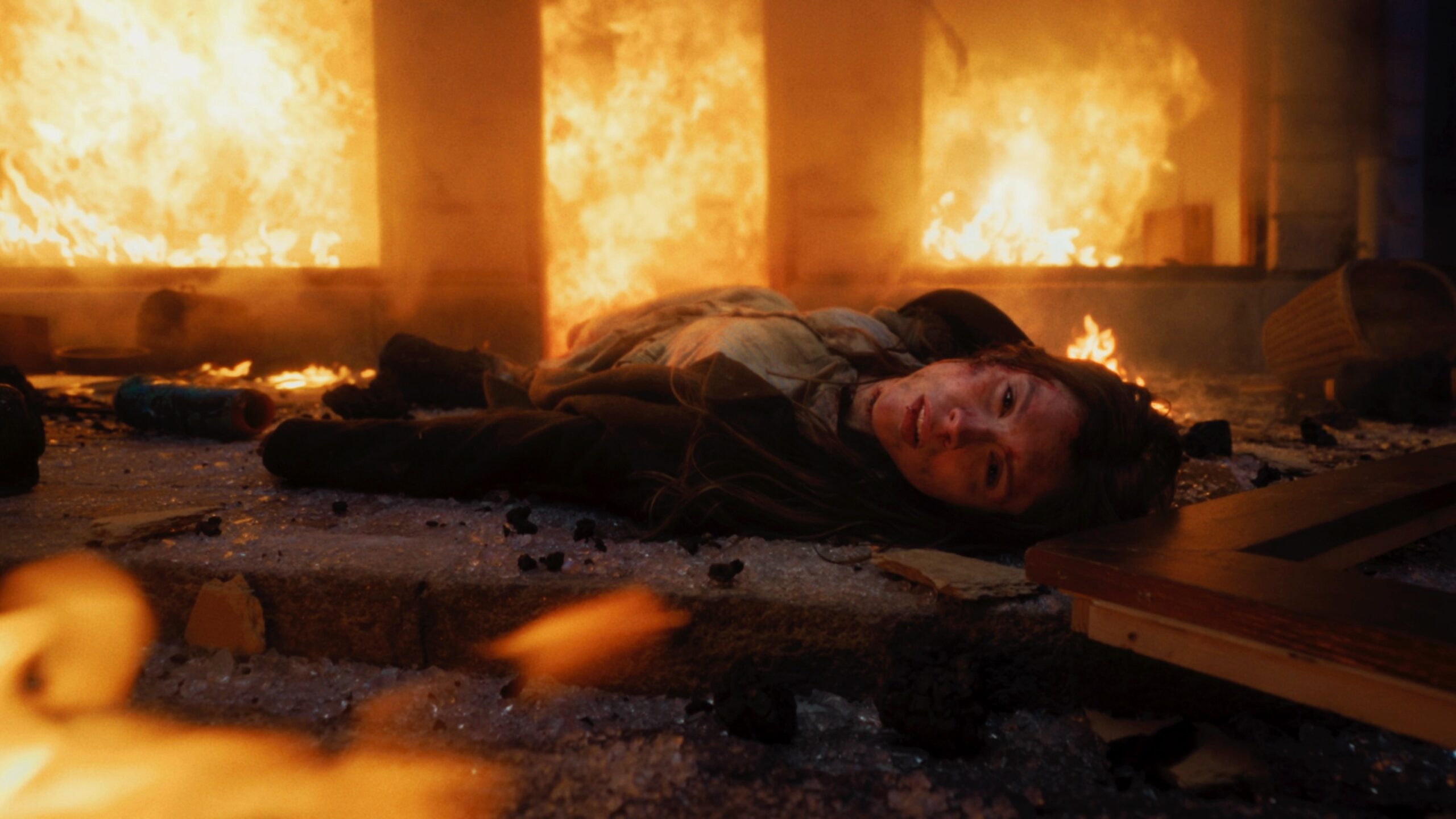
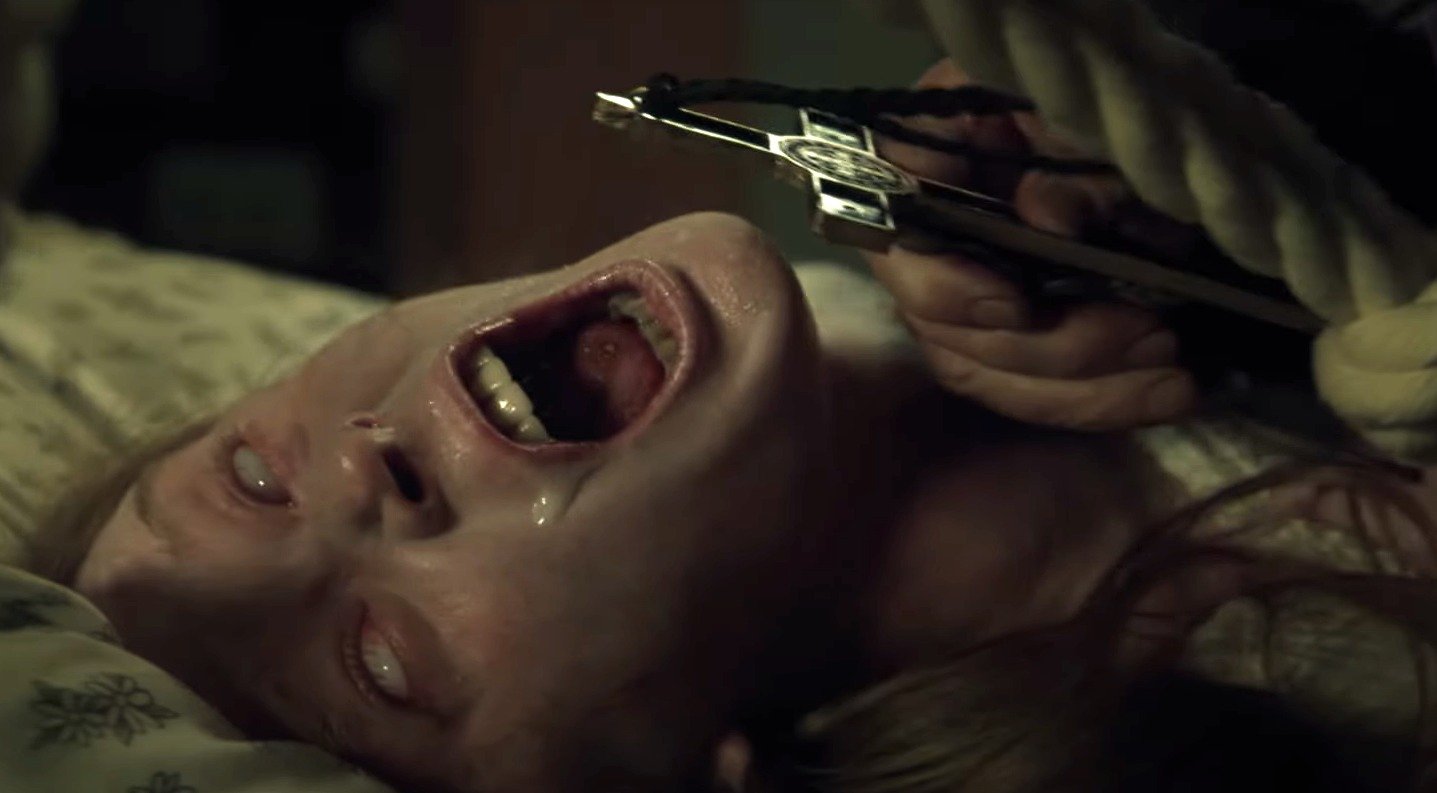
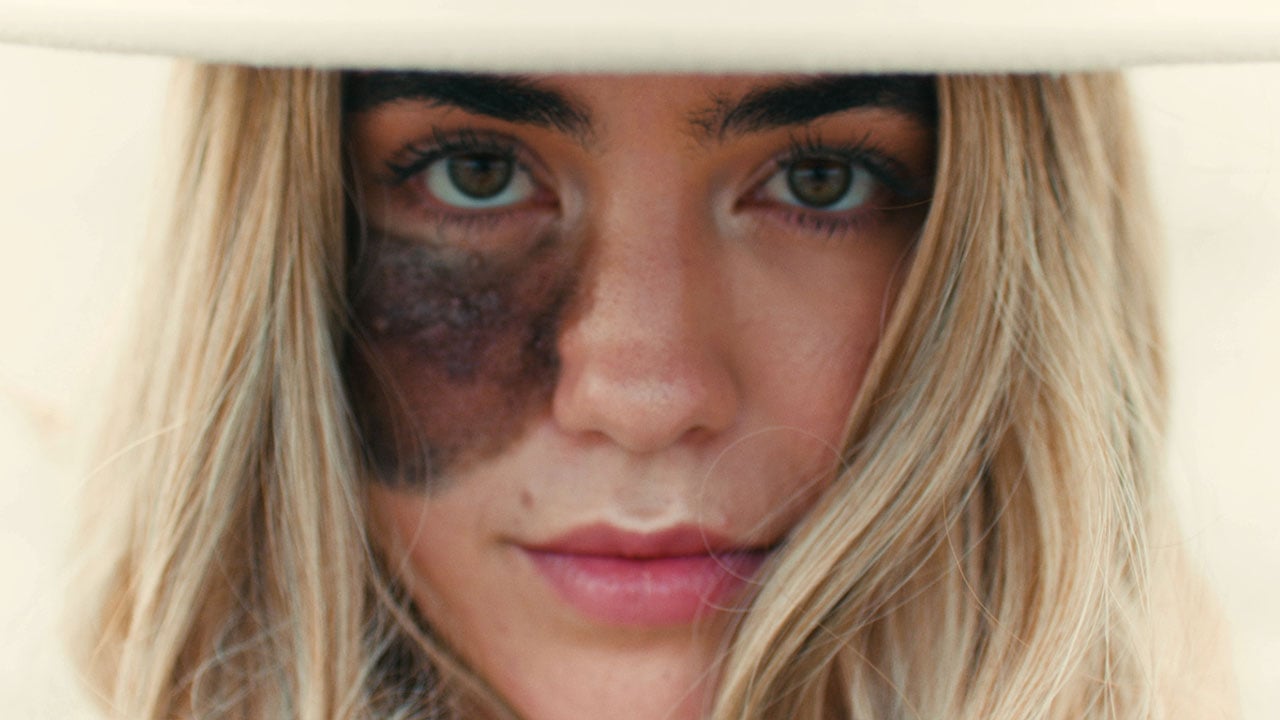
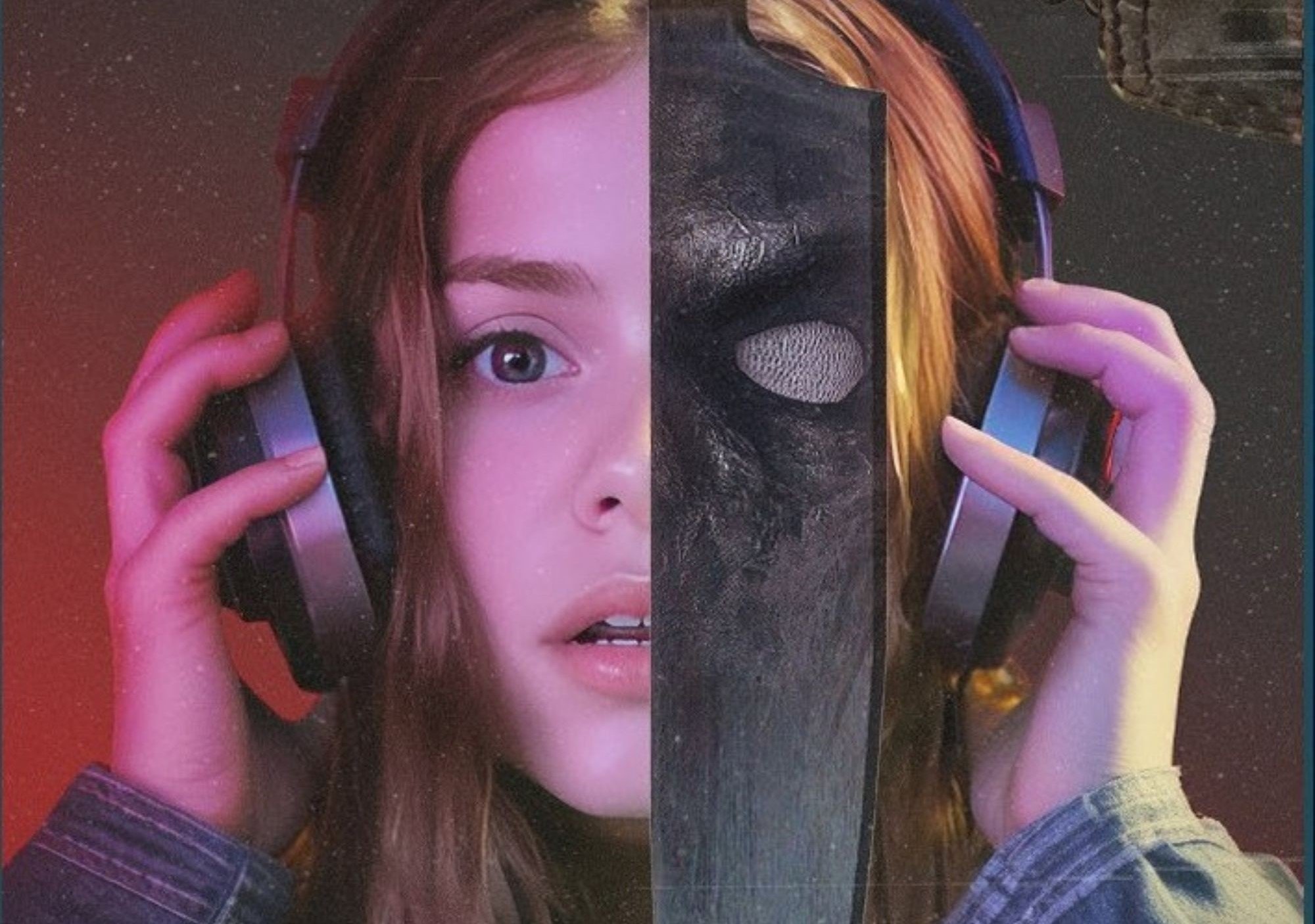











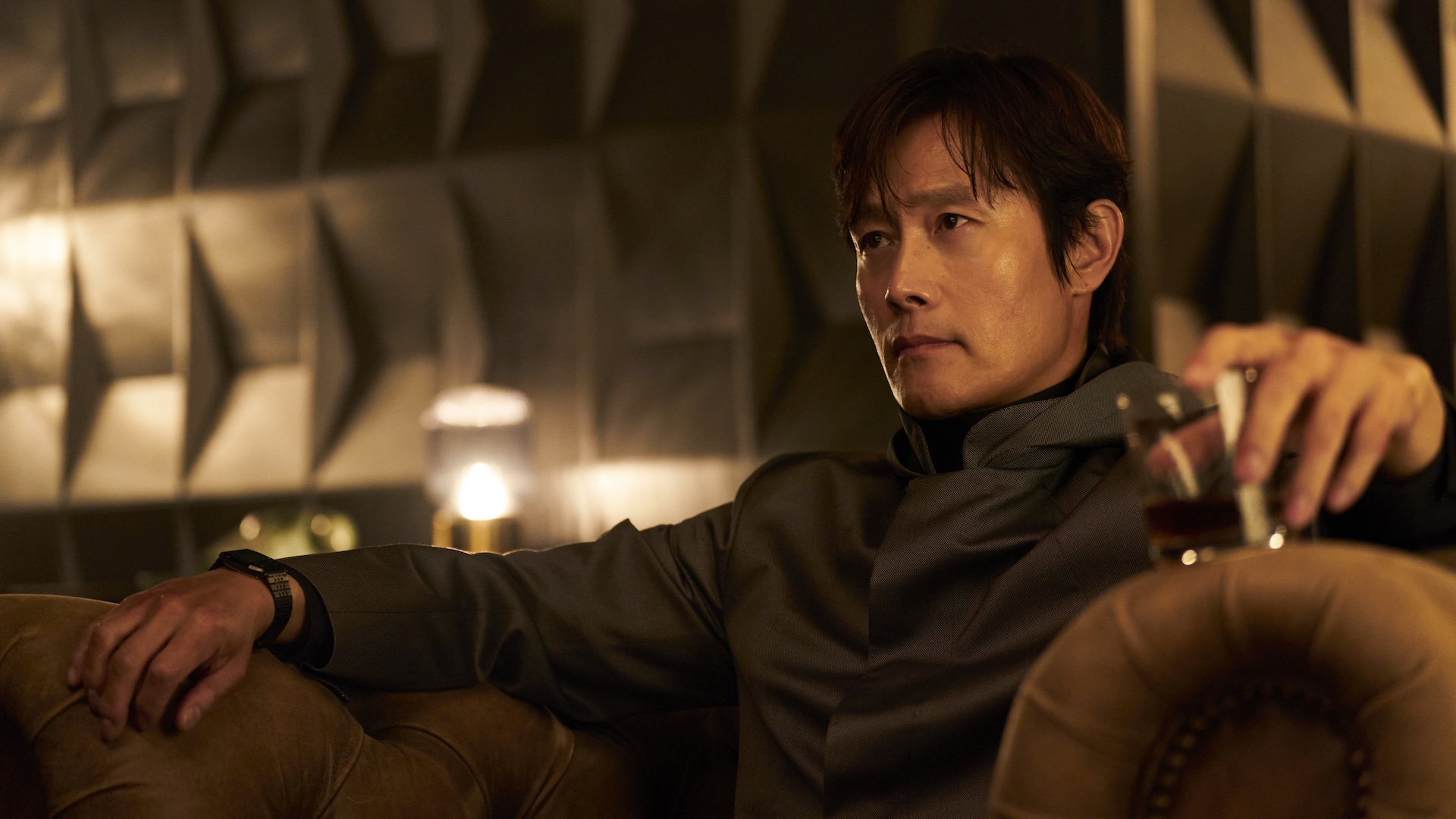





















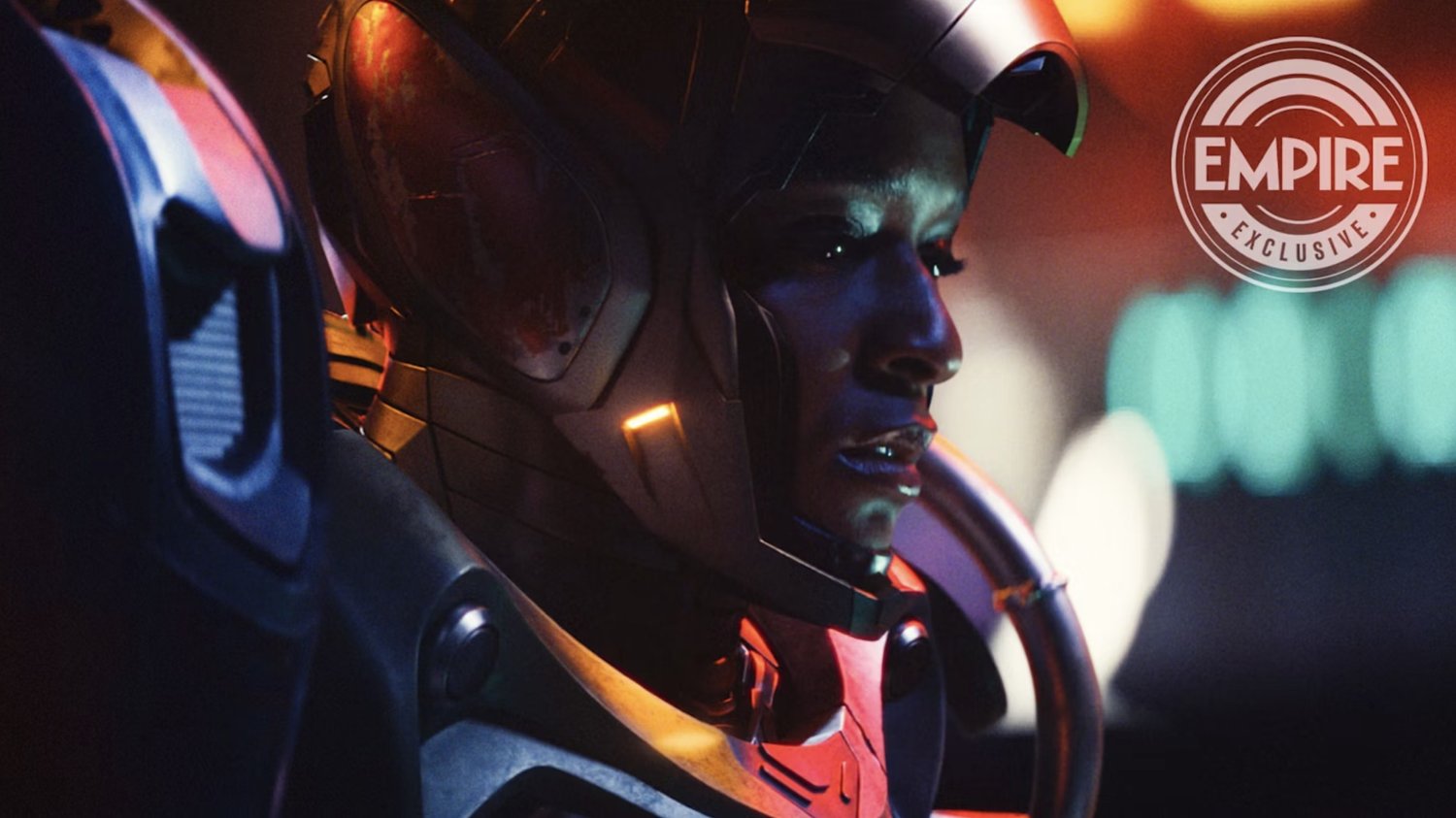
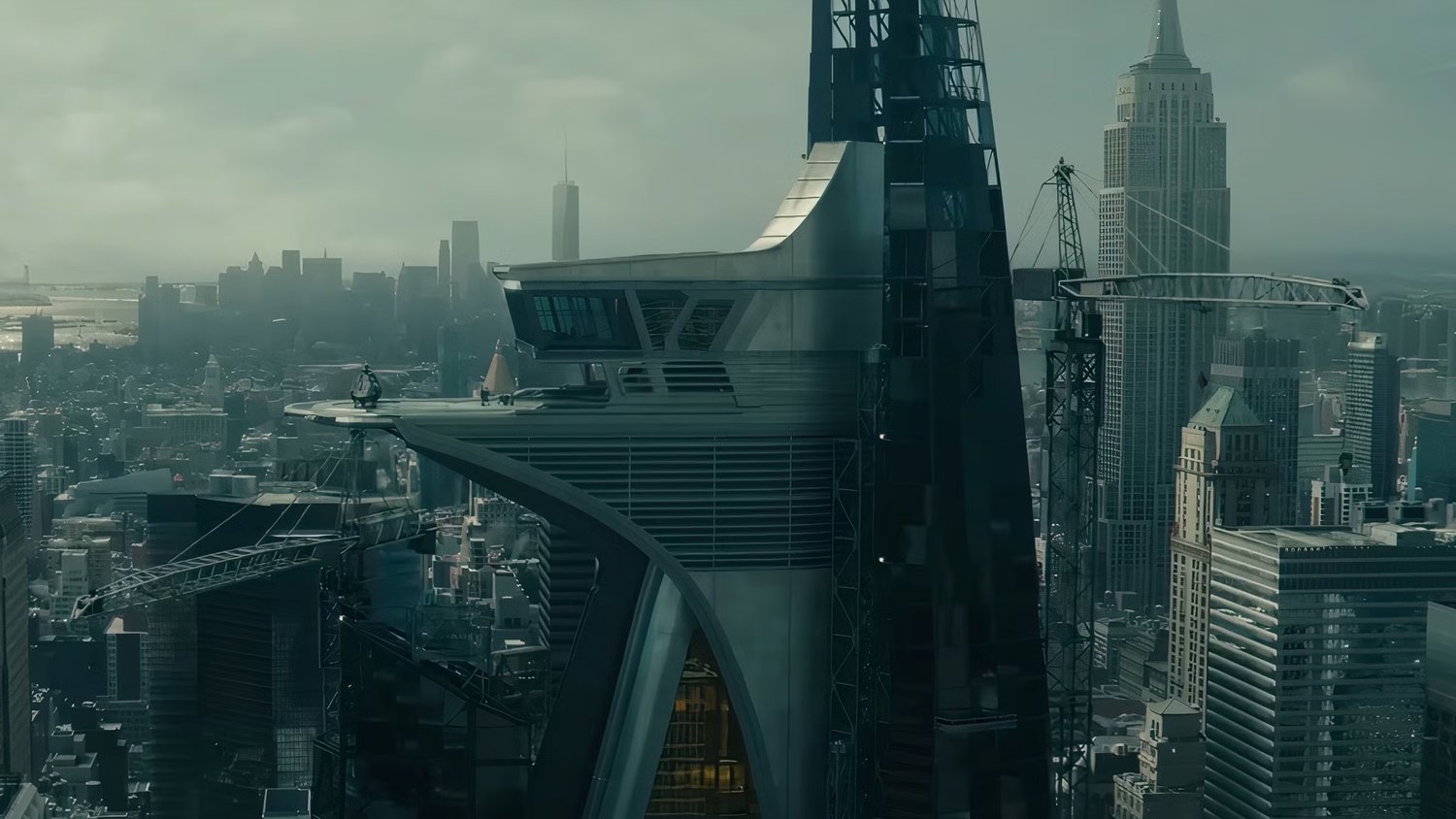

























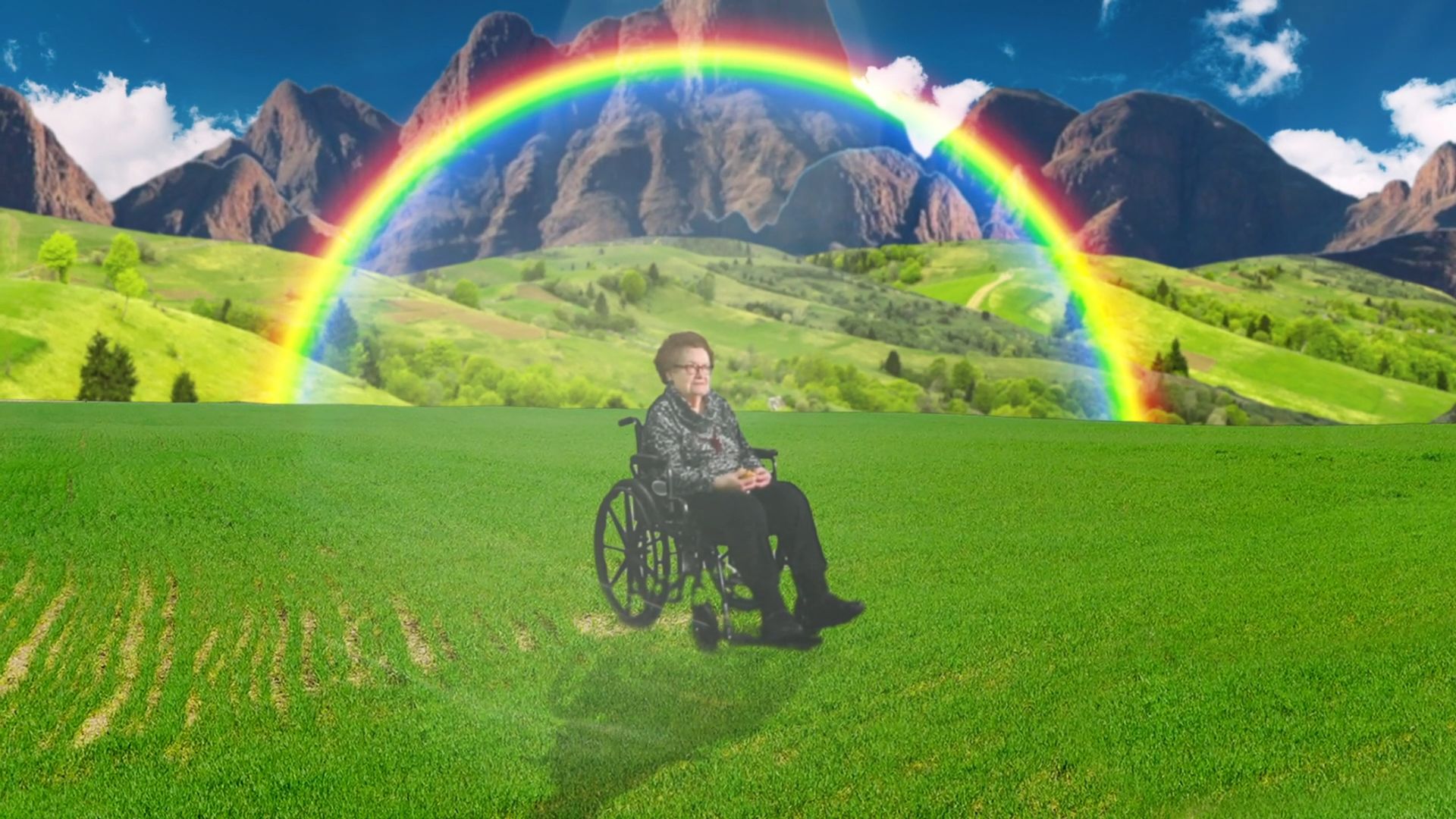

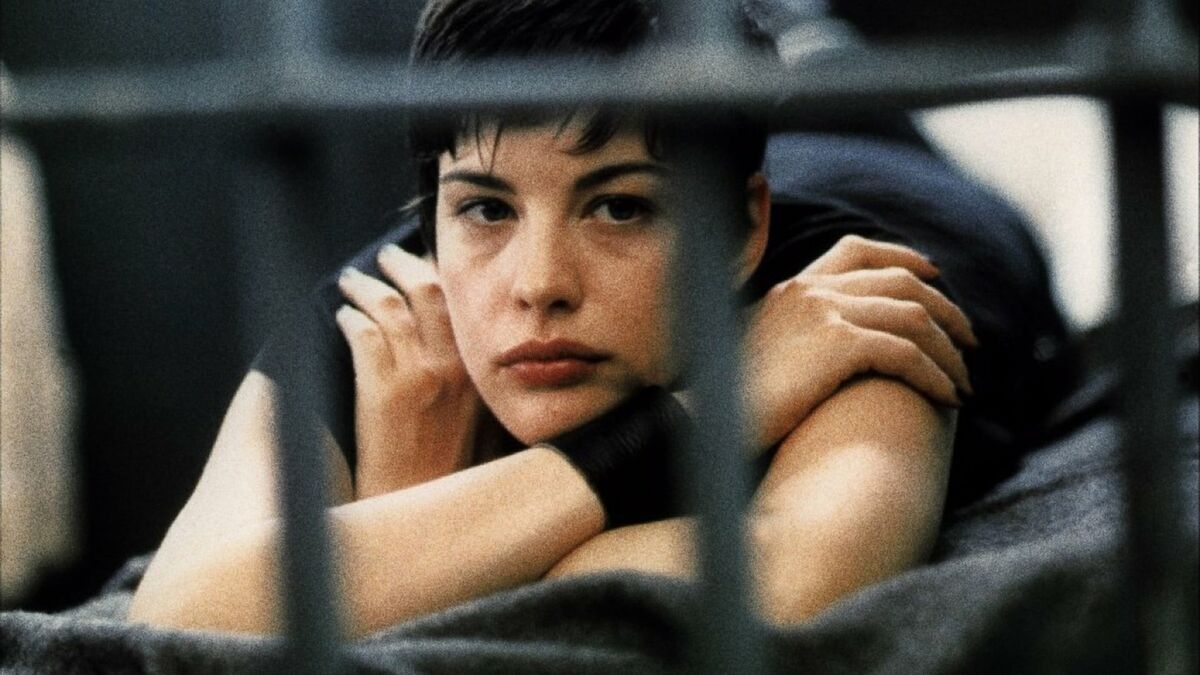
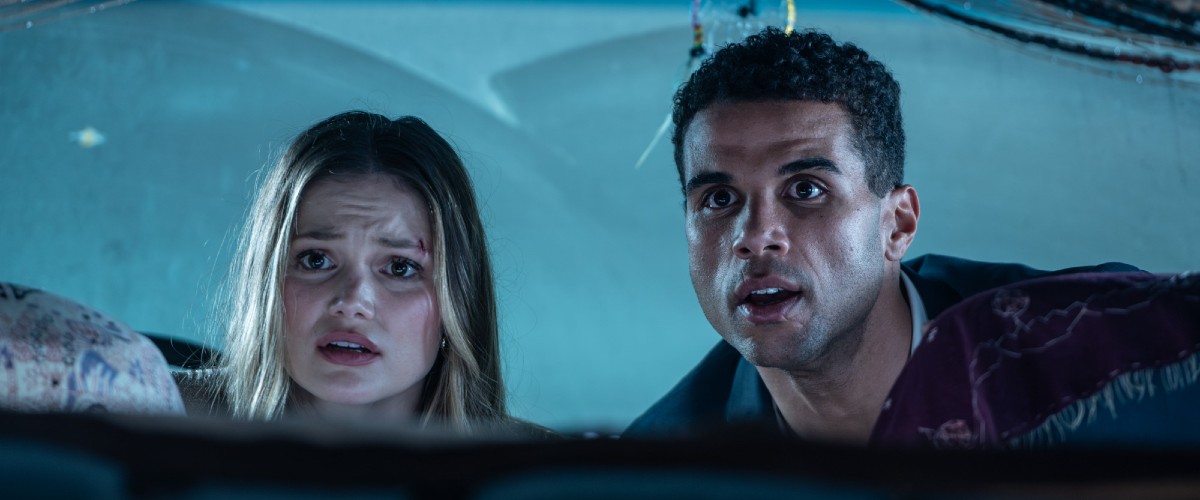




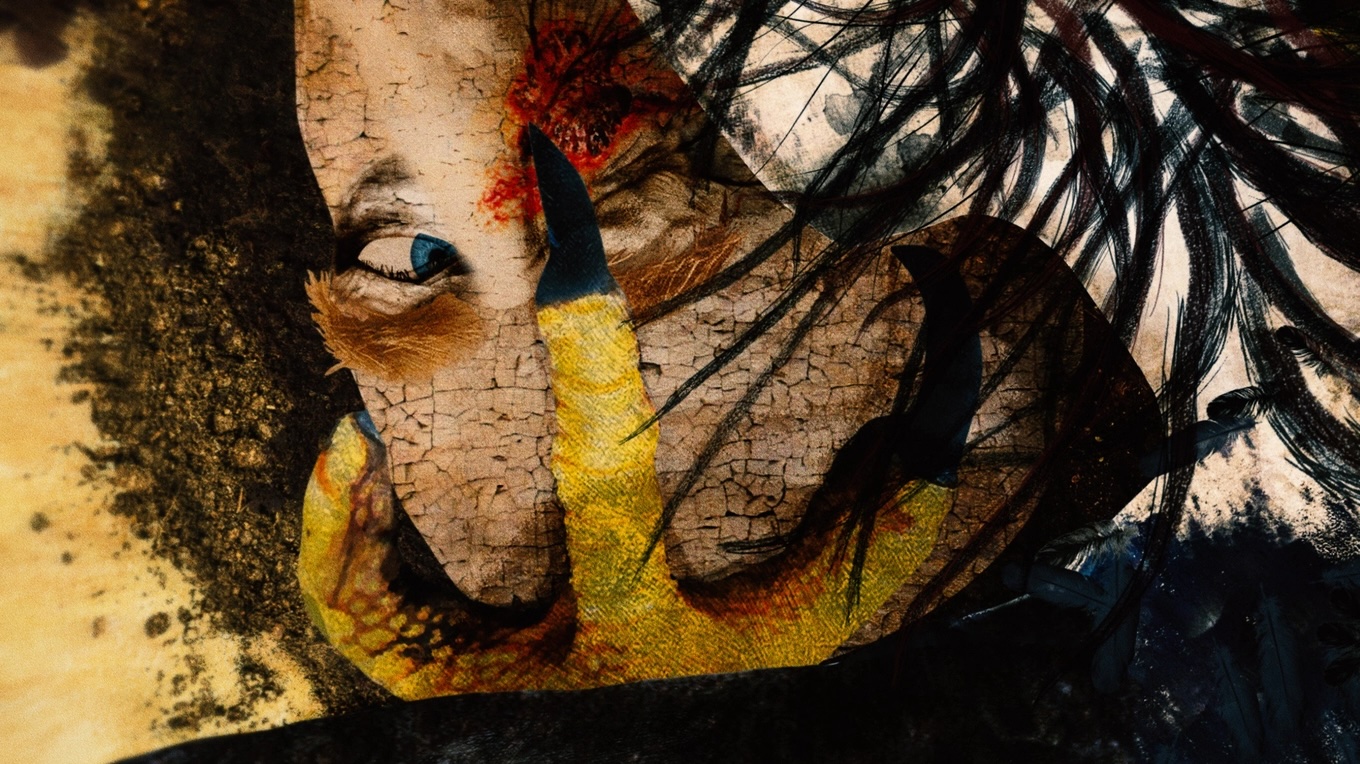
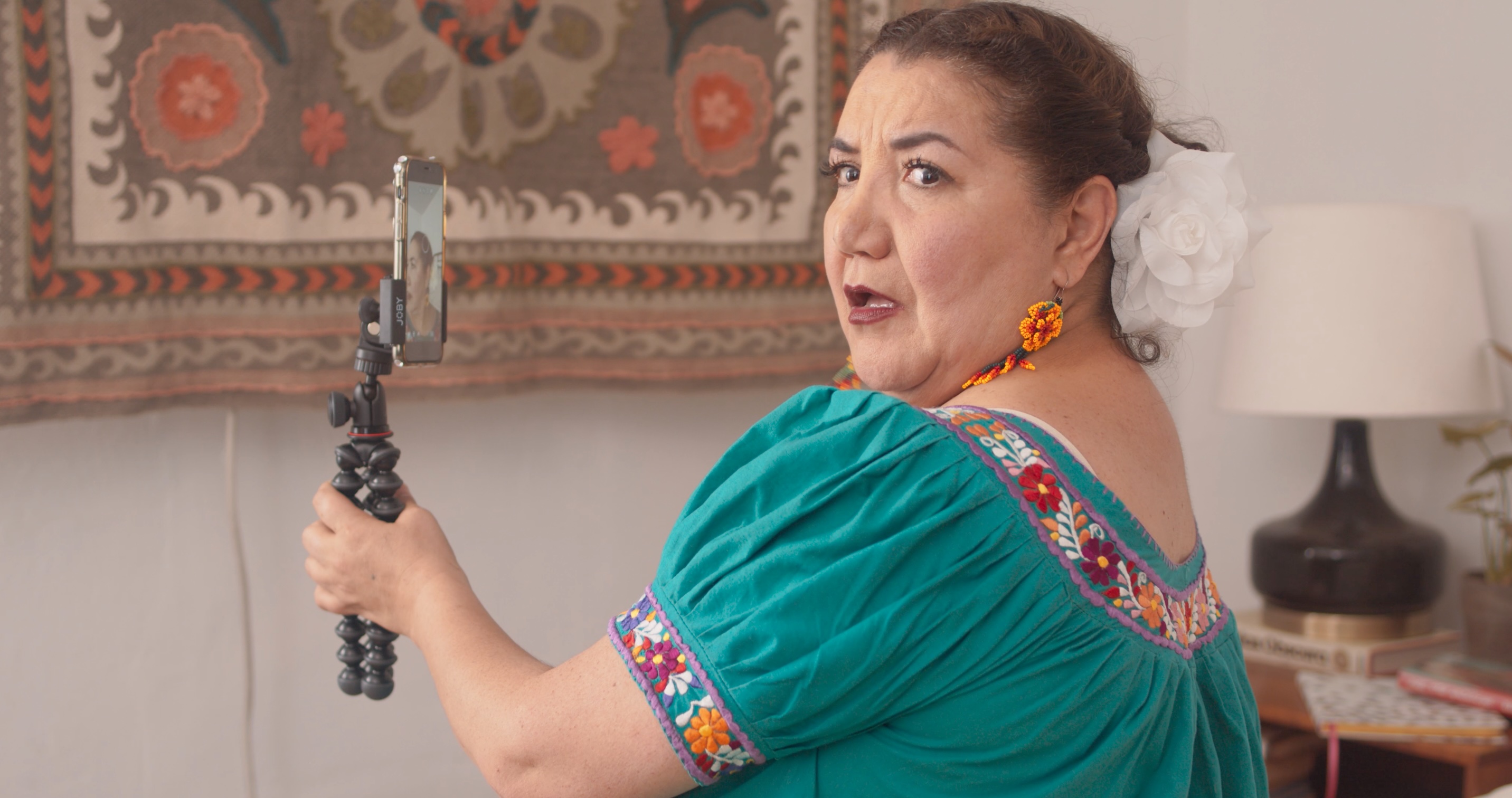


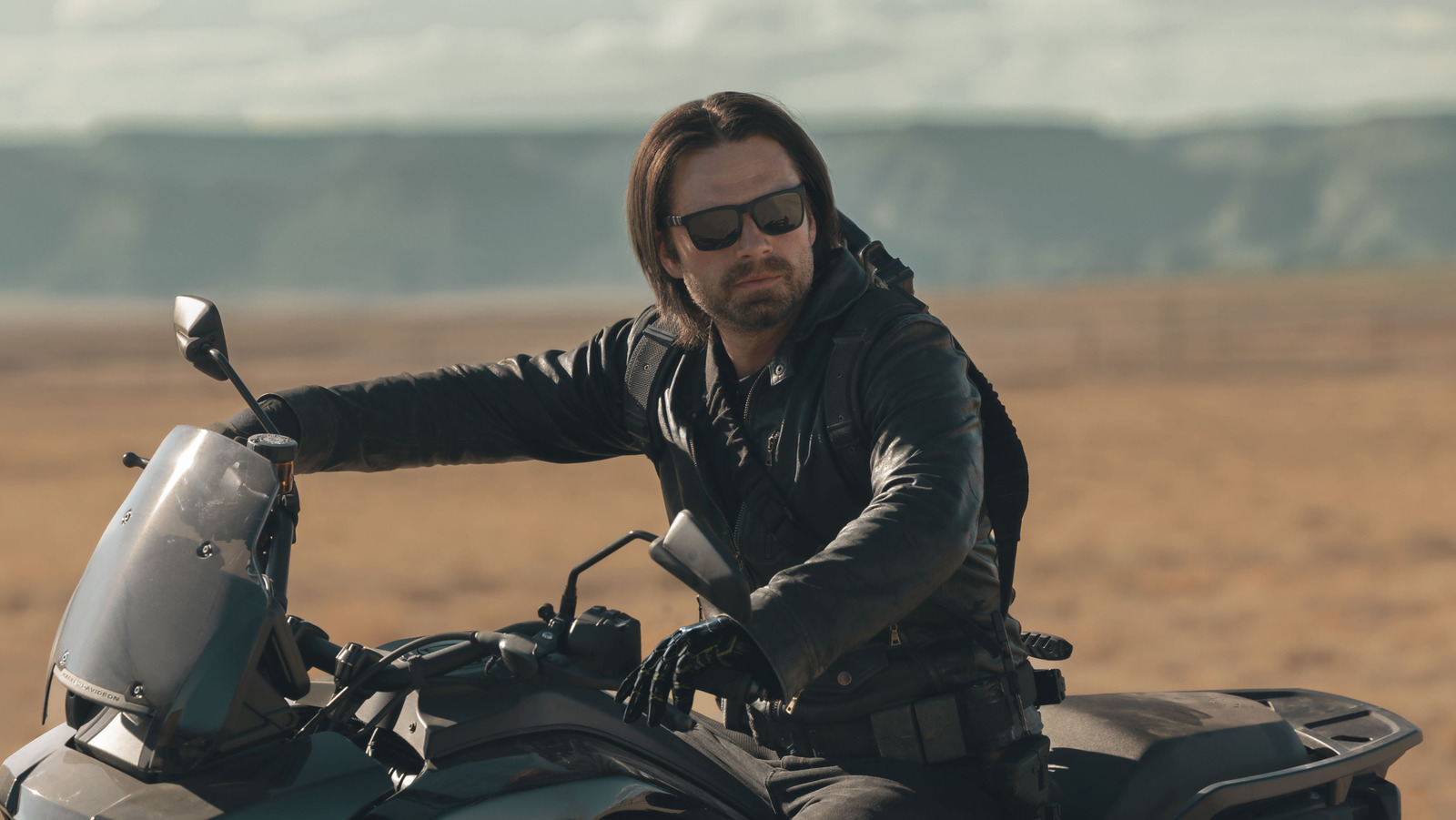

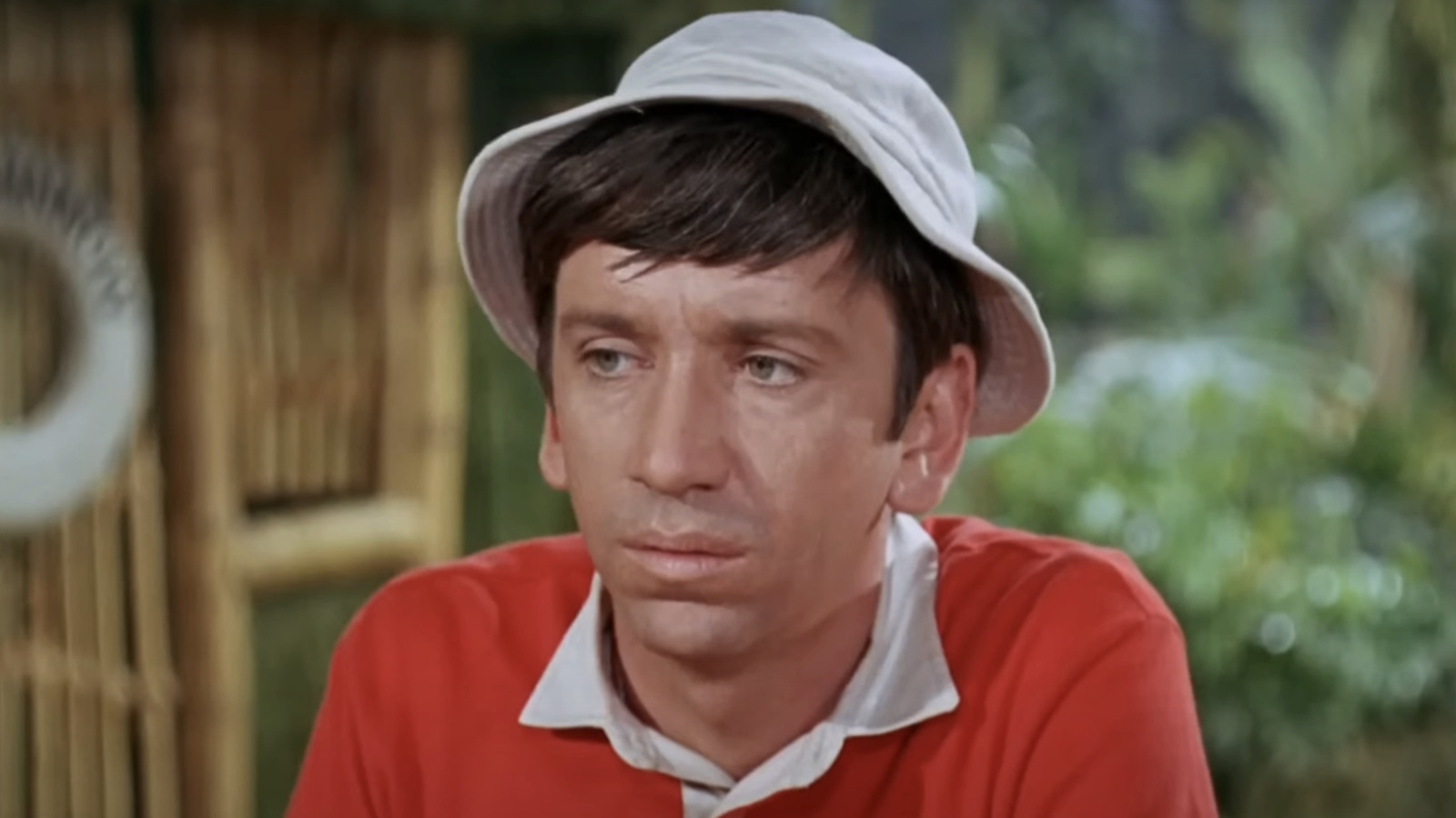
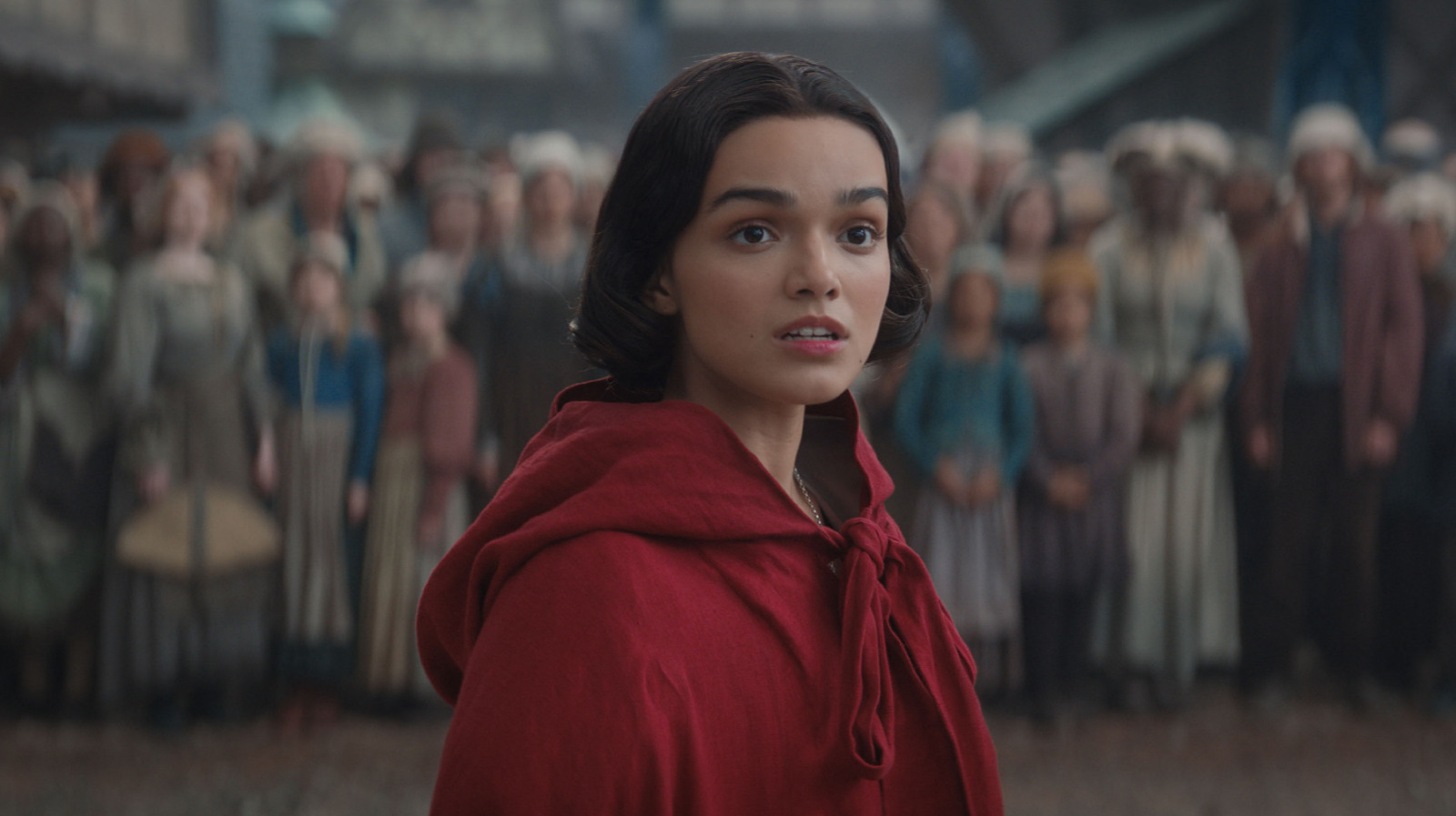







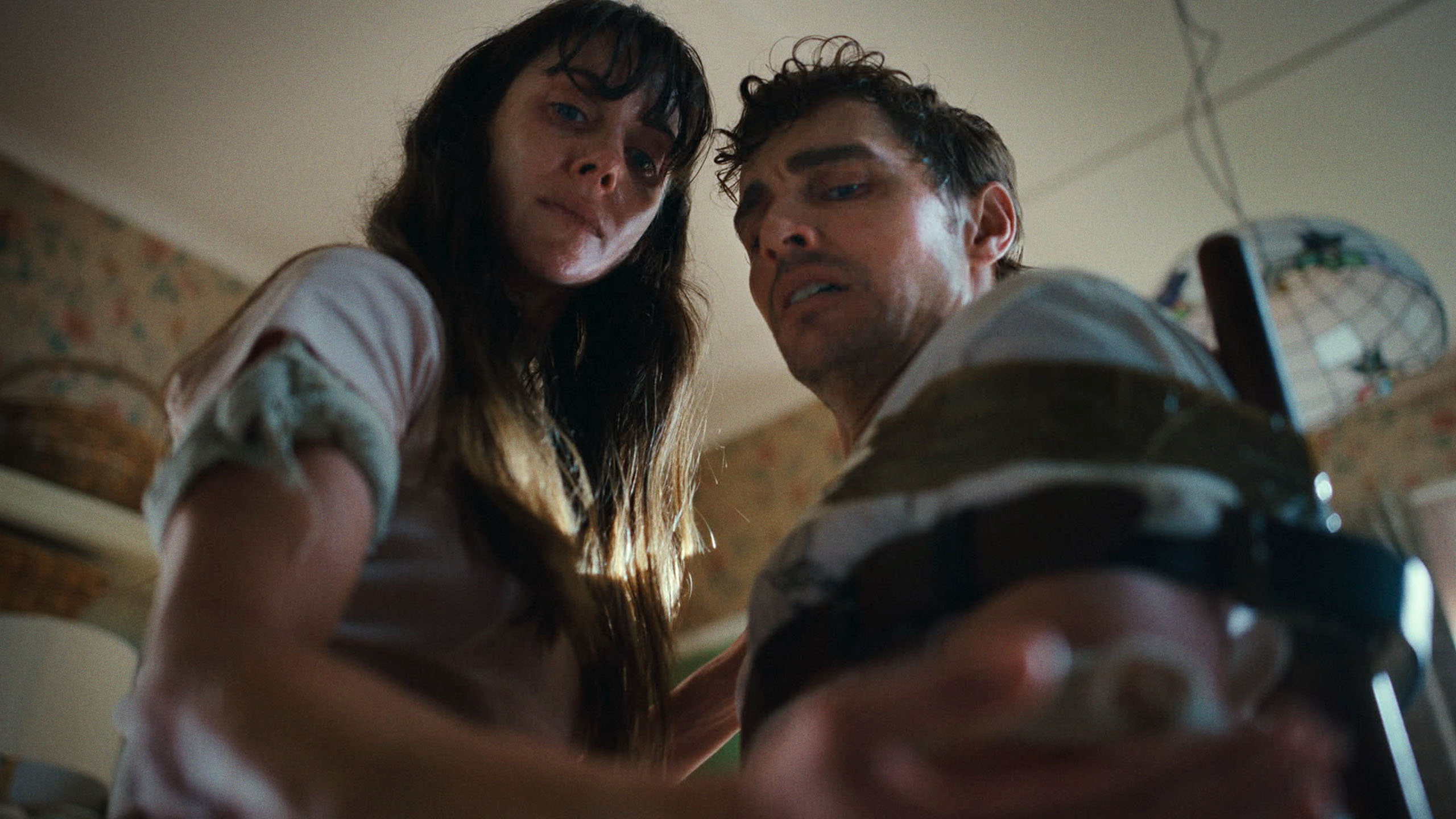



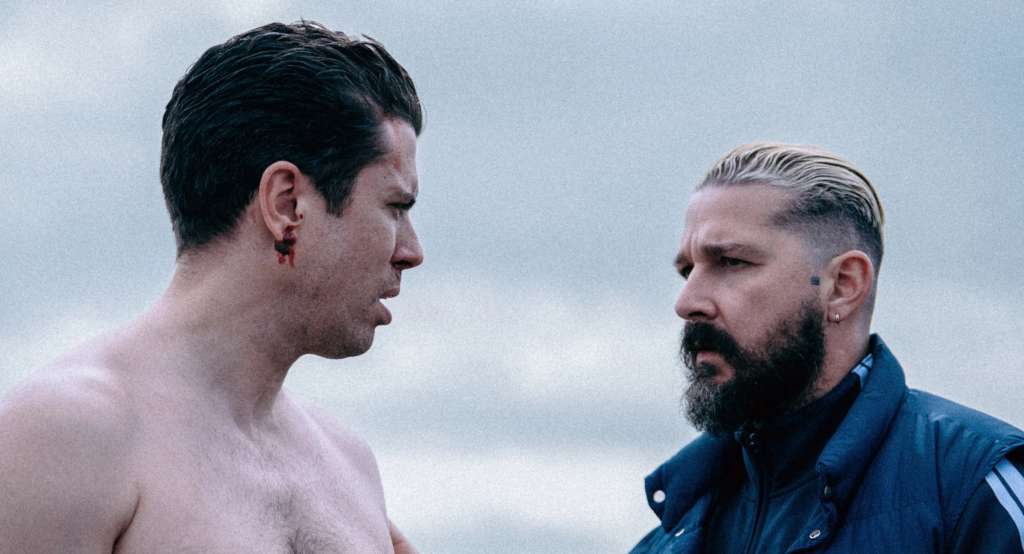
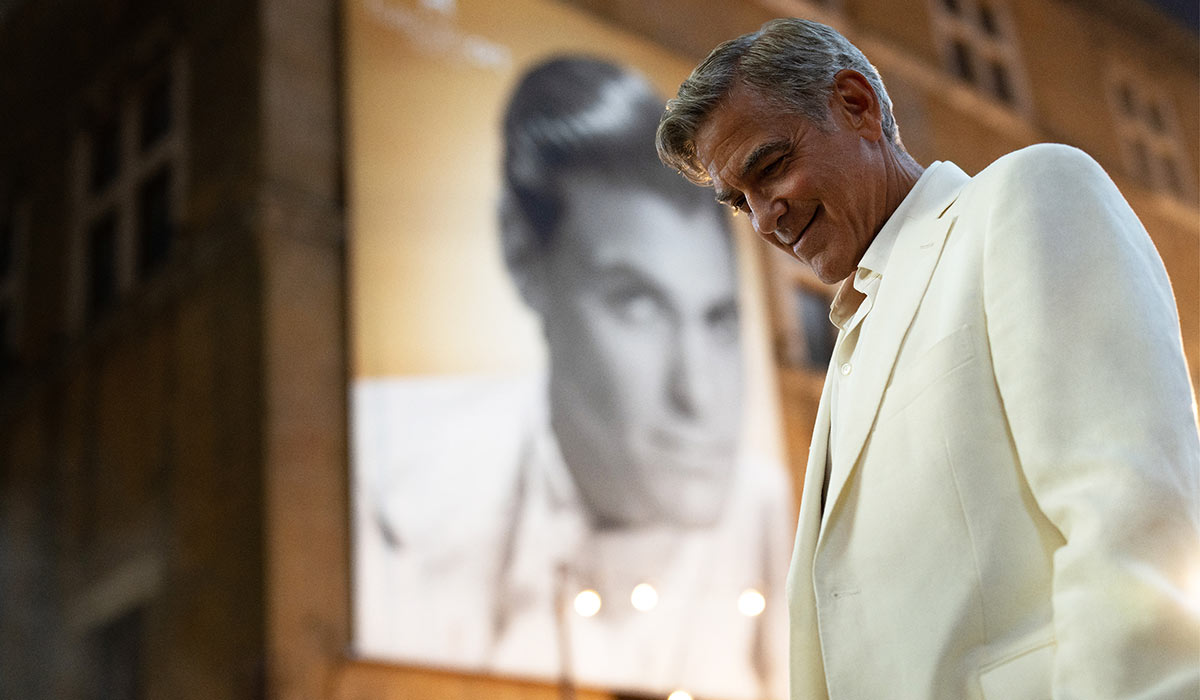


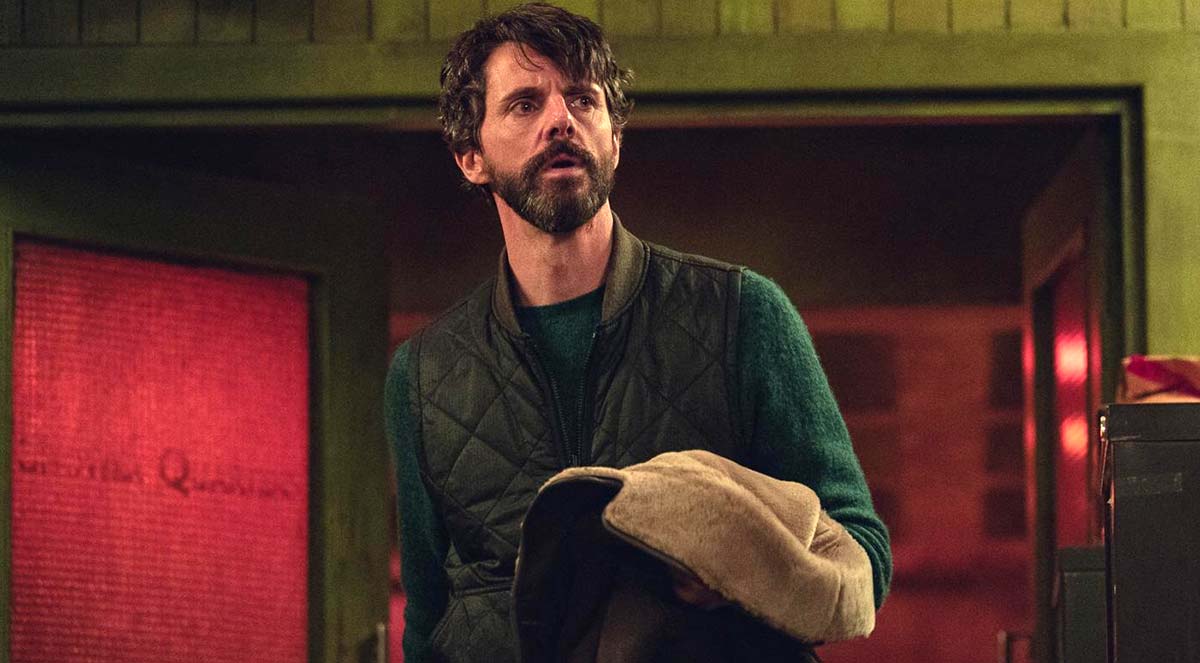








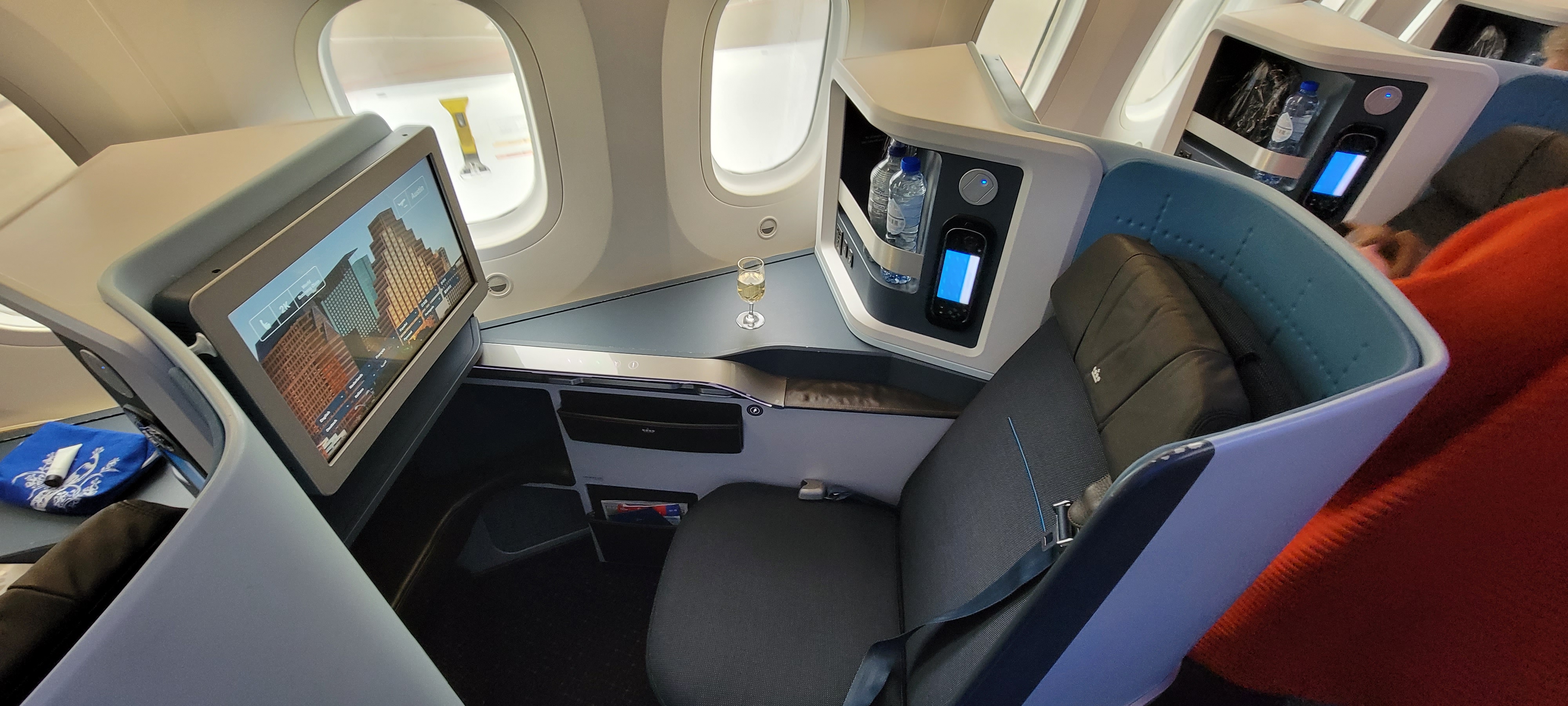
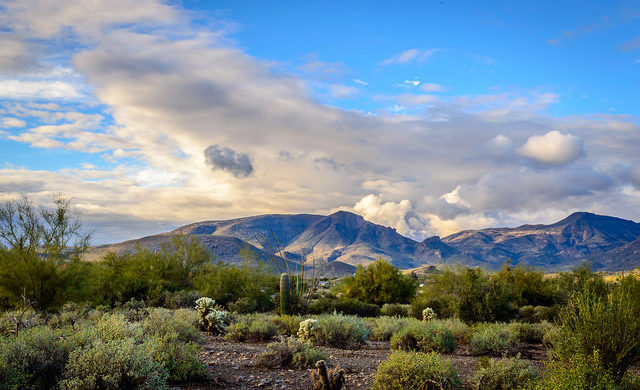
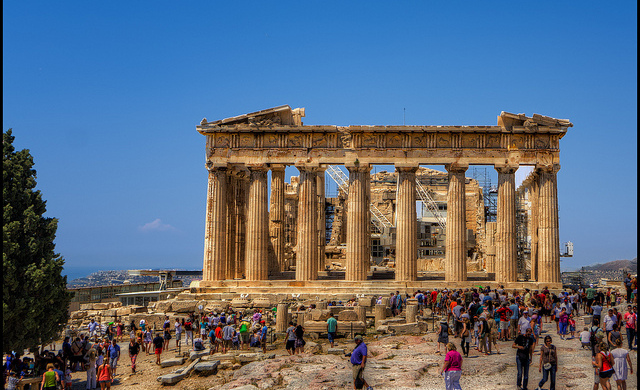
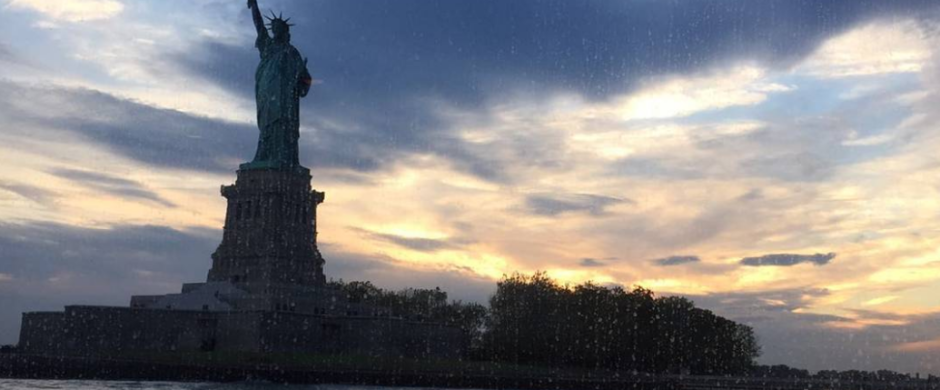


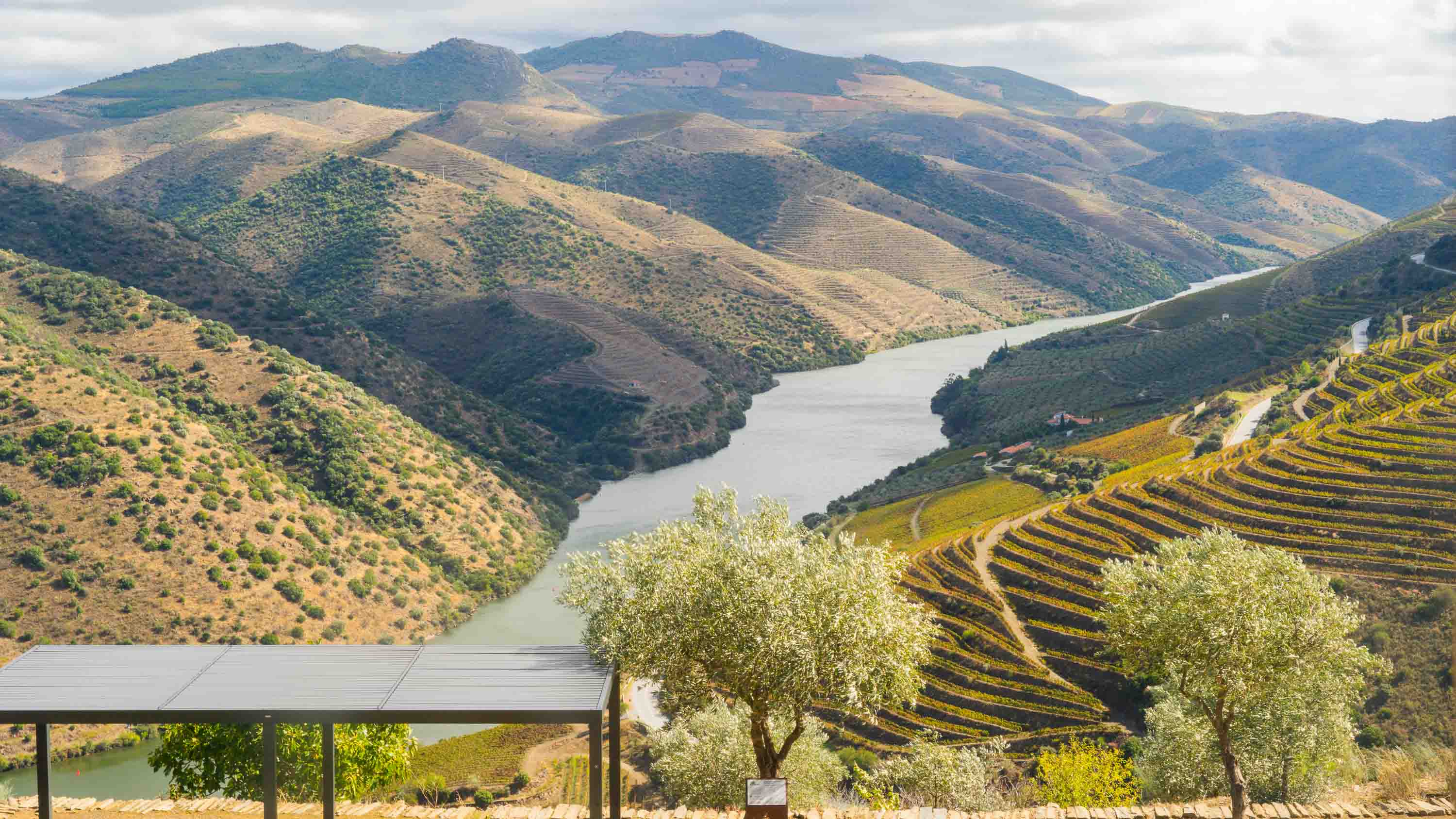










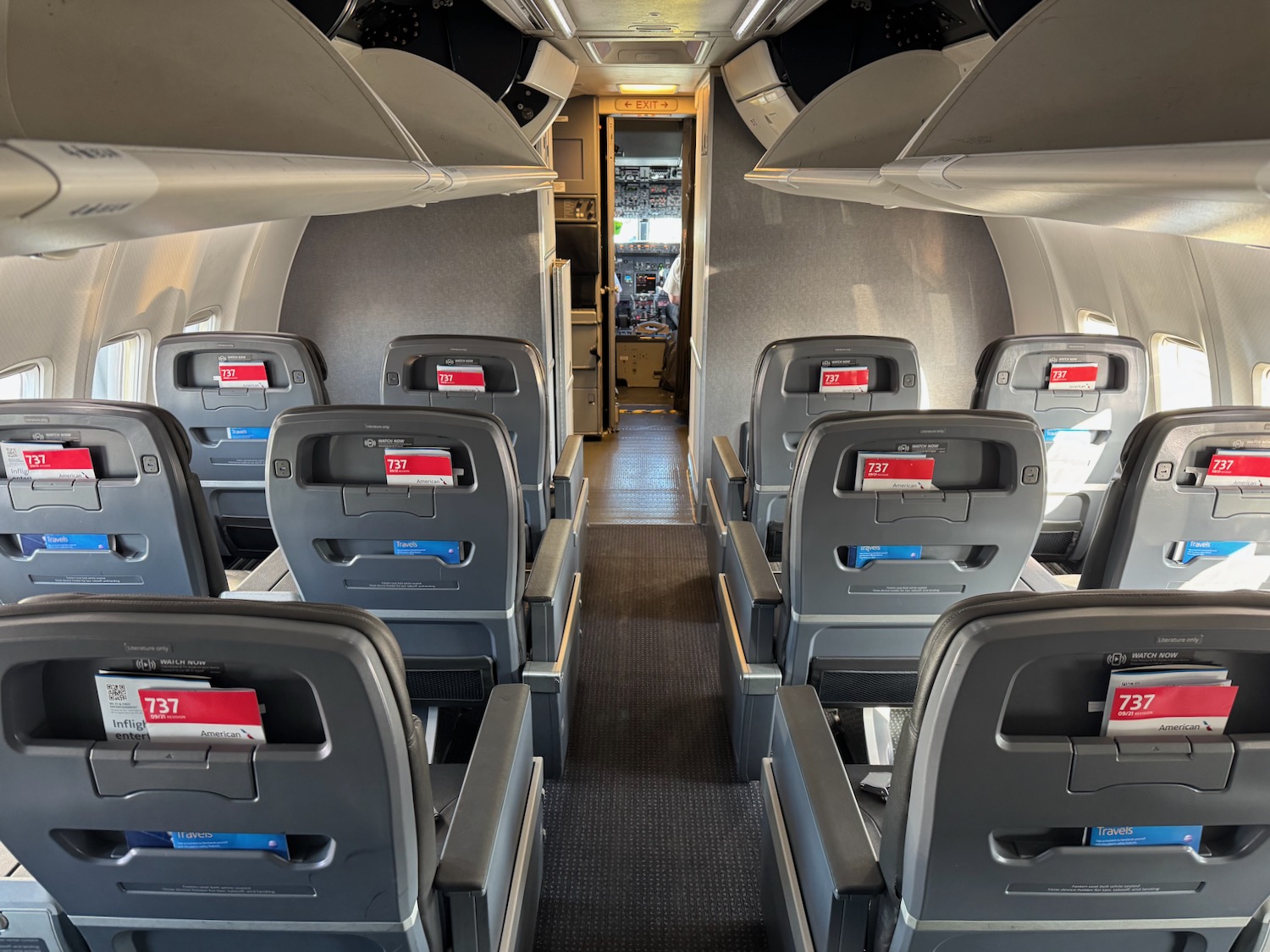














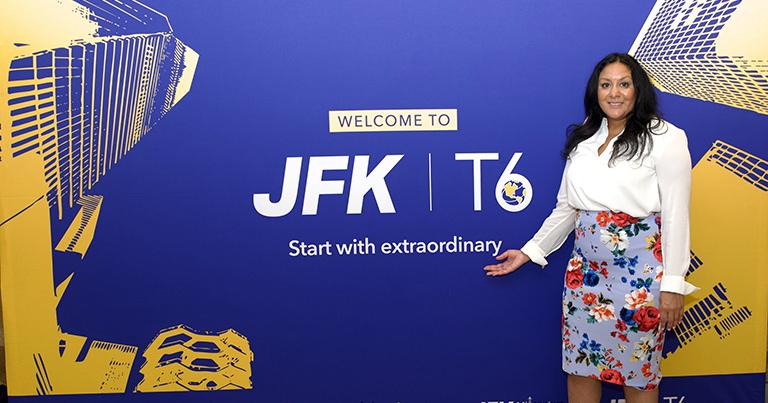



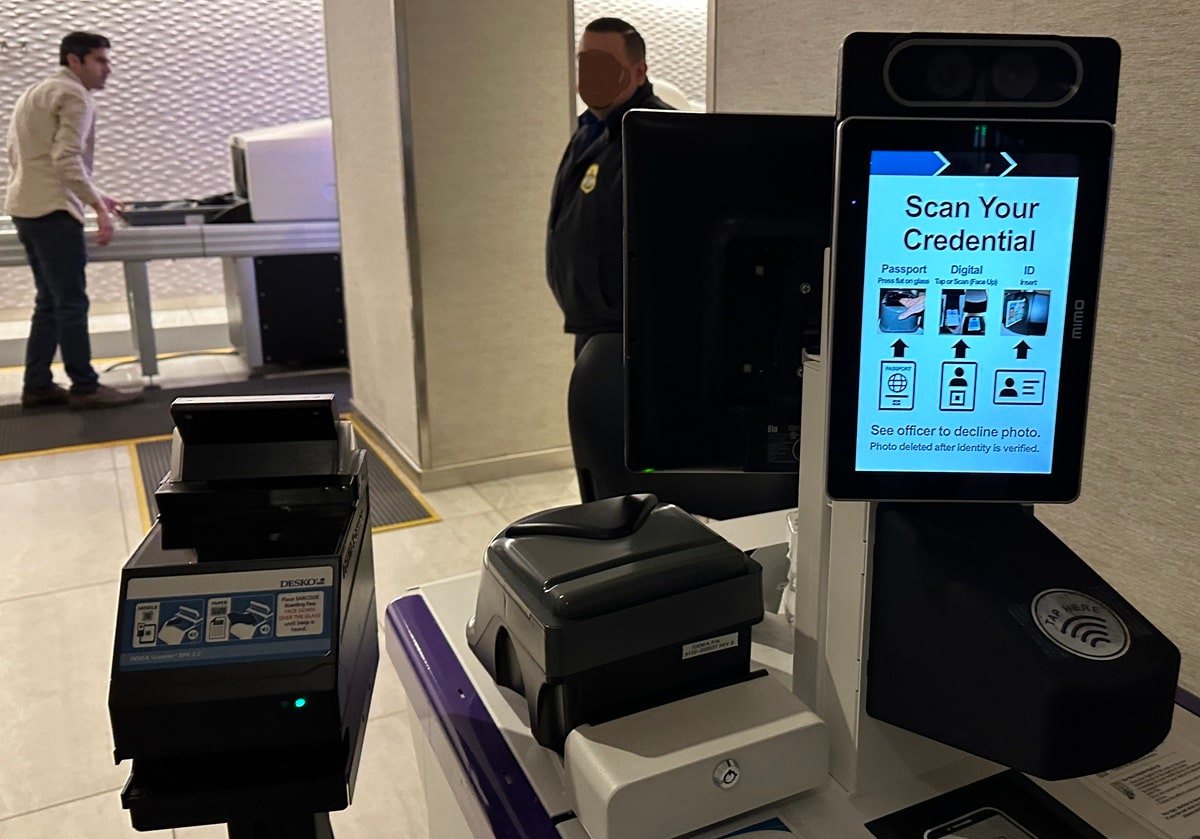

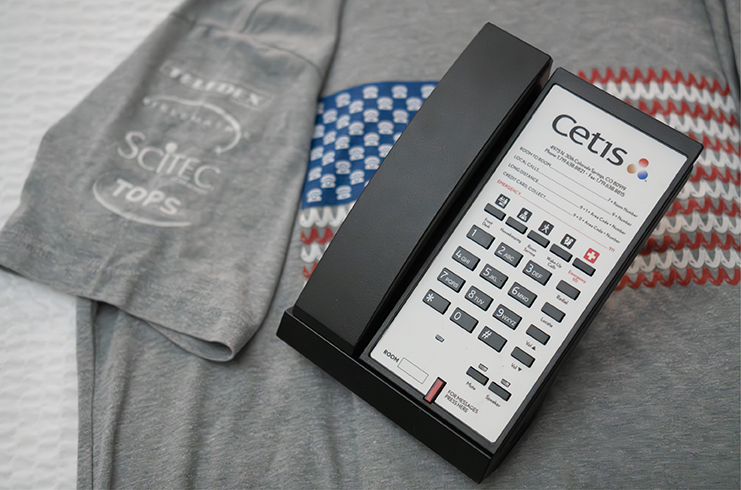

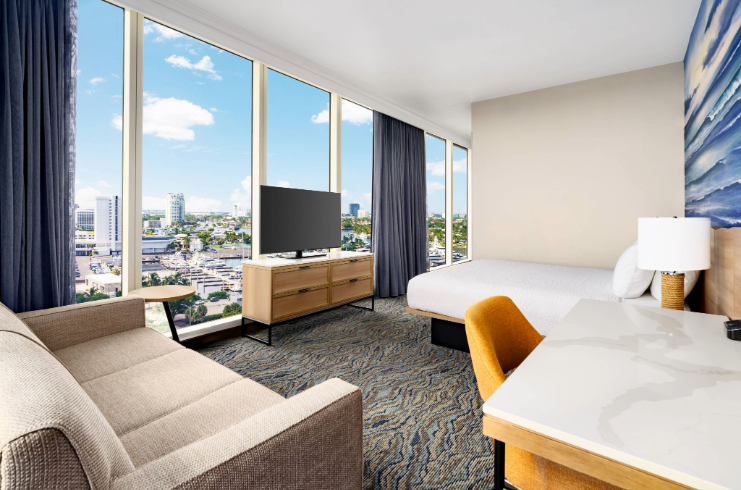
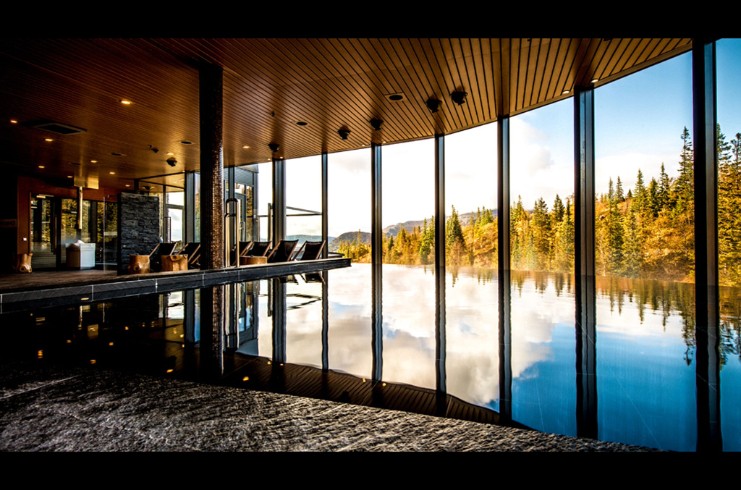





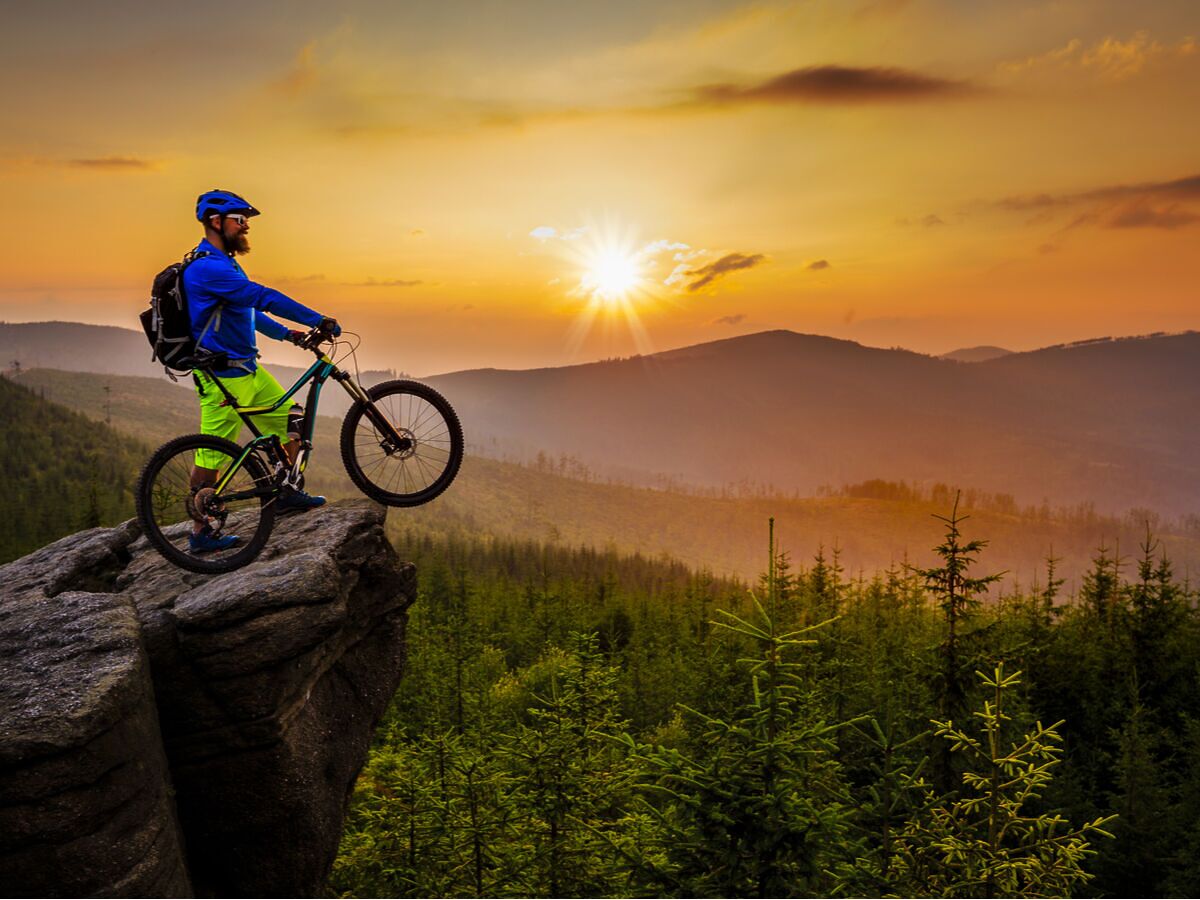
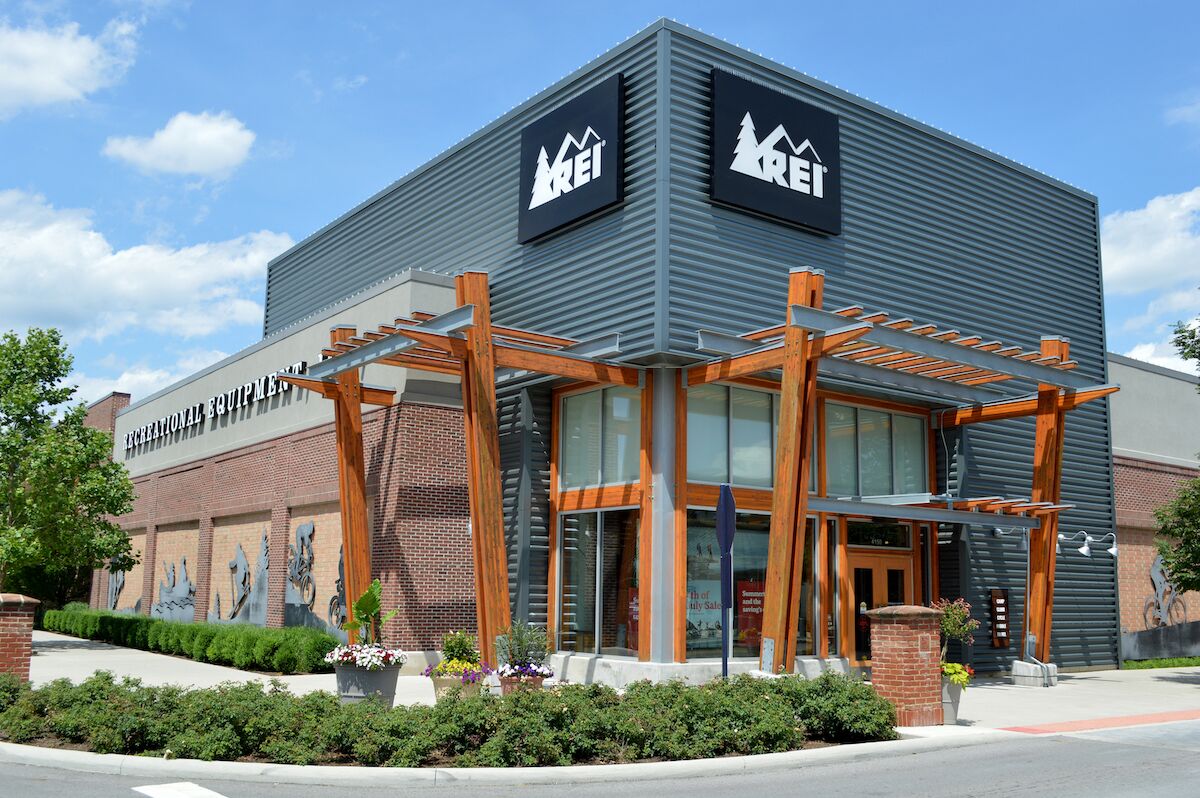

















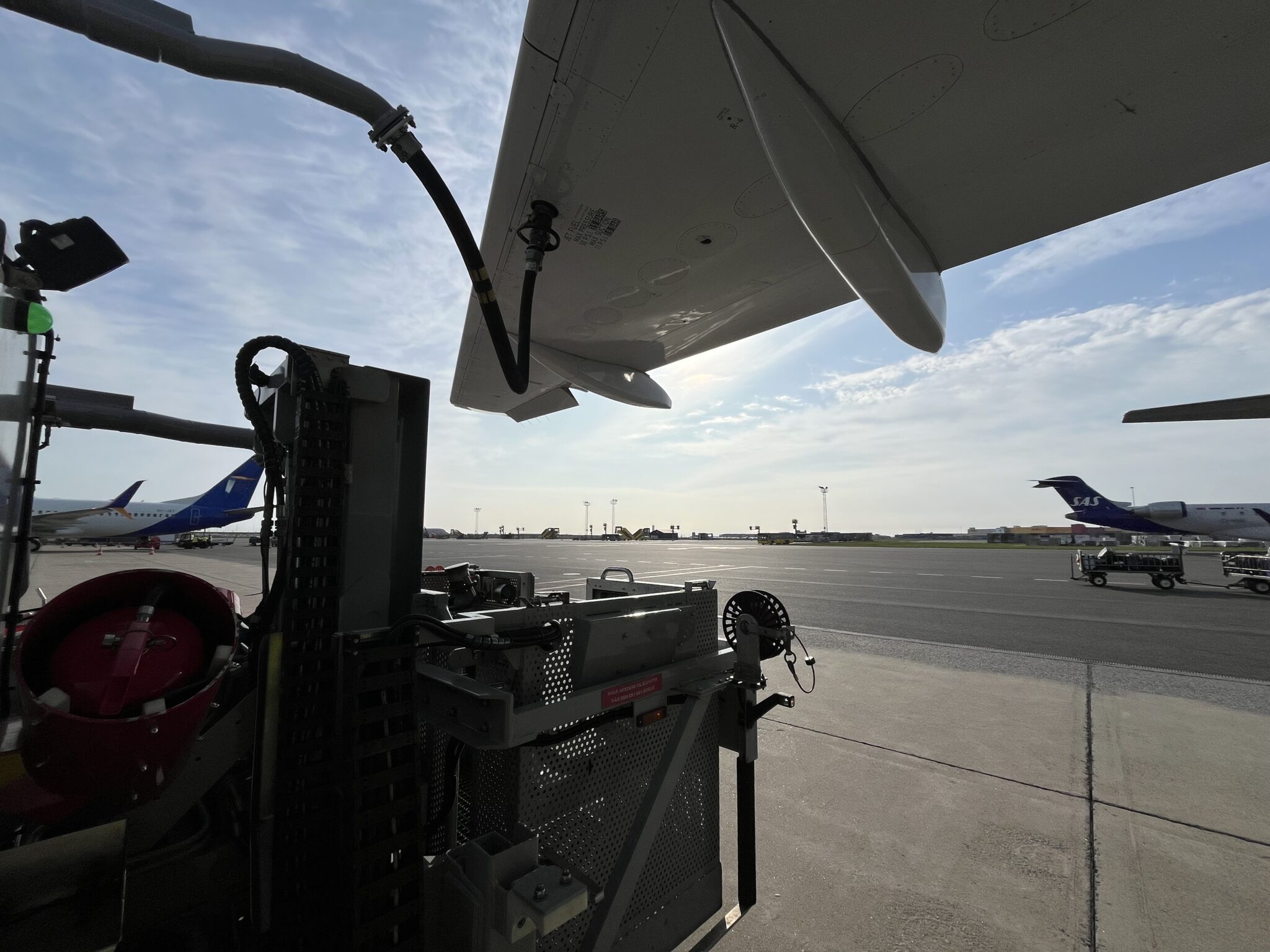
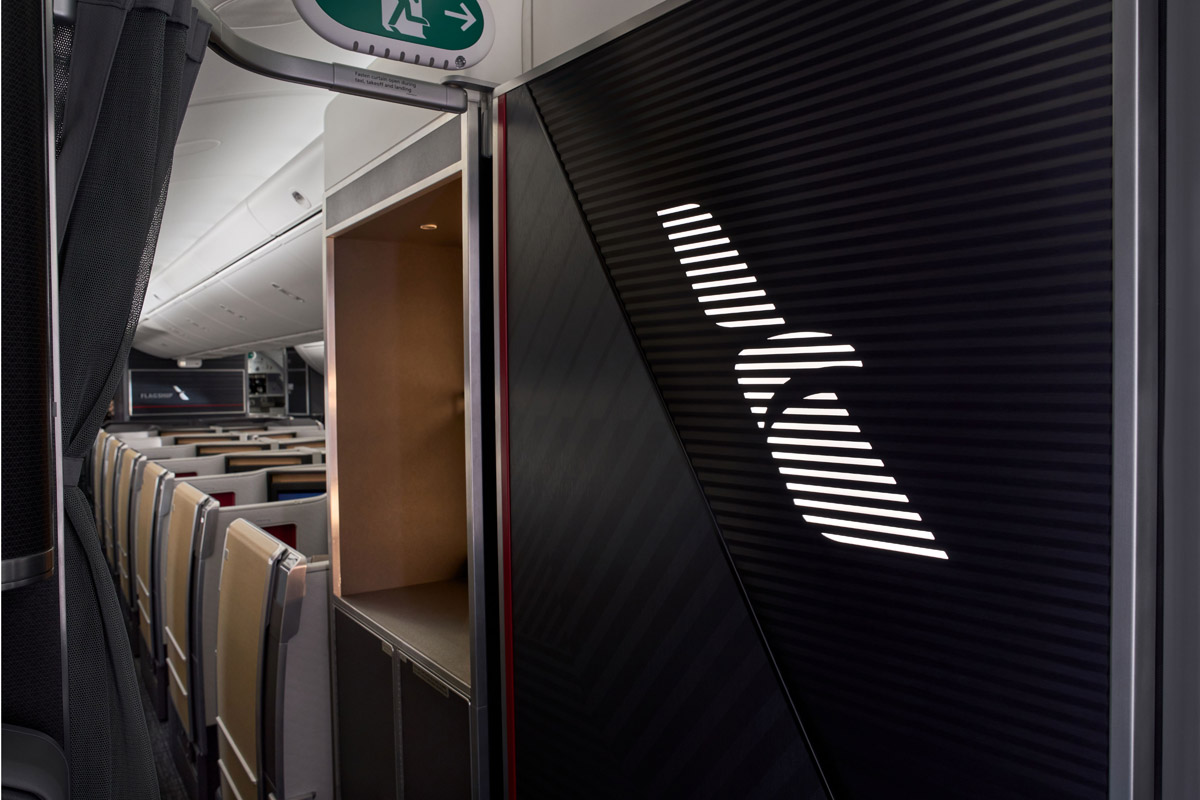

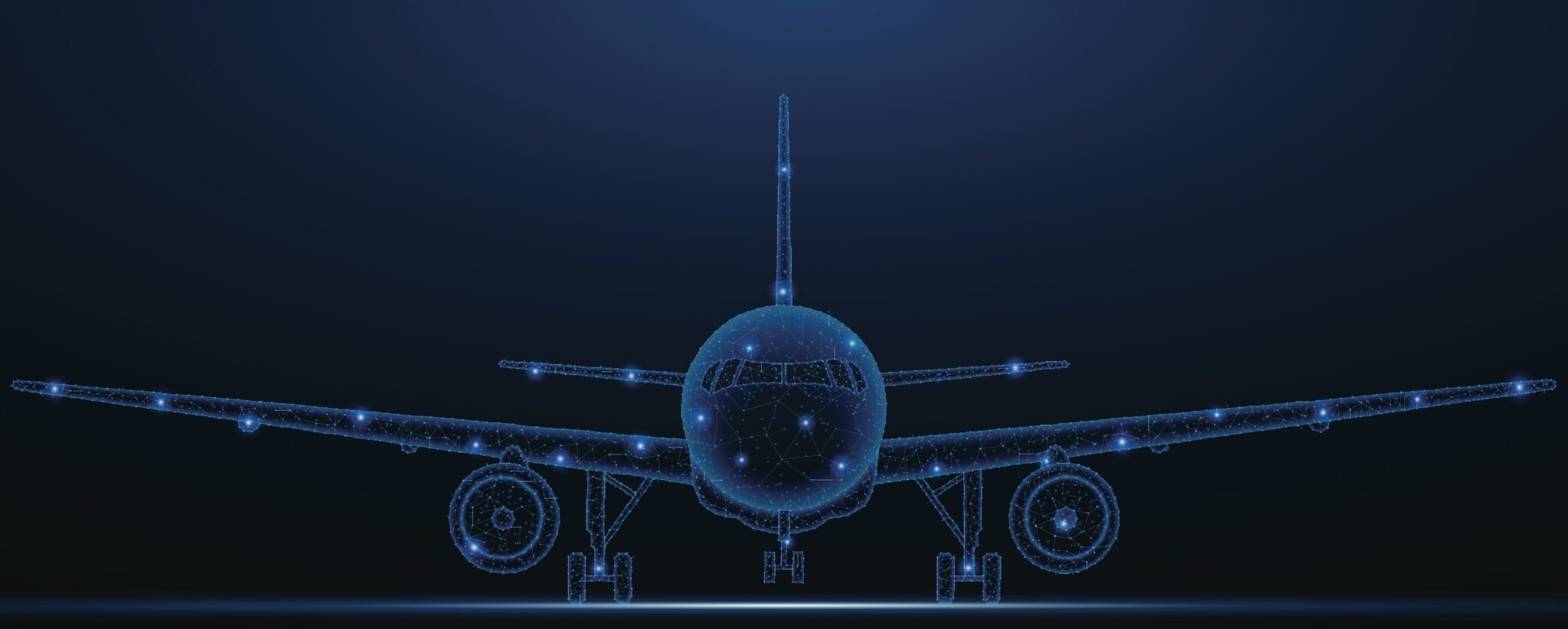
























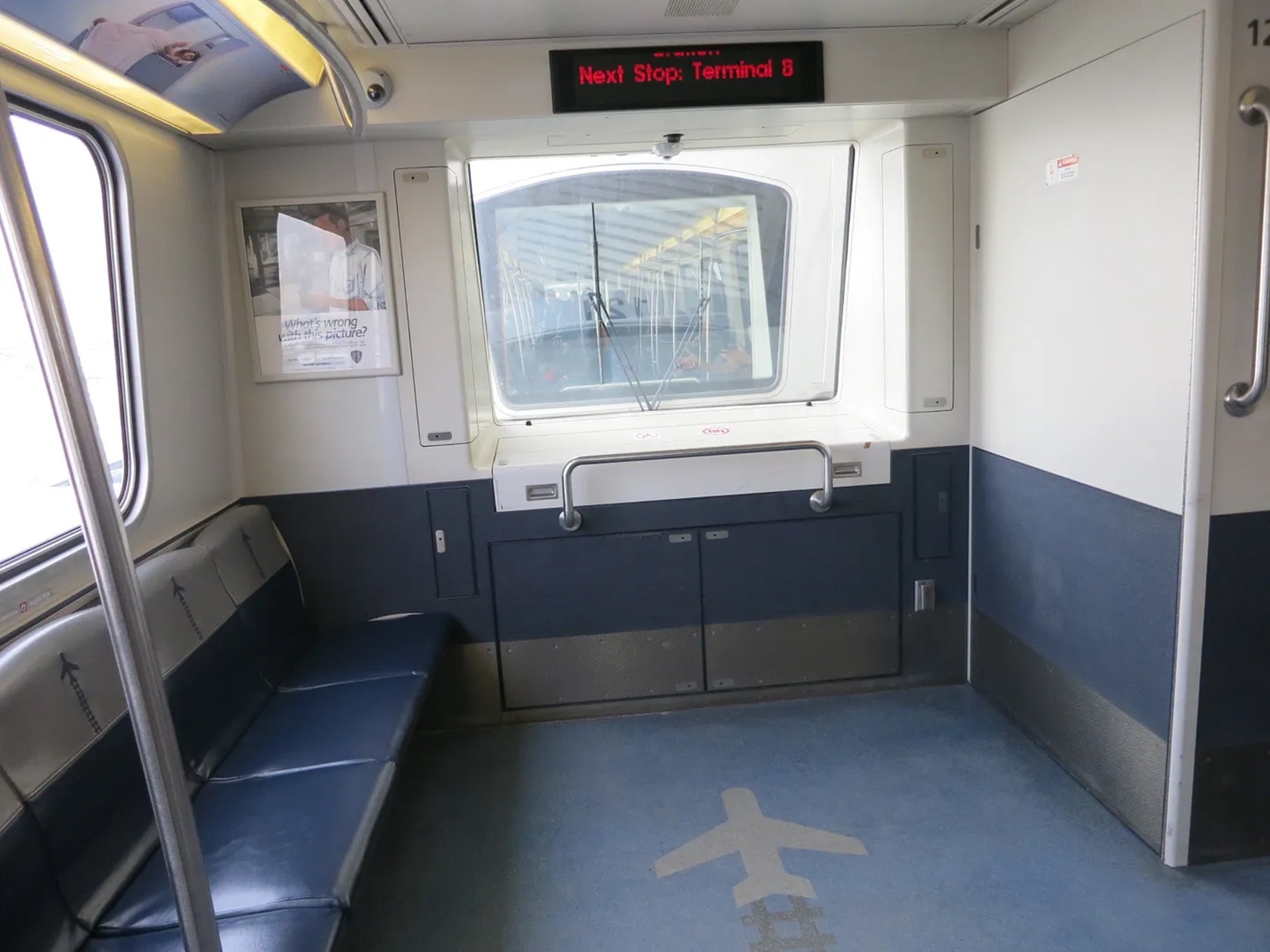

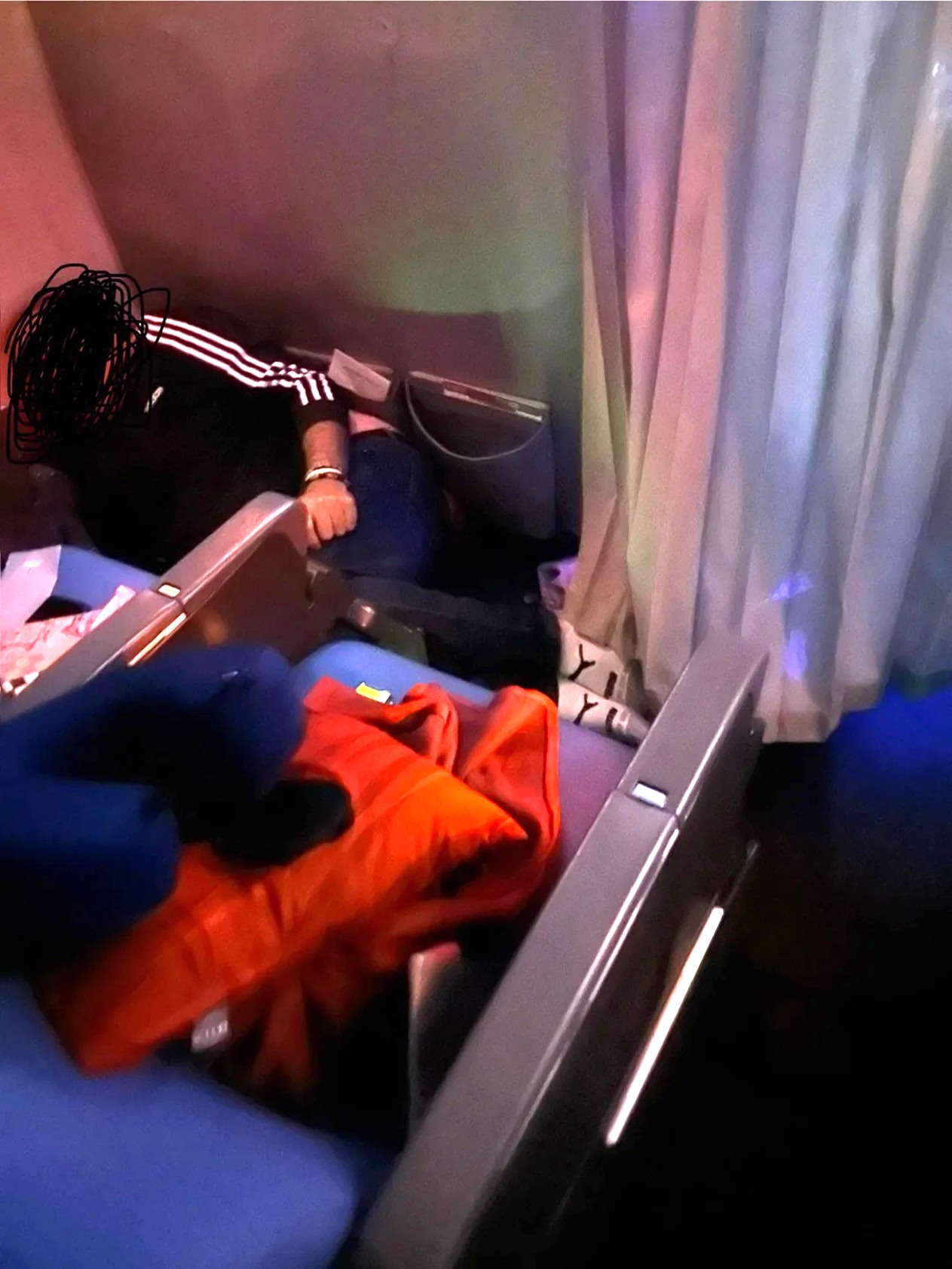






































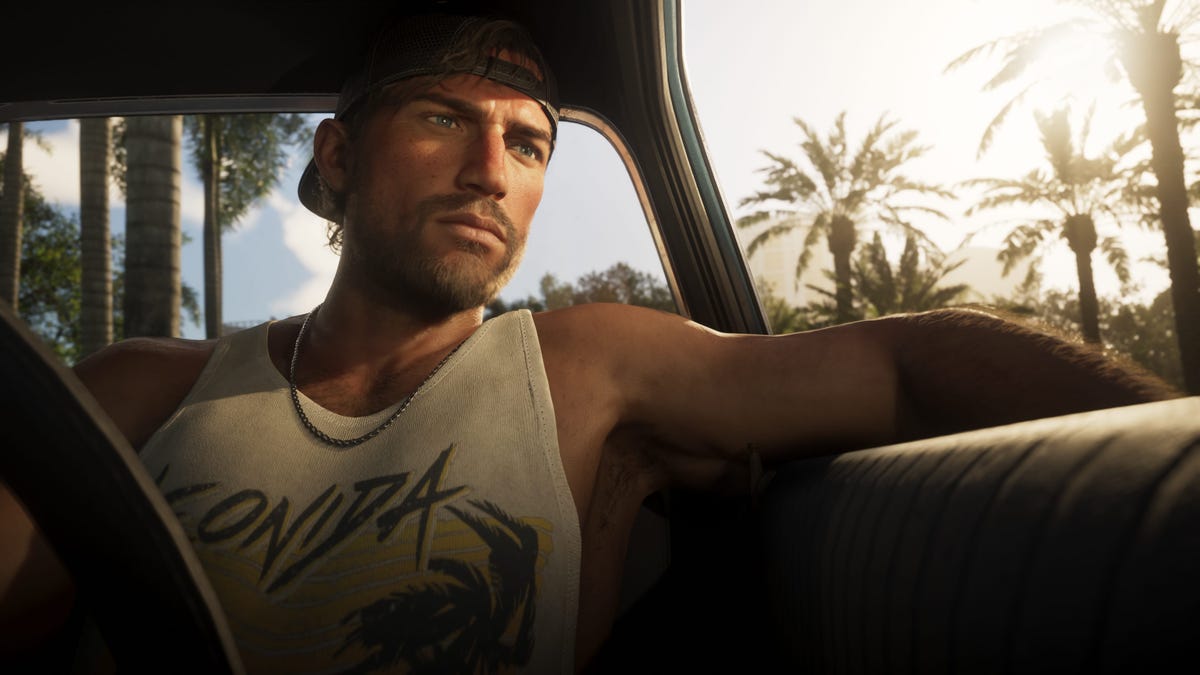














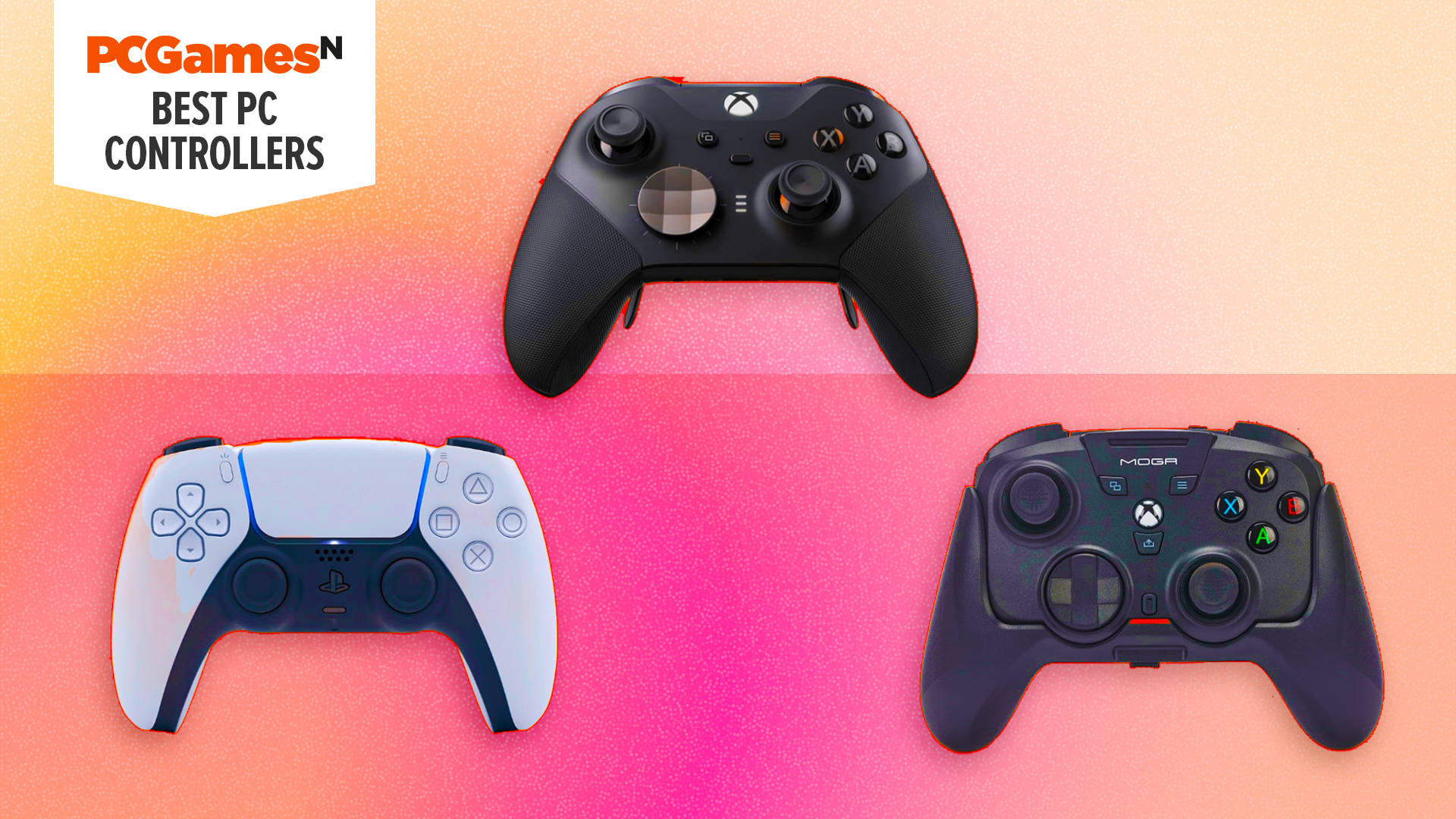






















.jpg?width=1920&height=1920&fit=bounds&quality=70&format=jpg&auto=webp#)












